
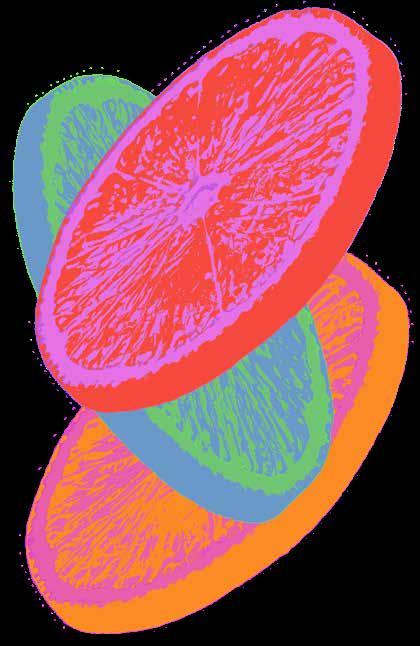
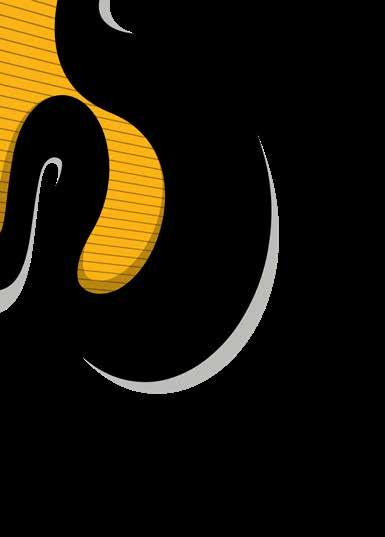

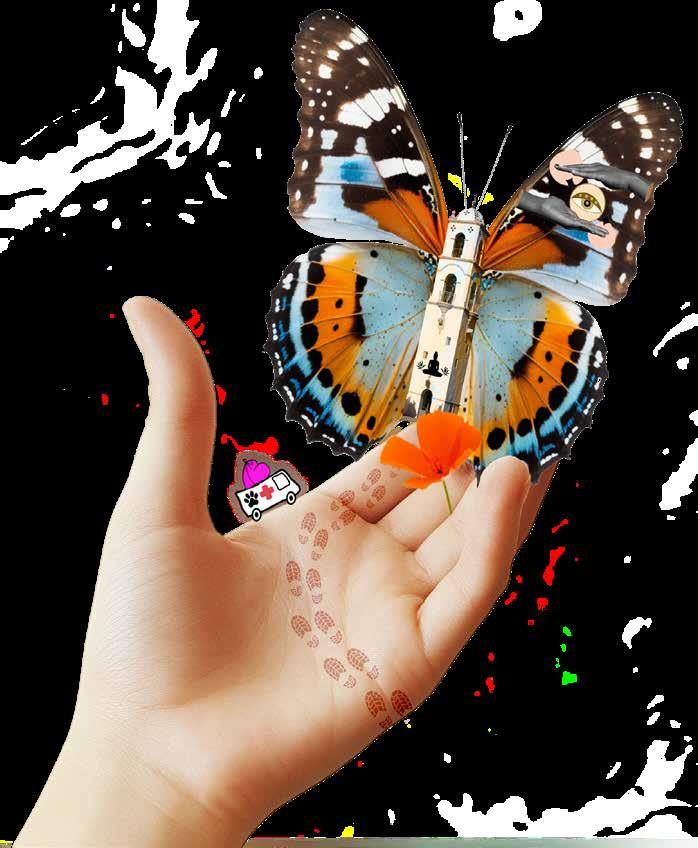







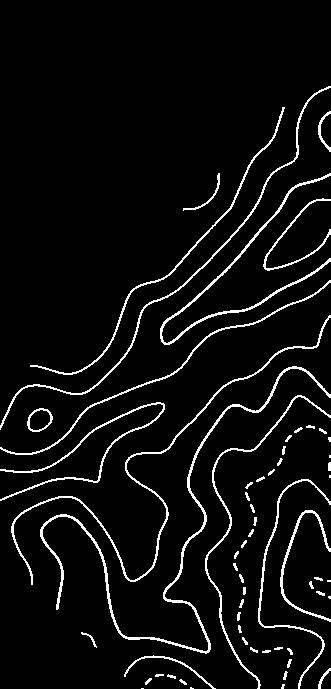














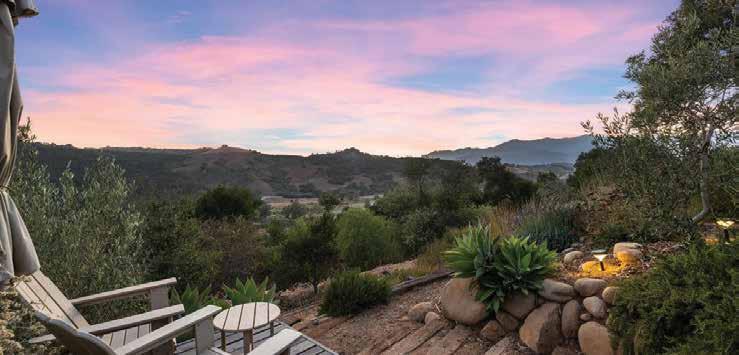
VIEWS, Views, Views. This enchanting 1940s three-bedroom, two-bath home sits at the end of a cul-de-sac with some of the best views in the Ojai Valley. Nearly three acres offer room for a mini farm. Enter through the gates and follow the driveway past a vegetable garden and corral for horses, goats, or donkeys. Inside, the light-filled home features a large dining room open to the living room—perfect for entertaining—plus a cozy family room and dedicated office. Indoor and outdoor living blend seamlessly for relaxing afternoons. With the National Forest, Ventura River, and mountains as your backdrop, it’s a picture-perfect retreat. Trails right out your door, plus easy access to Ojai, Ventura, Santa Barbara, and LA. Don’t miss this hidden gem.



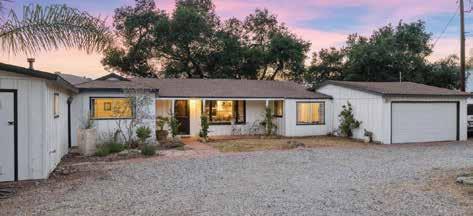


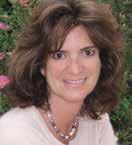



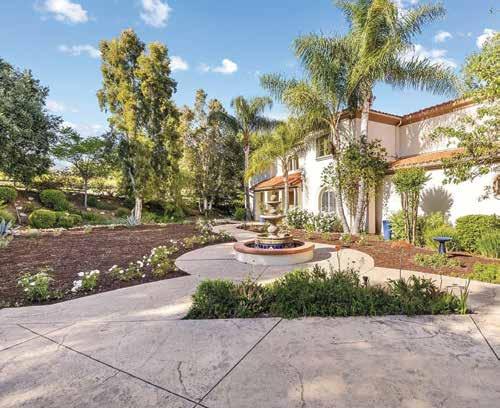


Tucked inside the prestigious gated enclave of Rancho Matilija, this two-story estate captures the tranquil, enchanting spirit of Ojai. Bordered by the Ojai Land Conservancy to the north and the Ventura River to the east, the property offers rare privacy and direct access to nature. Residents enjoy private equestrian and walking trails connecting to the Los Padres National Forest, the Ventura River, and scenic neighborhood paths. From its elevated perch, the home commands sweeping views of the Ojai Valley and the iconic Topa Topa Mountains—famed for the “Pink Moment,” when sunset casts a rosy glow across the peaks and valley below. The residence includes five large bedrooms and five bathrooms. Upstairs, new all-wool carpeting adds warmth and natural elegance. The master suite is a peaceful sanctuary with panoramic views, a
bath, and a generous walk-in closet.


3541 THACHER ROAD, OJAI • NEW PRICE AT $2,300,000
This enchanting East End mini-compound spans a full acre, offering a main house (3BR+office / 2BA), art studio, writer’s office, cozy chill cabin, outdoor showers, and an infinity cedar tub. Entertain around the fire pit, yoga platform, and a chic Airstream guest retreat. Rustic yet refined, this blissful property embodies O jai’s creative spirit, surrounded by nature and just minutes to top schools, hiking trails, and adventures.






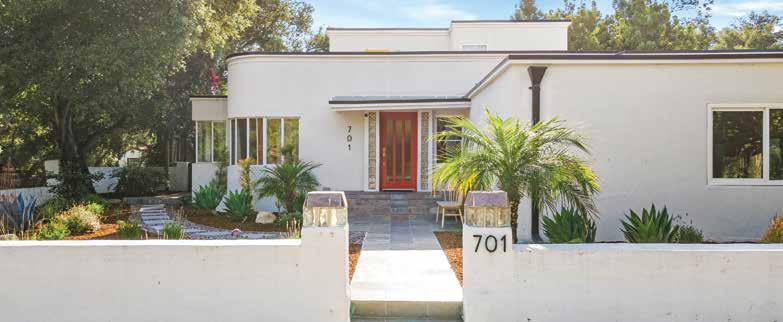
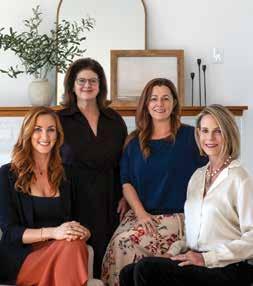

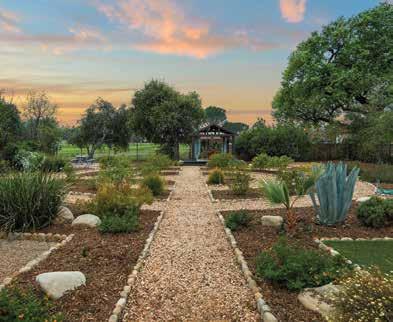
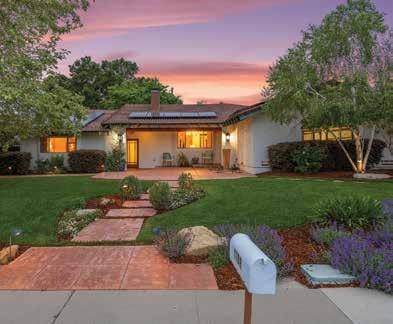








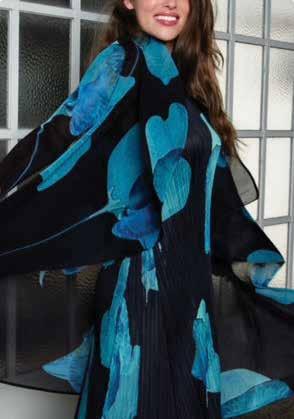
“A Must See”
The New York Times




For over 40 years, we’ve led the way in sustainable construction, building homes that are healthy, comfortable, durable, and better for the environment. We are relationships first, 100% employee-owned, and proud to be voted the region’s best contractor eight years running. Healthy homes and clients for life start here. Scan to Meet our Ojai Team


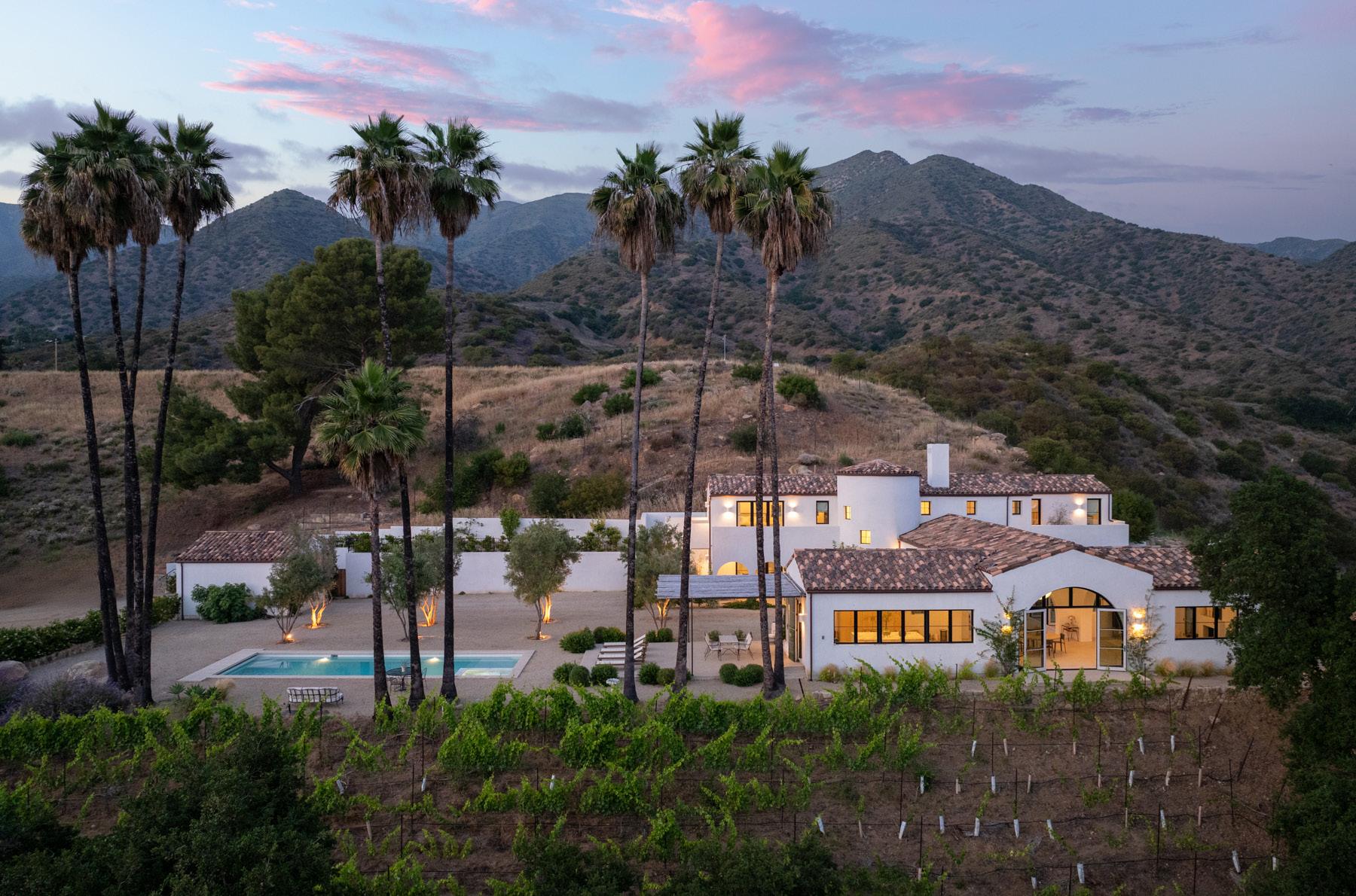
2259 MCNELL ROAD | OJAI OFFERED FOR $7,995,000


a n y m o r e B u t n o w w e d i s c o v e r e d t h e m a g i c a l t o w n o f O j a i
a n d t h o u g h t t h a t t h i s w o u l d b e t h e p e r f e c t p l a c e f o r T h e
I v y t o r e - o p e n . O u r w i d e r a n g e o f i t e m s i n c l u d e s a n t i q u e s ,
n e e s t a t e j e w e l r y, s t e r l i n g s i l v e r, E u r o p e a n p o r c e l a i n s a n d
p o t t e r y, l i n e n s , a n d e x c e p t i o n a l a n t i q u e f u r n i t u r e f r o m
a r o u n d t h e w o r l d A s a l w a y s a t T h e I v y, t a b l e t o p
a c c e s s o r i e s a b o u n d i n n e d i s h w a r e , c r y s t a l , a n d s i l v e r t o
n i s h o ff y o u r t a b l e i n s t y l e C o m e s e e o u r n e w l y
e x p a n d e d s h o w r o o m f e a t u r i n g e x c l u s i v e , v e r y m o d e r n , a n d u n u s u a l f u r n i t u r e , a r t , r u g s , a n d a c c e s s o r i e s . I f y o u
n e e d t o n d t h e e l u s i v e " p e r f e c t " g i f t , T h e I v y i n O j a i i s t h e
o n e - s t o p - s h o p f o r a l l y o u r n e e d s .
C o m e j o i n u s , a f t e r a l l : ' E v e r y o n e s h o p s a t T h e I v y '
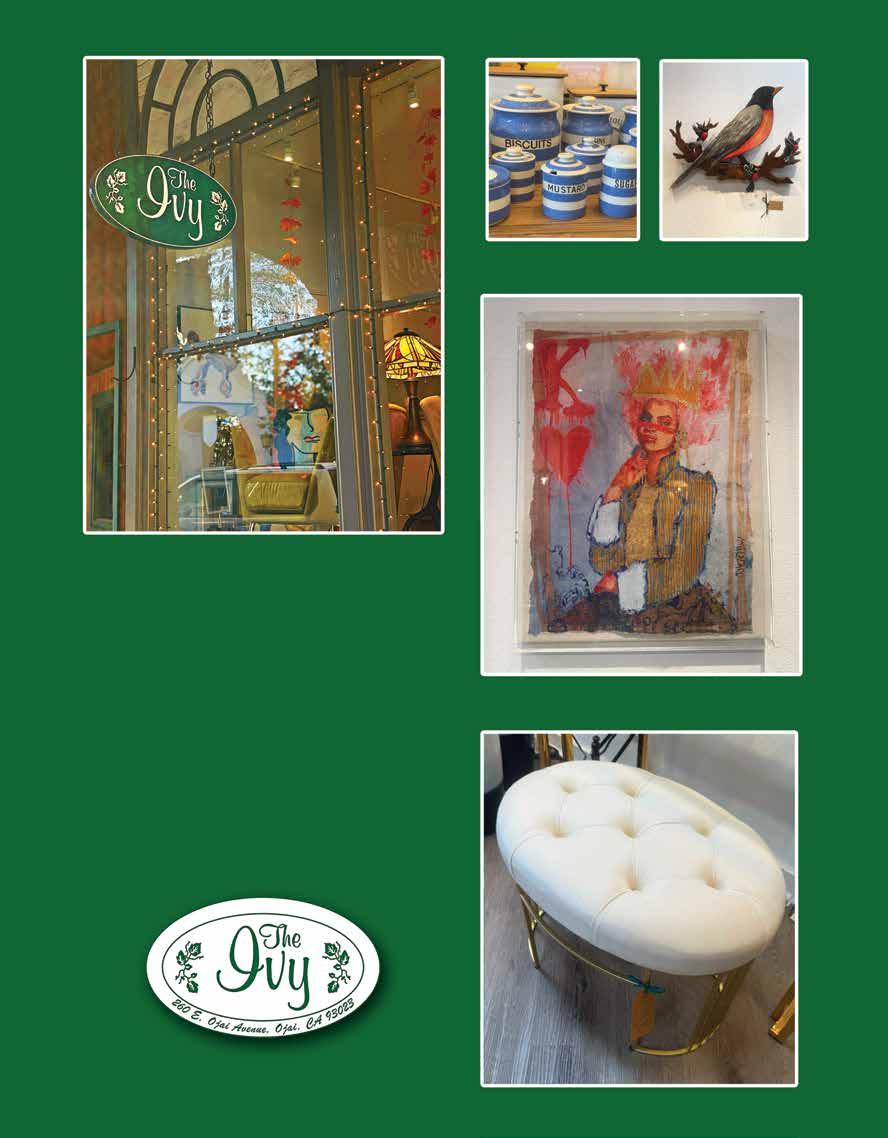

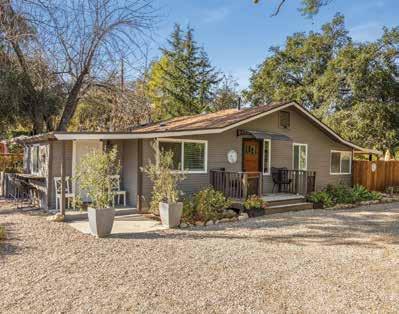
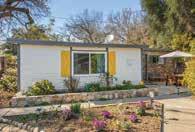
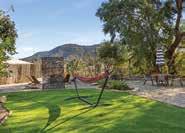
AN OJAI COUNTRY COMPOUND
For Fun and Profit
Whether you’re looking for an Ojai getaway to enjoy or a terrific real estate investment without restrictions on short term rentals, this is your ideal buy. More than just a home, this lovingly remodeled property comprises a 3BR/2BA, 1,476 sq. ft. farmhouse, 2BR/1BA, 816 sq. ft. Sunflower Cottage, 2BR/1BA, 726 sq. ft. Country Cabin and a party barn just for fun. All sitting pretty on 0.52 acres with stunning Topa Topa views! You’ll love the rustic touches like beamed ceilings, wood floors, barn doors, and eat-in kitchens. All newer appliances, laundry rooms, skylights, newer windows and doors, and natural gas fireplace. Two newer hot tubs bubble softly under the stars, and each home has covered outdoor dining.
Call today for an appointment. Offered at $2,100,000.

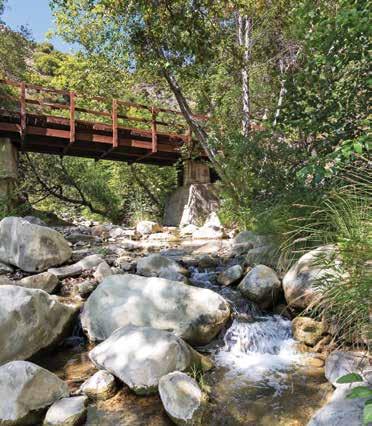
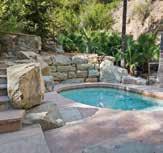

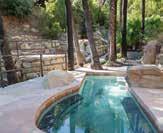
Your Own Personal Nirvana
This historic property was the genesis of Ojai as a wellness resort town. Since the 1800s, travelers visited Wheeler Hot Springs to ‘take the waters,’ believed to have healing qualities. For decades, the property was a busy resort featuring a lodge, spring-fed hot tubs, and a cold springfed swimming pool. Visitors also enjoyed massages and other treatments in cabins peppered around the grounds. There are no structures remaining today, but the abundant natural elements that made this property world famous are still flowing freely. The present owner has planted numerous redwood trees, which, combined with the palm groves, enhance the spectacular views of the mountains and the peaceful energy that surrounds you. So come experience it all, and create your own Nirvana in Ojai.
Call today for an appointment. Offered at $3,250,000.
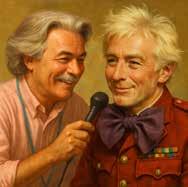
OJAI MEMORIES
On Stage with Bellwood, Comedy Maestro Story By Jerry Dunn, Jr.
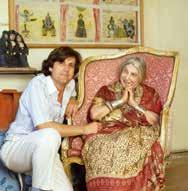
Reveals Subcontinent’s Art, Artists Story By Kit Stolz p.21
Editor’s Note p.22
Contributors
Ojai Podcasts & 2 Degrees







Original Artwork by Uta Ritke p.30
Arts Section
Artists & Galleries
Yesterday & Today Section
Healers of Ojai
p.36
FROM OJAI TO INDIA
Stephen Huyler’s Latest Book
Calendar of Events

RANCH HOUSE REDUX
Rochers Bring New Life to Venerable Institution Story by Ilona Saari
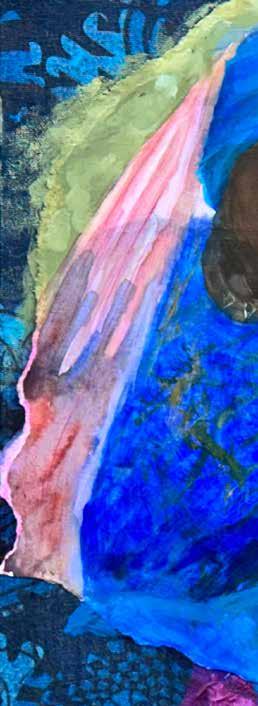
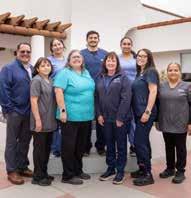
REAL NURSES OF OJAI
Feeling Like Family Amid Medical Crisis
Story by Robin Gerber
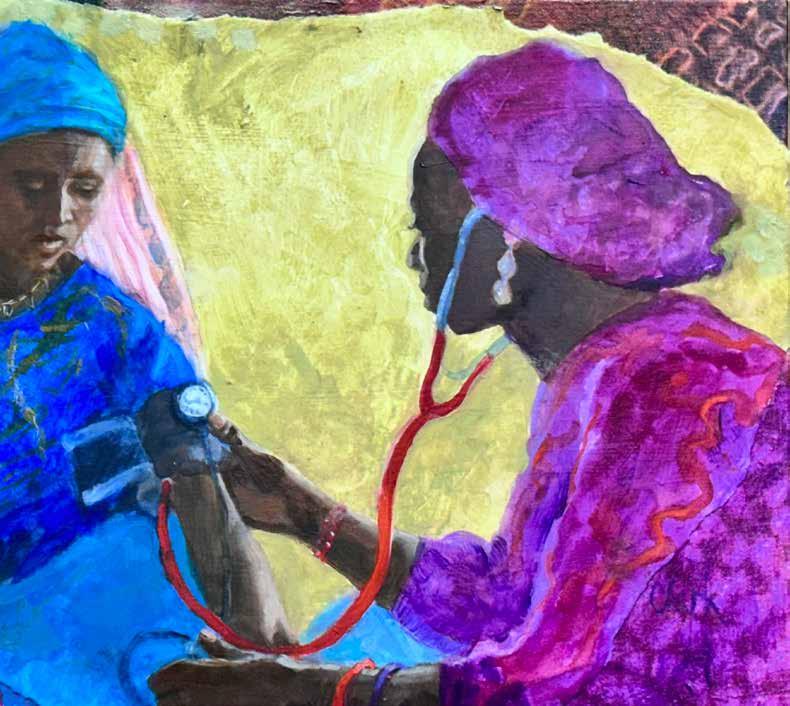
Beloved Local Doctors Commissions
OSA Artist for Africa Project Story By Leslie Clark
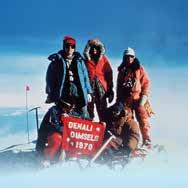
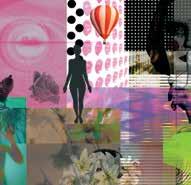
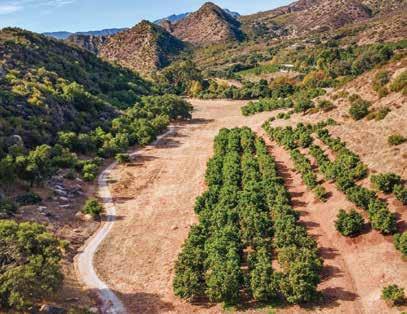
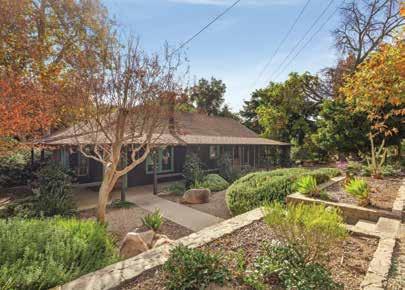
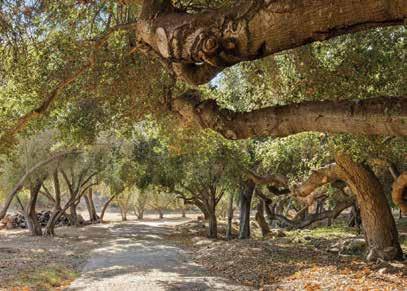

Anne Williamson
Realtor® | DRE 01448441 anne.williamson@sothebysrealty.com annewilliamson.sothebysrealty.com 805.320.3314 wvojai.com
Discover the unparalleled beauty and potential of Hermitage Ranch, a truly extraordinary property nestled at the end of a scenic driveway lined with majestic oaks and olive trees. This is a rare opportunity to bring your vision to life in a setting defined by breathtaking views, tranquility, and endless possibilities. The existing 2-bedroom, 2-bathroom home offers potential for repurposing, while the expansive property invites you to reimagine and personalize it to suit your dreams. This is more than just a place to live - Hermitage Ranch offers the chance to build a legacy, perfect for generations to come. Currently, the property boasts 3.8 acres of Hass avocado trees and 0.6 acres of Valencia oranges, with the potential to expand into a larger orchard for greater production. Water resources are provided by the Hermitage Mutual Water Company, which is managed by Hermitage Ranch. Whether you dream of creating a modern estate, a private retreat, or continuing the rich agricultural heritage of this fertile land, Hermitage Ranch offers a rare blank canvas to cultivate your ideal lifestyle. A true gem in the east end of Ojai don’t let this remarkable opportunity slip away!
Price Upon Request

Cassandra VanKeulen
Realtor® | DRE 01929366 cassandra.vankeulen@sothebysrealty.com cassandravankeulen.sothebysrealty.com 805.798.1272 wvojai.com

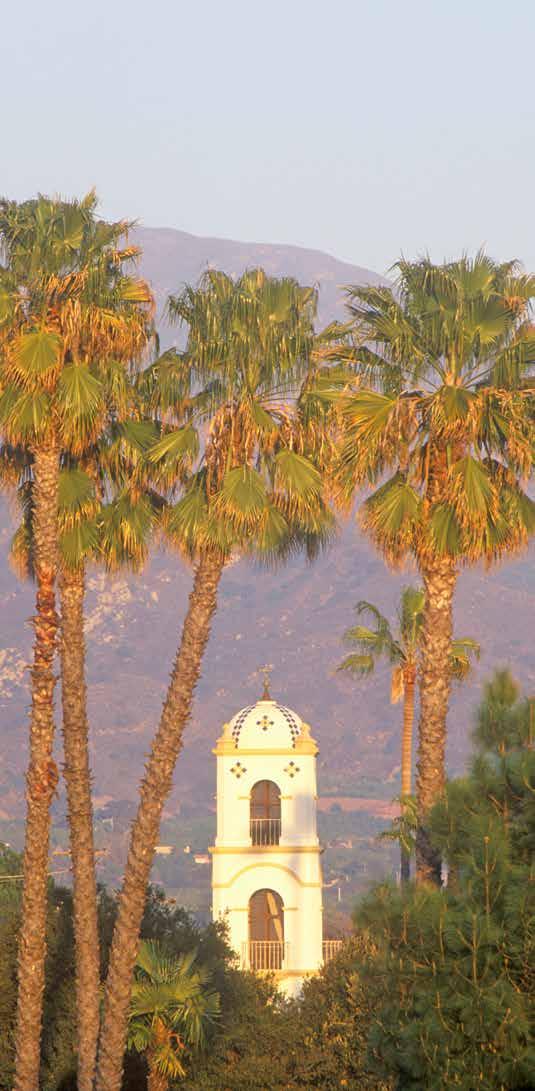
Editor & Publisher
Bret Bradigan
Director of Publications
Bret Bradigan
Creative Director
Uta Ritke
Ojai Vortex/Hub Administrator
Julia S. Weissman
Contributing Editors
Mark Lewis
Jerry Camarillo Dunn Jr.
Jesse Phelps
Columnists
Chuck Graham
Ilona Saari
Kit Stolz
Sami Zahringer
Interns
Alex Gutierrez
Emilie Harris
Circulation
John Nelson CONTACT US: Editorial & Advertising, 805.798.0177 editor@ojaiquarterly.com
The contents of the Ojai Quarterly may not be used, reproduced or transmitted in any form or by any means without the written consent of the publisher.
SUBSCRIPTIONS:
To subscribe to the OQ, visit ojaiquarterly.com or write to 1129 Maricopa Highway, B186 Ojai, CA 93023. Subscriptions are $32.95 per year.
You can also e-mail us at editor@ojaiquarterly.com. Please recycle this magazine when you are finished.
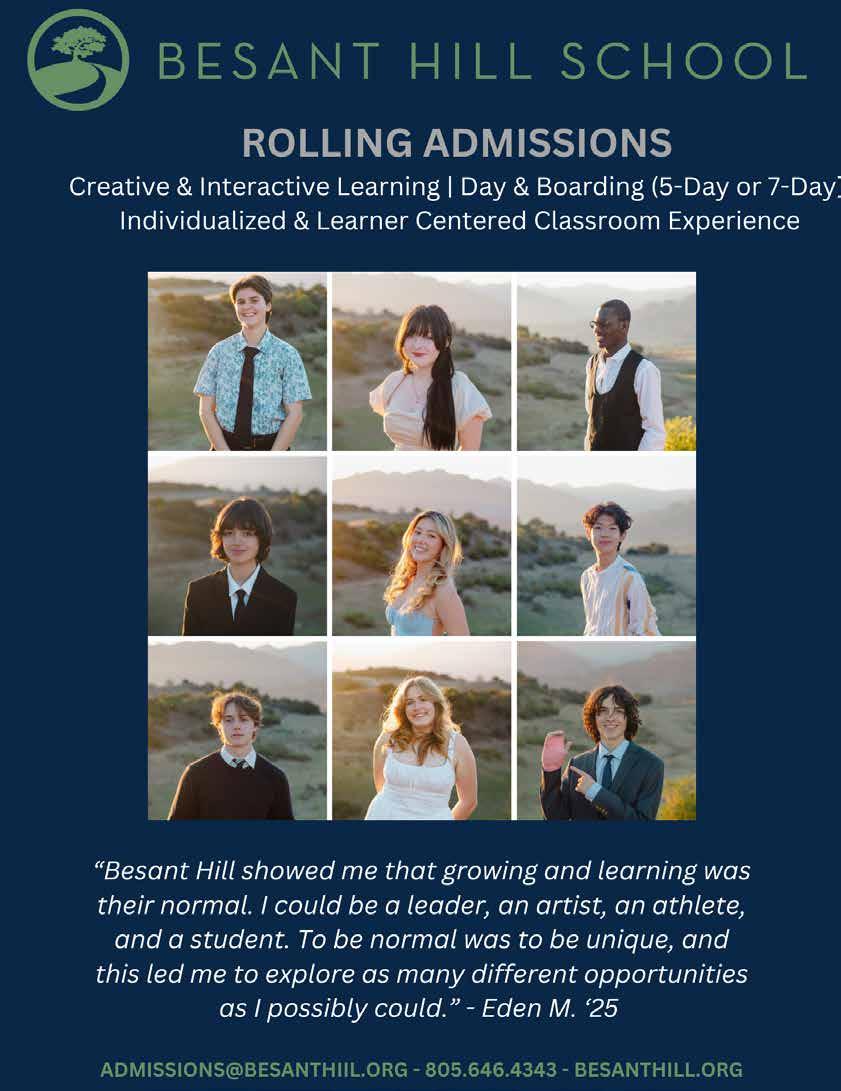
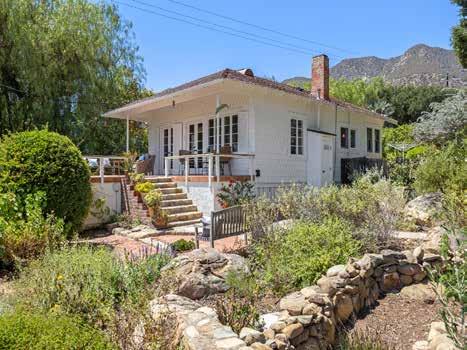


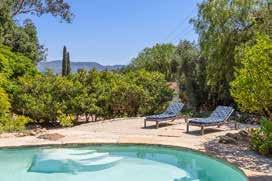


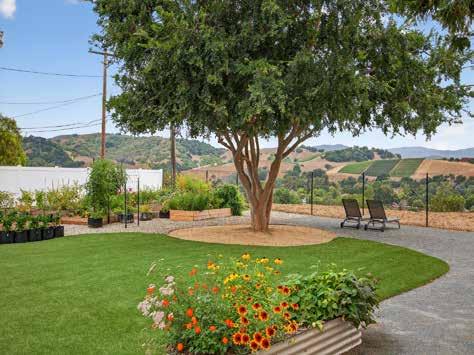



“Ojai is the place where I stopped trying to be someone and simply became myself.”
— Peter “The Badger” Bellwood
There’s a hole in this magazine that can never be filled. That’s the giant gap left by the passing of Peter Bellwood, peerless boulevardier, Cambridge Footlights veteran, screenwriter, emcee, and the dearest of friends. For the first decade of Ojai Quarterly, Peter graced us with his “Bellwood Chronicles,” a haven of surreal humor, sly wit, and a showcase for his gift of skewering pretension without ever being cruel. He didn’t just make us laugh — he sharpened our sense of what really matters.
He told me once about being hired with his friend Dudley Moore to perform at an English country manor. They were instructed “Come in through the servant’s entrance and bring your ukelele.” Instead, he and Dudley insisted on entering through the front door and being treated like any of the other guests that weekend, winning over the posh set with their wit and insistence they was every bit their equal. (Frankly, even without knowing them, I can say with great assurance that those toffs were hardly the equal of that duo.)
Peter was the only person I truly trusted to edit my writing. His notes were precise. He was like an old jazzman nudging you back into the pocket. I learned more from watching him cut half a sentence than I ever did in any classroom.
Though Ojai claimed him as its own, Peter was a citizen of the world. Born in York in 1939, he vaulted from Cambridge satire stages to London’s Soho nightclubs during the heady days of the Satire Boom. His foot-scratching inspired Peter Cook’s legendary “One Leg Too Few” sketch. He performed with John Cleese, interviewed Lenny Bruce, partied with Joe Namath, and helped bring the anarchic brilliance of British comedy to America in the 1960s. By the time he drifted into Ojai in the early ‘90s, he had lived a dozen lives. And was ready to live a dozen more.
He never made a fuss about it. Peter’s genius wasn’t just in what he accomplished, but in how lightly he carried it. He brought the world to Ojai not by shouting, but by quietly being Peter — thoughtful, curious, wickedly funny, and generous with his time, especially for writers. As one of them, I owe him more than would ever fit on these pages. As he liked to tell those many he mentored, “I’m the chairman of your supporters’ club.”
It’s fitting that this issue of the Quarterly is all about Ojai’s influence on the wider world — because Peter embodied that beautifully.
In these pages, you’ll read about an eccentric and accomplished Ojai family who hobnobbed with Aldous Huxley and climbed Mt. McKinley, who made fortunes in railroads and survived the Red Scare. You’ll follow Chuck Graham into the wind-wracked solitude of the Lost Coast. You’ll meet a beloved local OB/GYN who founded a health clinic for nomadic tribes in eastern Niger, and the artist who captured that journey on canvas. You’ll explore India through the eyes of a scholar who spent his life honoring its crafts and spirit. And, as always, our columnists — including the gloriously absurd Sami Zahringer and eloquently gustatorian Ilona Saari — will remind you how much delight can be packed into a few pages.
What binds these stories is a deep-rooted truth: the “Little Orange” may be small, but we are not insular. There’s something about this valley that compels people outward, then draws them back, changed and charged with purpose. Peter understood that rhythm. He traveled far, played many roles, and in the end found his greatest joy in this “smiling vale” with his wife Sarah, their daughter Lucy, and his ever-ready ukulele.
In this issue, Jerry Dunn writes with lyrical humor about playing Peter’s straight man on stage. “In truth, he carried me all the way.” Do I ever know that feeling. This issue is dedicated with love, admiration and unending gratitude to Peter Bellwood. If you knew him, you miss him. If you didn’t, just turn the page — you’ll find him in the humor, the heart, the human-sized scale of everything we try to do.
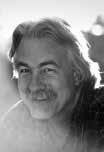
JERRY DUNN
worked with the National Geographic Society for 35 years and has won three Lowell Thomas Awards, the “Oscars” of the field, from the Society of American Travel Writers.


MARK LEWIS
is a writer and editor based in Ojai. He can be contacted at mark lewis1898@gmail.com.
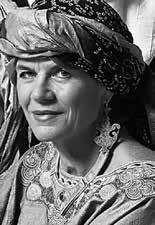

ILONA SAARI
is a writer who’s worked in TV/film, rock’n’roll and political press, and as an op-ed columnist, mystery novelist and consultant for HGTV. She blogs for food: mydinnerswithrichard. blogspot.com.
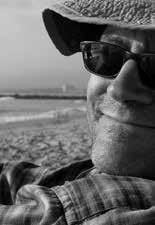
ROBIN GERBER
is the author of four books and a playwright. Check her out at RobinGerber. com

His work has appeared in Outdoor Photographer, Canoe & Kayak, Trail Runner, Men’s Journal, The Surfer’s Journal and Backpacker.
is an artist whose work is based on travel. She is the founder and president of the Nomad Foundation working with nomads in Niger. She usually tells stories by painting, but sometimes she writes.
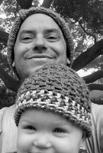
is a photographer & educator from Oak View. You can find his most recent photos in the book “Also On View: Unique and Unexpected Museums of Greater Los Angeles” by Todd Lerew.
KIT STOLZ
is an award-winning journalist who has written for newspapers, magazines, literary journals, and online sites. He lives in Upper Ojai and blogs at achangeinthewind.com
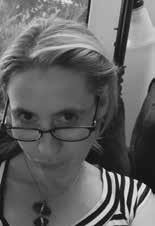
is an Ojai writer and award-winning breeder of domestic American long-haired children. She has more forcedmeat recipes than you.

The village of Ojai takes it name from the Chumash village of Ahwa’y in upper Ojai. It means “Moon,” according to Julie Tumamait-Stenslie, Chumash elder. Remains of a village site in what is now Libbey Park date back to 9,000 to 10,000 years ago.

The Lark Ellen Farm’s founder talked about her journey to health that inspired her success: “In a society where everybody’s telling you how to eat all the time, I liked the idea of my own experiment ... which led to sprouting nuts and seeds ... I liked to say that we finished what nature started.” (Ep. 243)

Filmmaker and documentarian Rebecca Tickell’s Big Picture Ranch has shifted the discussion on food, farming and the future. “Our films, ‘Kiss the Ground,’ and ‘Common Ground,’ they were all made here in Ojai by an Ojai team ... the essence is that the environmental movement has been missing the mark (about carbon sequestration.) There’s only one place for all that carbon to go, and that’s into the soil.” (Ep. 239)
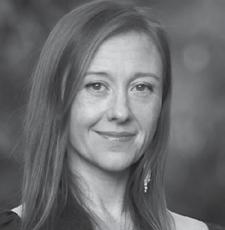
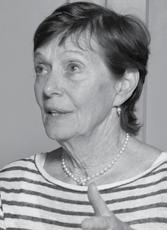
KITTY WINN’S LIFE ON SCREEN AND SERVING OTHERS IN OJAI
Kitty Winn — award-winning actor, devoted mother, and granddaughter of Gen. George C. Marshall, was inspired by her grandmother who played many Shakespeare roles in a traveling troupe in England in the early 1900s. “I played some of her parts, but never a comedy. No one ever thought I was funny, so I had to play the ones who got killed or died in the end.” (Ep. 246)
BETH LANE’S “UNBROKEN” REVEALS HIDDEN HOLOCAUST STORY
When Beth Lane was six, she told her mother about a new student at school — a German kid who had been adopted. Her mother replied, “Well, you know someone who was adopted and is German.” That cryptic comment
planted a seed. Years later, Lane unraveled the hidden history behind it: how her mother and six siblings, born into a Jewish family in Germany, were rescued in the late 1930s by a courageous German farmer who sheltered
them throughout the war. After surviving in hiding, the children were eventually adopted by American families. Lane’s powerful documentary, “UnBroken,” tells their story. It’s now streaming on Netflix.(Ep. 249)
ONE: The American troubadour got his start in the folk scene in the Greenwich Village in the early 1960s. No place was more closely associated with that burgeoning scene than Cafe Wha? Besides Dylan, Woody Allen, Lenny Bruce and Bruce Springsteen also got stage time early in their careers. Cafe Wha? was owned by Manny Roth, a tireless promoter who fostered a vibrant scene. He was also the uncle of Van Halen frontman David Lee Roth.
TWO: In 2004, Manny Roth moved to Rancho Matilija in Ojai, where he passed on in 2014. He once said about the folk scene: “All you need to do is carry an empty guitar case and the girls will follow you.”
TWO DEGREES BETWEEN
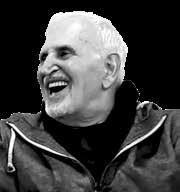


WHAT’S YOUR 2 DEGREES OF OJAI? Have you ever met a Nobel Prize winner at Westridge Market? Did your aunt babysit for someone who starred in a Tarantino film? Maybe your neighbor once fixed Julia Child’s faucet or helped design the Mars Rover from a garage in Meiners Oaks. We’re collecting those uncanny, world-shrinking stories where Ojai brushes up against history, fame, or global influence — however obscure or unexpected. Send your “2 Degrees of Ojai” connection with a few sentences and any photos if you have of them, to editor@ojaiquarterly.com You just might see it in a future issue!




For just $1.50
ADA, Medicare Card Holders 1/2 Off.
Seniors 65+, Children under 45” tall and all students are FREE riders on the trolley


The Ojai Trolley Service, established in 1989, is owned and operated by the City of Ojai. The Trolley provides daily fixed-route transportation to approximately 9,000 riders per month throughout Ojai, Meiners Oaks and Mira Monte.
The Trolley is a well known feature in the Ojai Valley and, in addition, to the daily fixed -route service, participates in many local events, fund raising activities, community service and educational functions







30 ojai memories On Stage With Peter Bellwood: Blood, Sweat & The Opposite of Jeers
36 transformed by india Huyler’s Newest Book Sums Up a Life in Pursuit of Art, Place
60 A Chef’s Tale
Transforming An Iconic Ojai Establishment
48
Drawing on Africa A Very Special Commission For Beloved OB/GYN’s Niger Clinic
55 artists & galleries The People, Places That Make Ojai an Arts Destination


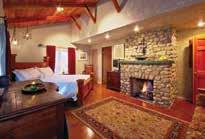
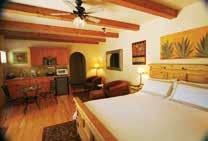


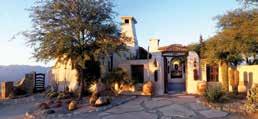



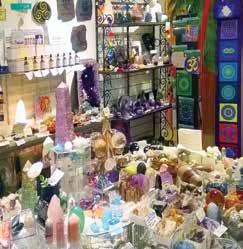
Buddhas to Birthday Cards
Bumperstickers to Beeswax and a Huge Selection of Crystals

OPEN DAILY 11-6

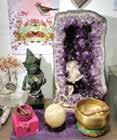
DAILY Tarot Readers Spiritual Counselors Astrologers
Chair Massage & Energy Healing
304 N. Montgomery Street, Ojai, CA 2 blocks north of Ojai Avenue & A World Apart!
805.640.1656 • OjaiHouse.com • nutmegs_ojai_


Krotona St. Ojai CA
School of Theosophy
Library & Research Center
Quest Bookshop schoolinfo@krotonainstitute.org www.krotonainstitute.org 805 646-1139

Unveiling Theosophy: Course I The Divine Plan
Ananya Sri Ram and Maria Parisen, Tuesdays August 5 ‒ September 16, Zoom
Great Films as Portals to Timeless Themes
Catherine Ann Jones, Thursdays September 25 ‒ October 16, Krotona Hall
Radiance and Reflection: the Making of Mandalas
David Orr, Saturday October 11, Onsite / Zoom
Fourth Biennial Secret Doctrine Forum: Stanza VI
Our World, Its Growth and Development
Martin Leiderman, Pablo Sender, Ariel Taragaza, & others
Thursday ‒ Saturday October 23 ‒ 26, Onsite / Zoom
Poetry As Portal: An Exploration
Karen Hesli, Saturday November 1, Onsite / Zoom
La Vida Espiritual en la Vida y en la Muerte
Elvira Carbonell y Francisco Cuevas, Viernes ‒ Domingo
Diciembre 5 ‒ 7, En persona y Zoom
Pathways to the Heart: Contemplative Prayer Practice
David Odorisio, Thursday ‒ Saturday December 11 ‒ 14, Onsite / Zoom
For more information visit krotonainstitute.org.
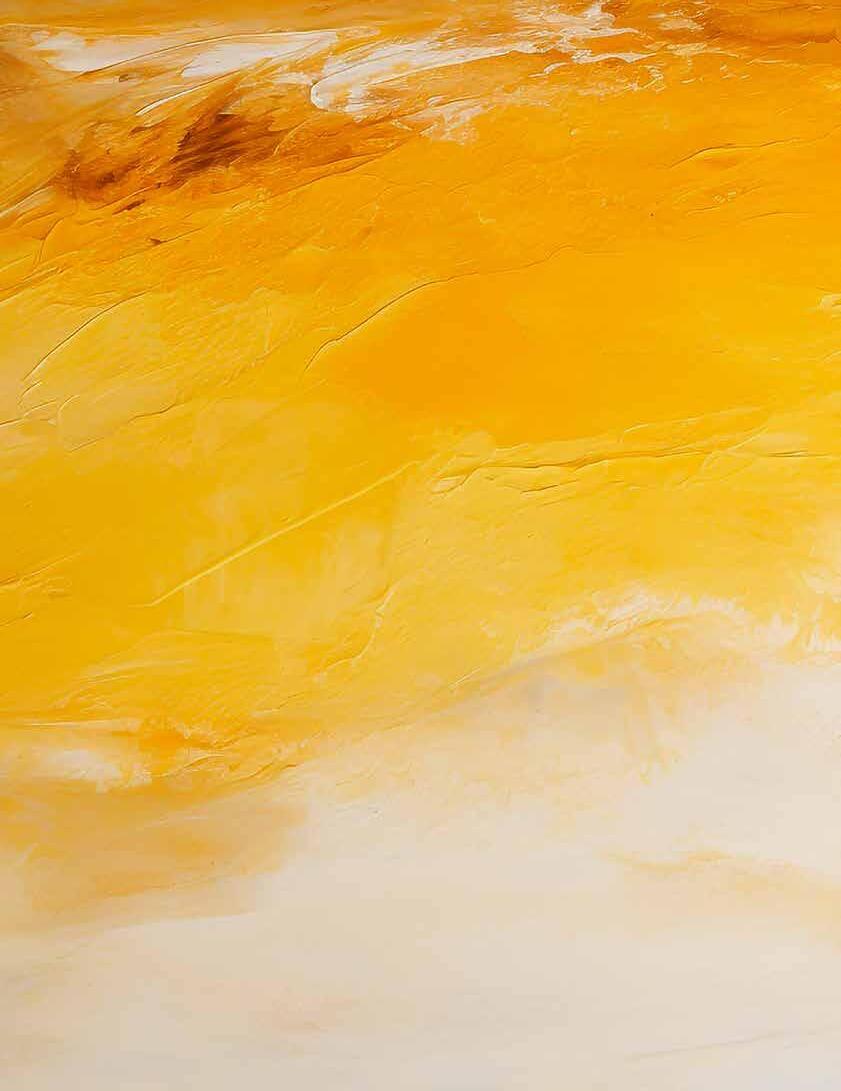

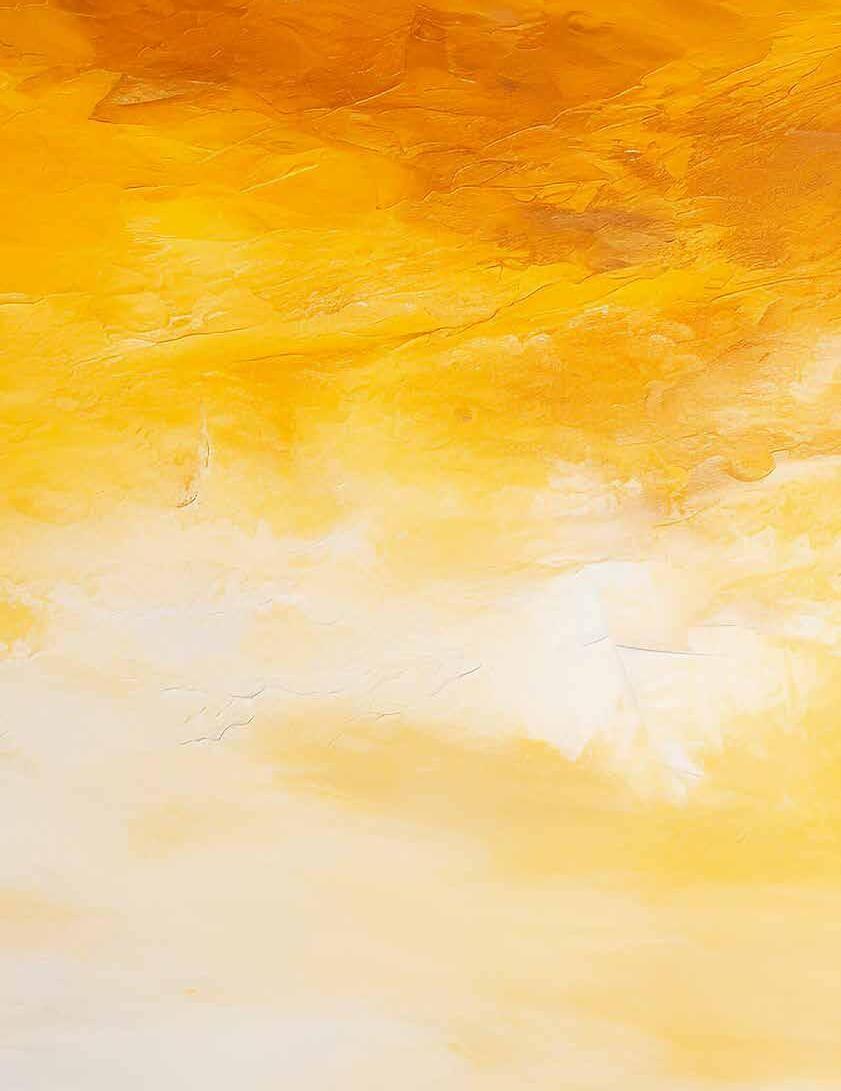
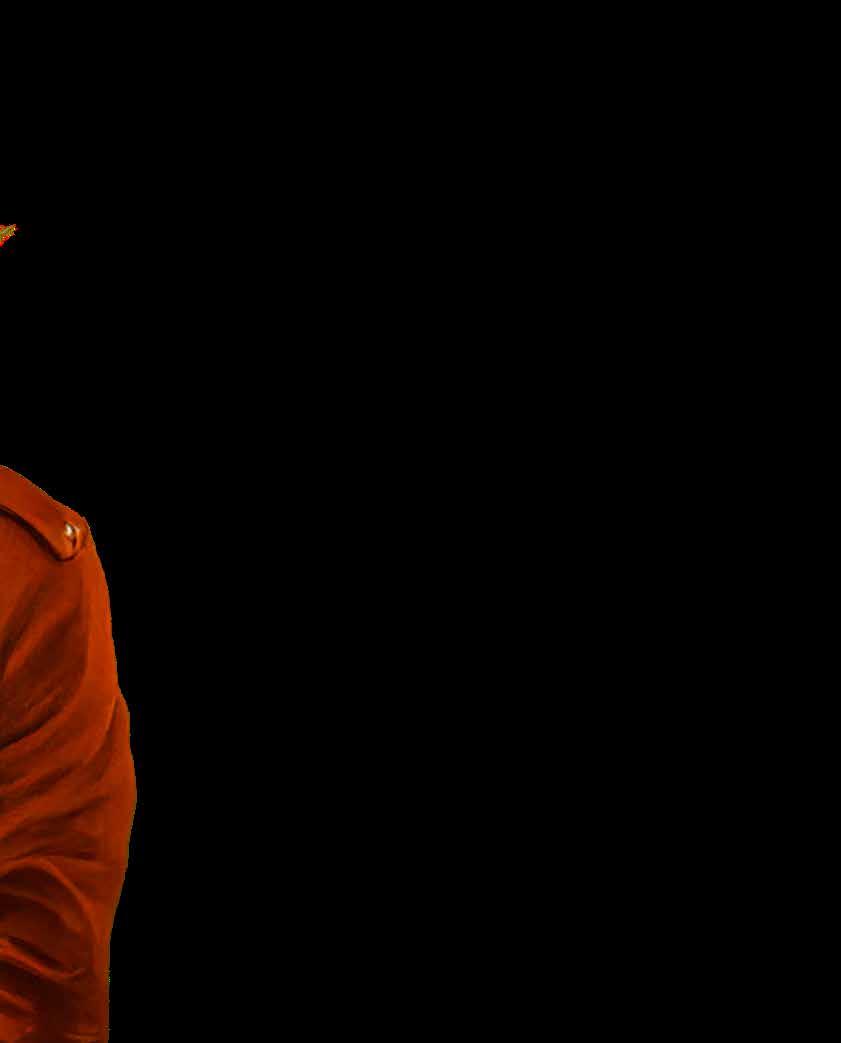

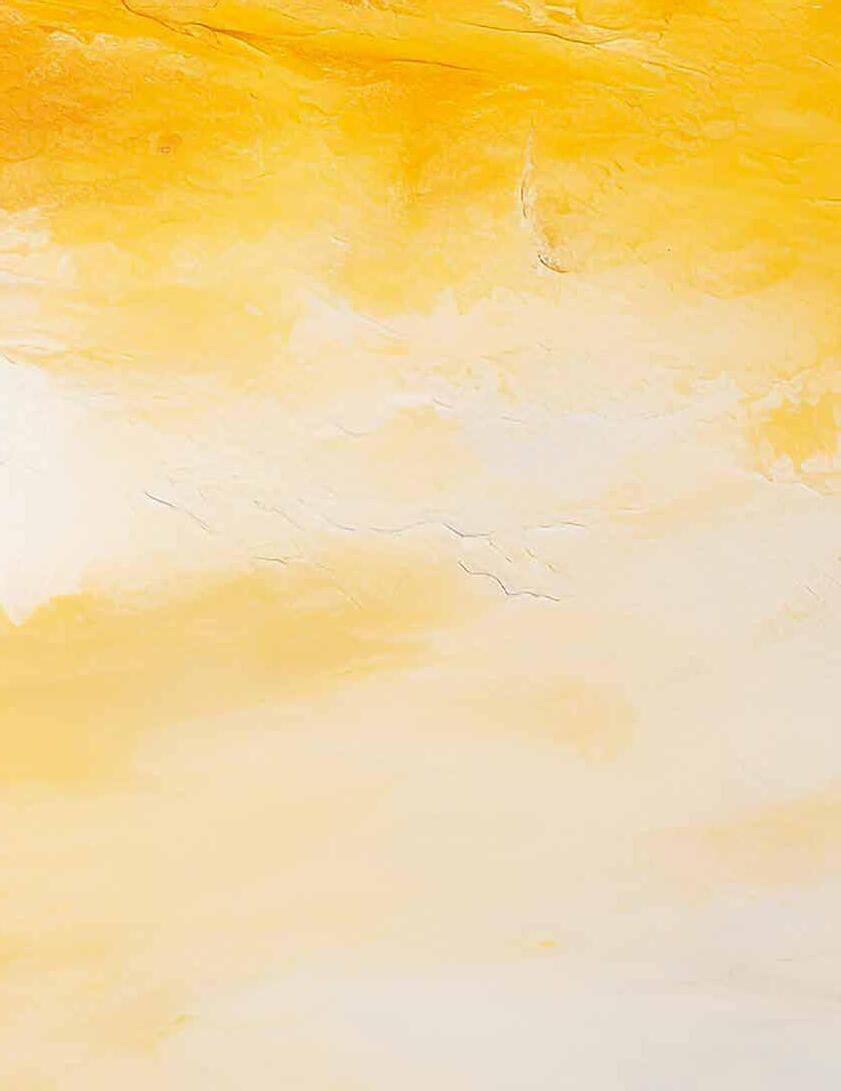
Bullets of sweat on his brow reveal that he’s nervous. And if he’s anxious after decades of performing, no wonder I feel like my nerves have been run through a wire stripper.
Next to Ted sits John Bennett Perry, a handsome (just ask my wife) TV and movie actor who looks patrician in a friendly, western cowboy way. John stands up. “I’m going to go pace,” he announces to the rest of the actors, and heads out of the green room. He turns back momentarily: “Can I pace for anyone?” The actors laugh.
A few minutes later we hear the audience start to applaud. The show is starting! First, a local actress reads from a Dave Barry book, then John Perry reads a James Thurber piece. The other actors step into the wings to watch.
Except Ted Levine. I spy him with his head poked halfway into a backstage utility closet, speaking his lines to an audience of cardboard cartons. Suddenly he exhales a sharp blast of air — an actor’s trick to ease tension?
Happily, Ted’s reading gets big laughs. Next come Emmy-Awardwinning actor Peter Strauss and his wife, actress Rachel Ticotin. Their fast-paced comedy exchange is a hit. I’m daunted by their professionalism, and as more actors take their star turns, and my appearance nears, a sense of inevitability settles over me. It feels like one of those lead bibs the dentist spreads on your chest before he X-rays and drills.
But there’s no time to think about that now: The emcee announces Peter and me. We’re on!
I walk out and sit at a table. From here I can see only the first few rows of the audience in the illumination that spills over from the spotlights. The rest of the crowd is out there in the dark.
Now Peter wanders on from the far side of the stage. He’s wearing a suit and a floppy velvet bowtie — perfect! His wild white hair stands up as if he dried it under a Tesla coil. He is carrying a little stuffed elephant.
Right away people start laughing. Although I’d figured they would, it’s still a huge relief. Things are starting off fine. The interview begins:
Jerry: Good evening. Tonight we’re pleased to welcome the Defense Minister of the United Kingdom, Sir Arthur Streebe-Greebling . . . here in America to discuss with the Pentagon new British armament developments in the ongoing war against terrorism.
During this, Peter wanders about with his stuffed elephant, burbling “Good evening-good evening-good evening” before finally sitting down.
Jerry: Good evening, Sir Arthur.
Peter: (emerging from reverie) I beg your pardon?
Jerry: Good evening! Sir Arthur Streebe-Greebling, you are the British Defense Minister in Tony Blair’s government —
Peter: — let me stop you right there. You said “StreebeGreebling.” My name is not Streebe-Greebling. It is GreebeStreebling. The “t” is silent, as in “fox.”
The audience quickly realizes they’re in the presence of a loony. Sir Arthur and I begin to discuss the Eurofighter, a new aircraft planned by four European nations. With each question the interview grows more absurd:
Jerry: Can you tell me perhaps what this aircraft was designed to do?
Peter: Fly. It was designed to fly. That was Number One on our list of requirements — to have flying involved. Most aircraft are designed for that purpose, we didn’t want to miss out on that, so that is the case with the . . . with the, er —
Jerry: — Eurofighter.
Peter: That’s the chap!
Now that we’re actually performing, my sense of time has changed. I’m suspended in the present moment, as if walking a tightrope. Everything is heightened: my senses open, my mental processes sharpened.
Yet I also feel as if part of my mind has dissociated itself — as if that part is sitting out in the audience, enjoying the show. I marvel at Peter’s mastery in mining every nugget of mirth and daftness from the sketch.
Near the end, an exchange with Peter triggers a tsunami of laughter:
Jerry: But even if, by some miracle, this aircraft actually did get off the ground, the point remains that it doesn’t have an enemy to fight, does it?
Peter: Well, no. But it costs 450 million pounds, you know, this plane . . . so we don’t want people shooting at it.
A roaring tidal wave of laughter rushes toward us from the back of the auditorium. I’ve never felt a room rock with so much hilarity. During rehearsals, Peter had warned me to be prepared for this, but I’m caught off guard. I clumsily start to utter my next line, but it’s like shouting into a hurricane. Then I hear Peter say gently, sotto voce, “Wait . . . ”
As the laughter begins to fade, he whispers: “Repeat.” This cues me to start my line over again, so the audience doesn’t miss anything. With wonder I realize that Peter is doing a deft dance, not only delivering his own lines, but gracefully helping me deliver mine.
The sketch ends on another huge laugh. I thank “Sir Arthur Streebe-Greebling” for the interview. Peter and I shake hands and walk off into the wings to thunderous applause.
I feel exhilarated from having been on stage with a comedy genius — and grateful not to have let down a friend. In truth, Peter carried me all the way.
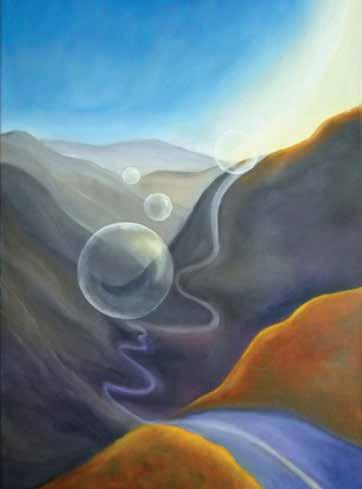










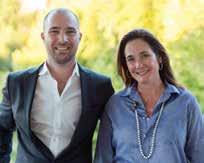
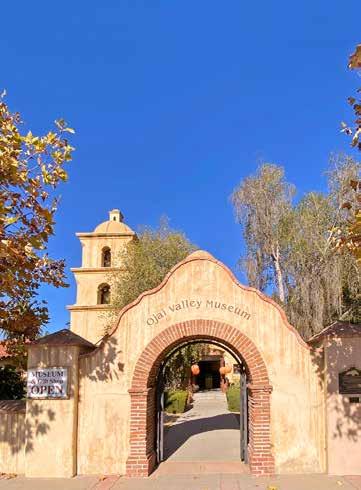



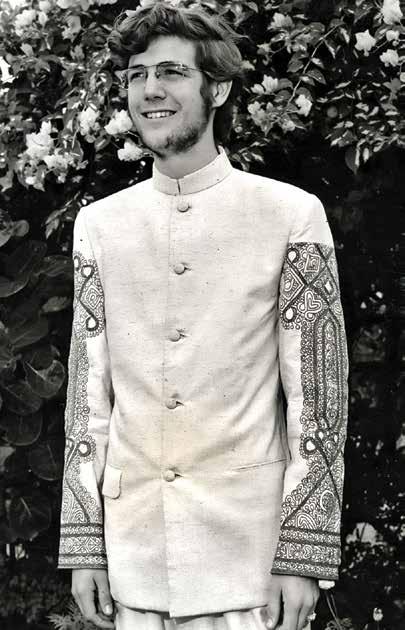
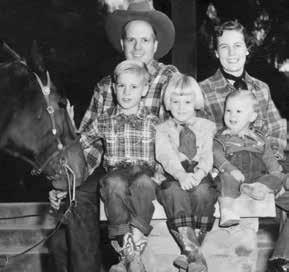

STORY BY KIT STOLZ
AN IMAGE OF THE GODDESS SANTOSHI-MA, GARLANDED WITH FRESH FLOWERS EVERY DAY
Over the last 40 years, Stephen Huyler has published a half-dozen books on the sacred arts of India, drawing on his countless excursions and tours there, often to little-known rural regions far off the tourist track. He has become a living bridge of sorts between English-speaking nations and the arts and crafts of its many peoples, including its indigenous tribes.
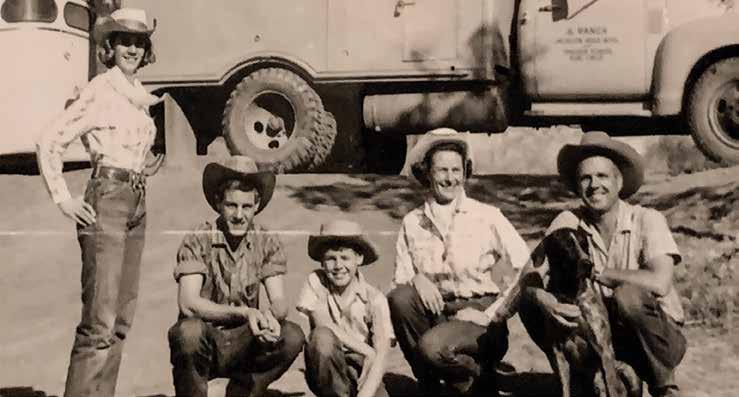
Huyler has organized exhibits of Indian arts and crafts for the American Museum of Natural History and the Santa Barbara Museum of Art, among other museums, and exhibited his photographs of the peoples and art of the vast nation at the Smithsonian and the Asian Art Museum in San Francisco. But he insists he writes primarily for the interested public, both in India and at home, and not just for academics and experts.
Now for the first time he has told his own story (with a warm foreword from the Dalai Lama, no less). The release of the book — “Transformed by India: A Life” — has set off a veritable flood of admiring reviews from scholars and the reading public in India (where it was first published). Later the book was released in the U.K., and in August in the U.S.
On the way to becoming an honored guide and scholar of Indian arts and craft, Huyler turned his back on his father’s cowboy ways at Thacher, which dominated his upbringing.
Huyler maintains a connection to Thacher and Ojai today, but on his own terms, and only after a full-scale youthful rebellion against his upbringing. As the youngest of three children fathered by Jack Huyler, who taught at Thacher and led its legendary horse-riding program for many decades, Huyler spent his summers in Jackson Hole, Wyoming with the family. He was raised by his father to be a cowboy.
“We were raised on horseback,” Huyler recalls. “I could ride before I could walk. My father was a product of the cowboy mentality that you can see in a show like “1883.” I think it’s a very good series, because it shows what those people were struggling with, and why they became as hard as they did.”
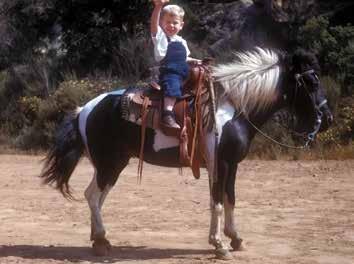
Huyler goes on to talk about what happened to Kim, the horse that he “grew up on and with.”
“Kim was in his mid-20s, and wouldn’t have made it through another winter at Jackson Hole,” he said. “A huge hole was dug by backhoe. I had to go into the field and put a halter on him, this horse I loved like family, and lead him up to the pit. My older
brother had to shoot him in the skull and then we both had to push him into the pit. It was a horrific thing to do, but that was the cowboy mentality. You take care of your own. You don’t ask someone to do it for you. You face life as it presents itself to you. You learn self-reliance.”
Huyler — speaking on the phone from Camden, Maine, where he has lived for more 40 years — chuckles a little ruefully.
“Those messages, they’re still in me somewhere,” he says.
“Though I’ve fought against it with every fiber of my being.”
Today, in his 70s, Huyler speaks frankly and without hesitation of being bullied as a boy, and how fundamentally the brutal treatment he endured as a shy child changed the course of his life. At the age of six or seven, he said, an older boy twisted his arm behind his back until the pain was all but unbearable. In that moment Huyler vowed silently to himself that he would never treat anyone that cruelly, a vow he says he has honored all his life.
When he reached high school, even though he could have attended the elite boarding school Thacher, instead he went away to a different school on Catalina Island for his first two years.
“At Thacher, my father would have been my instructor, and that wouldn’t have worked for either of us, because we were enemies,” Huyler said. “By the time I joined Thacher for my junior and senior years, I had already learned how to distance myself from Dad.”
Huyler’s life changed course when he came home from a not-especially-successful first year at college. He needed work for the summer, and asked his neighbor, Beatrice Wood, the artist and ceramicist, if he could help her out in her studio. Though Wood was world famous and sophisticated, and loved for her saucy wit, she readily agreed to the teenager’s request.
“I categorically refused to be typecast by my father, or put into a
mold,” Huyler said. “His image of what he wanted for a son was antithetical to everything I wanted. It was really Beatrice, who also had rebelled against her upbringing, who truly understood who I was. She saw I wasn’t wrong in what I was looking for, and what I was trying to do.”
“This is my gigolo, Steve Huyler,” Wood would say on outings with teenage Huyler, to shock old ladies in town, but she took Huyler’s future — as a would-be scholar in the arts — seriously. At the University of Denver, Huyler had planned to study Native American arts and crafts, to honor their indigenous traditions, but the faddish popularity of all things Native American in the early 1970s pushed Huyler — always averse to following the crowd — to rethink.

“I brought that to Beatrice and she said, ‘When I was in India, I found the craftsmanship and folk art fascinating, and yet there was almost no one documenting it. You could carve out a career for yourself.’ She was very, very clear.”
Wood, too, had rebelled in her youth. She had broken away from her stuffy upper-class upbringing, and became famous as a muse for defiant Dada artists such as Marcel Duchamp. But ultimately she was betrayed by her husband, an inveterate seducer, and never found much happiness with a male partner. (As discussed in a previous “Off the Shelf” story in the Summer 2022 issue of Ojai Quarterly about the book, “Spellbound by Marcel.”
Wood’s life changed profoundly when in 1962 she was invited by one of Gandhi’s most trusted advisors — a woman named Kamaladevi Chattopadhyay, a leading figure in India’s arts and crafts movement — to bring her work to India. This began a lifelong association between Wood and India, which became part and parcel of her identity as a woman and artist.
“I think that the way the remarkable generosity of India has healed me, the person I am today, that remarkable generosity had the same effect on Beatrice,” he said. “I think what it gave her


was a sense of security, a sense of being valued for who she is.”
In early 1971, Beatrice Wood invited Huyler to join her on a trip to India. The invitation changed everything for Huyler. As a first-year student at the University of Denver, he had been enthusiastic but “too distracted” to focus on his studies.
Within a month he became an A+ student, eagerly learning about India’s arts, history, and culture. When Wood wrote later to say that she had to cancel the trip, he decided to go on his own, and persuaded the university to allow him to major in the study of India for several different departments, the only student allowed that independent course of study.
His method was to follow an individual object of art into the past, tracing its values — social and often religious — in meticulous detail. His professors were impressed with his drive, he wrote, and he was granted a year of credit in his junior year for field research in India, a rare honor for an undergraduate.
Huyler spent months preparing for an overland journey to India from Turkey, through Iran, Afghanistan, and Pakistan. Old issues — as old as 1896 — of National Geographic proved to be his best guide to the many cultures he would encounter on his
nine-month trip. He said goodbye for the time to the girl he met and fell in love with at age 16 in Ojai — Helene Wheeler, whom he went on to marry — and flew to Paris, and then set out on the weary and clattery Orient Express railroad for his journey to Istanbul, his first stop.
In September, Huyler reached the eastern Turkish border, where he boarded a barely functioning bus patched together after a nearly fatal accident. On this, he and a handful of frightened passengers from around the world would journey on narrow roads through mountainous Turkey to Iran, a difficult journey marred by a humiliating bout of amoebic dysentery.
In contrast to the people of Iran, who were largely hostile to Americans, the 19-year-old Huyler was greatly impressed with the lively and curious people of Afghanistan he found eight years before the invasion by the Soviet Union, and decades before the American-led Global War Against Terror. He passed through Pakistan quickly, as at the time Pakistan was on the verge of a war with India, and Huyler knew he had to cross into India be-

fore the already militarized border was closed. And so he entered India alone, at a remote crossing, on what happened to be his 20th birthday.
After crossing the border, with few options available for transportation at his remote spot, Huyler pedaled a bicycle rickshaw the first few miles into India. Leaving the border and its war behind, he traveled by train to Amritsar, where the Golden Temple welcomes pilgrims and visitors of all sorts into the dazzling heart of the Sikh religion.
Fascinated by the spectacular murals on the temple walls, Huyler searched out an expert. A dignified old gentleman, G.S. Sohan Singh — the son of the last artist to paint the murals — welcomed him into his studio, despite Huyler’s lack of an introduction, and showed him dozens of paintings his father had made while creating the murals. Huyler didn’t have enough money to buy such exquisite works at that time, but Singh agreed to set aside a few, until Huyler could return to pay him, even if that took years.
“From entering the temple, sitting in quiet meditation, falling in love with its art, searching out and meeting an accomplished artist, and creating a bond … I was setting a tone for the next half-century,” Huyler wrote. “And this was only my second day in India!”

Huyler caught another great break when, thanks to an introduction from Wood, he met her close friend Kamaladevi Chattopadhyay, whom he describes as “a tiny old woman in a plain grey cotton sari, (who) grimly invited me to sit in her flower-filled garden while she poured us cups of tea.” Huyler did his best to charm her, to no avail: she was unsmiling and brusque, although she asked questions about the six-month route he intended to take throughout India, to learn about its arts and crafts, and how he hoped to make it a lifelong pursuit. She made wise suggestions, and said in her “dry and humorless voice” that she would write letters to artists, weavers, artisans, and craft organizations throughout India, requesting that they host Huyler in their homes.
“On that day, Kamaladevi launched my entire career!”
Huyler wrote in astonishment. Later, he learned that she had been one of Gandhi’s closest advisors, spent decades as a leader in the non-violent freedom movement, and endured five years in prison for her resistance to British rule in the 1930s. Years later she launched India’s first weaving centers and arts cooperative. In the decades that followed, he developed a close friendship with her.
This was only the beginning of Huyler’s first tour of India, visiting famous sites such as the Taj Mahal and Varanasi, by the Ganges River, and reuniting with Beatrice Wood, who was on a lecture tour speaking of American arts and crafts for USAID.
Meanwhile his faithful girlfriend, Helene, had managed to convince her parents to allow her to join Huyler in India for two weeks, if chaperoned. Shortly after she arrived, Huyler proposed, and Helene accepted. Deciding that they were married in spirit, and would soon be married in fact, they spent a blissful twoweek honeymoon traveling in South India. (Fifty years later, Huyler says it’s still a happy union.)
Huyler has returned to India many times, often with Helene. He has canvassed the country conducting a cross-cultural study of rural arts and crafts, particularly focused on women’s art. It was on his first trip with Beatrice Wood, exploring ancient temples in the southern Tamil Nadu region, and staying as an honored guest at the homes of artists and leaders in the arts and crafts movement, that he found his life-long inspiration.

Rukmini Devi, another good friend of Wood’s, the charming and articulate founder of India’s largest school of classical music and dance, helped him explore little-known traditional arts, including women’s ephemeral paintings. And in South Indian villages,

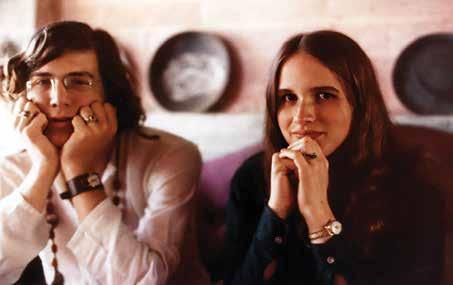
he and Wood discovered large and small terracotta horses placed under the trees, as votive offerings to the gods, an art he finds fascinating.
“Beatrice and I were exhilarated: the figures we found were charming, diverse in form and style, and expressive of the personal whimsy of each sculptor,” he writes.

This underappreciated art became the focus of Huyler’s doctoral thesis, and he still feels a deep connection to both the art and the artists who work in that tradition, and the spiritual tradition from which they come. In 1979, despite harassment from local officials who considered the indigenous Adivasis peoples backward and not worthy of Western attention, he found the Dongria
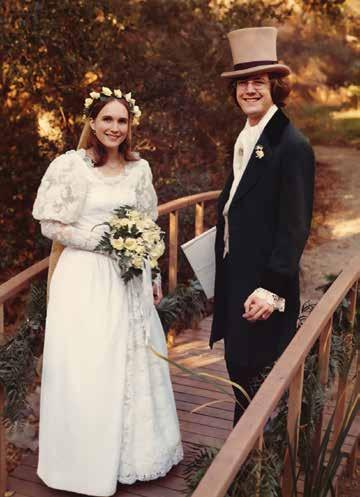
people, who live according to ancient traditions in small villages in the wild, and worship a local mountain. Although a — possibly corrupt — local official soon evicted him from the region by military escort, Huyler maintains a connection to the art of the Adivasis.
He points out that these peoples comprise the largest tribal population in the world, over 100 million people whose languages predate Sanskrit and who often face prejudice in India.
For Huyler, they are comparable to the Native Americans, with whom he feels empathy, in part because he had been both bullied and tormented as a young person.
“I believe that I am sensitive to downtrodden people because of the bullying and abuse I endured as a child,” he said. “My decades of work with the women of India has been in part an attempt to give them voice and recognition, to let them tell their unheard stories, and how they find their own creative solutions to their inequities.”

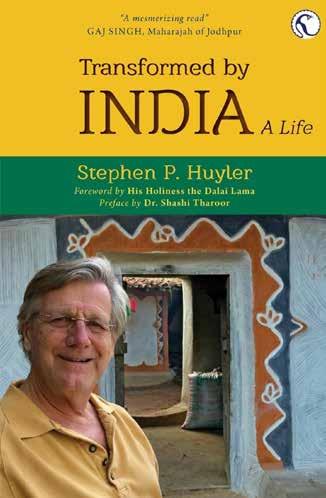
“Transformed by India: A Life” was published first in India earlier this year, to an outpouring of acclaim from both scholars and ordinary readers in Amazon reviews. In June it was released to the U.K., and in August, North America.
Huyler has in the meanwhile recorded a version for Audible, which is also available now. In September, Ojai Podcast “Talk of the Town” will feature an extensive interview with Huyler, who is currently conducting a U.S. lecture tour he intends to bring home to Ojai on November 1, 2025, at the Ojai Arts Center, and to the Santa Barbara Museum of Art the next day. He promises a visual treat, unveiling the heart of traditional Indian arts and crafts.
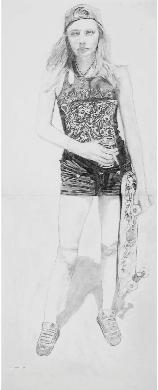
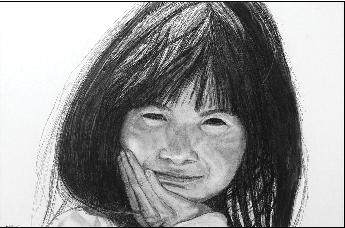


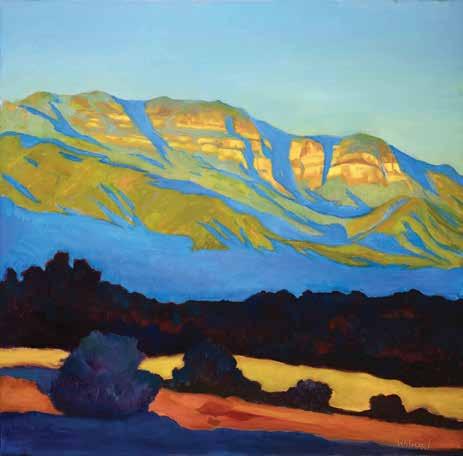

See Marc’s work at the Ojai Studio Artists Tour, Oct. 11-13, 10 a.m. to 5 p.m.
Office Gallery: 111 W Topa Topa St open 9- 5 m-f
Home Studio: 2160 Baldwin Rd — open for the Ojai Studio Artist Tour, Oct. 11-13, 10-5 pm
OVA Gallery: 238 E Ojai Ave open every day 10-5 website: whitman-oil-painting.com
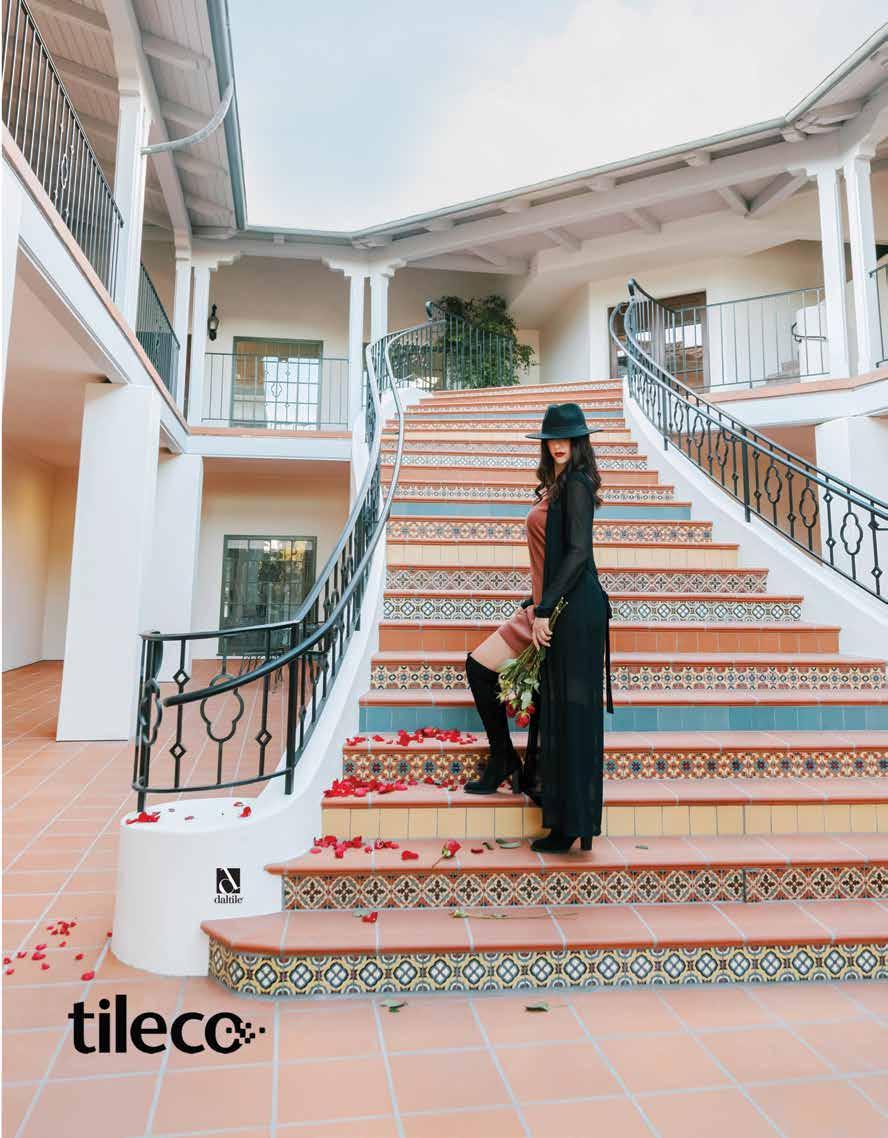


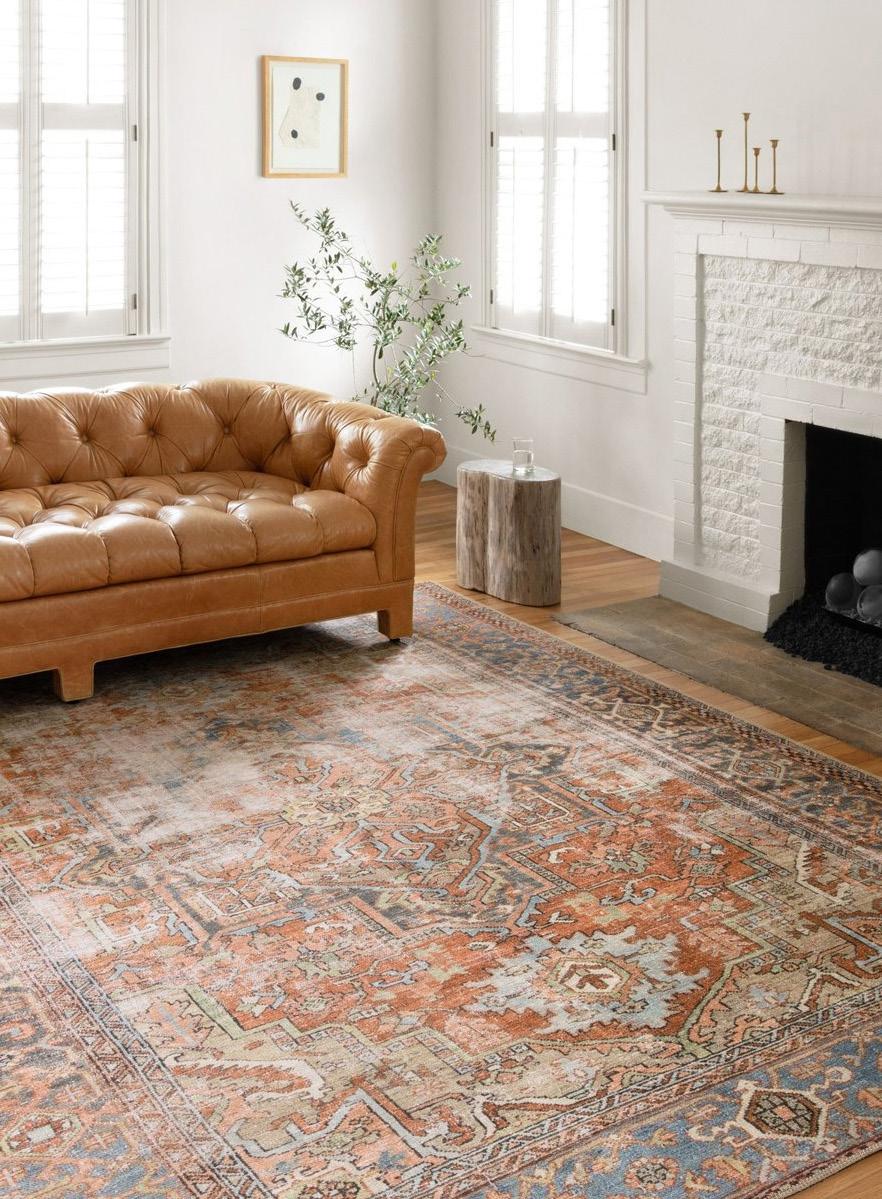

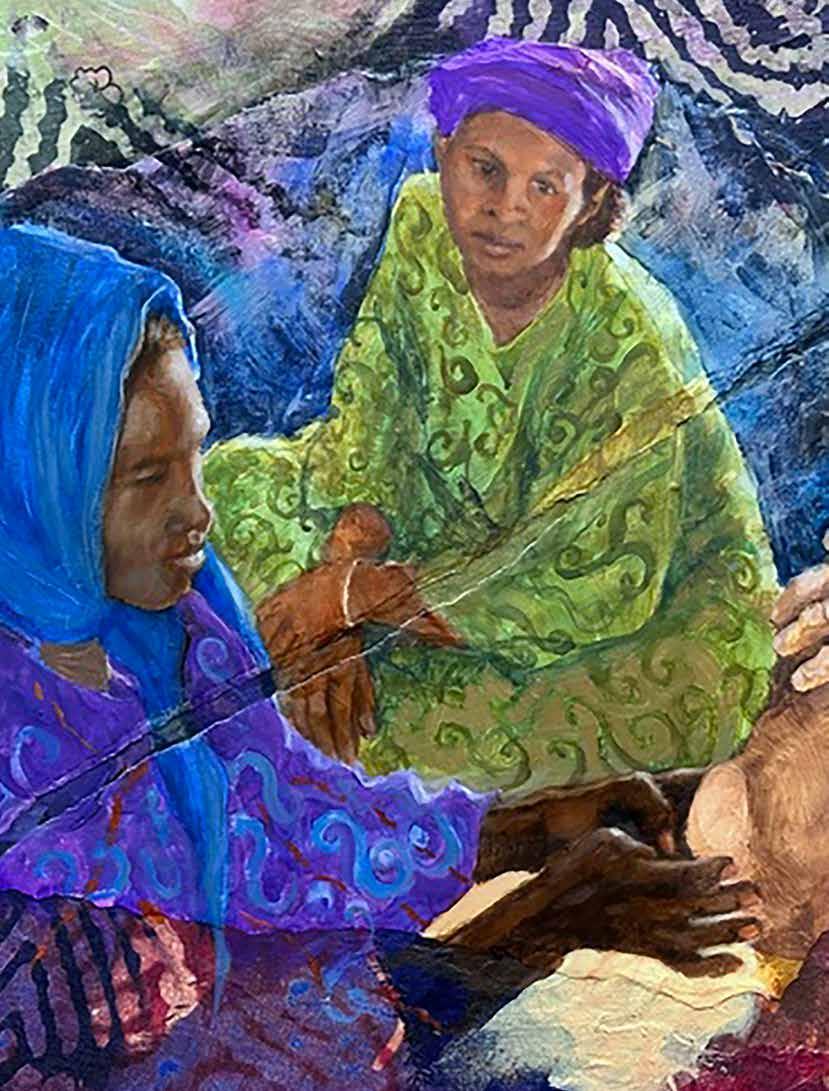
BY LESLIE CLARK
In December 2024, Dr. Bob Skankey, a retired obstetrician from Ojai contacted Ojai Studio Artist Leslie Clark to commission a series of paintings depicting their experiences working with nomads in Niger. Here is the back story.
In 1994, I first set foot in Niger, looking for exotic subjects to paint. I found them, falling in love with the nomads and their captivating desert environment. I went down a rabbit hole that led to a life I never expected.
After several return trips, I bought a cow for a Wodaabe nomad to thank him for his generous welcome. When I learned how that simple gift had made a huge impact — allowing him to remain a nomadic herder, I decided I wanted to do more, but could only do so much on my own. So, in 1997, I founded the Nomad Foundation and started asking for help.
The Nomad Foundation, at first, worked on small projects: replenishing herds, repairing wells, and founding a school.

In 2005 Niger made national news in the United States because of a catastrophic famine that impacted 3.3 million lives, including 800,000 children under the age of 5.
I received a phone call from a nomad friend who told me that his wife had died of starvation. Shocked and distraught, I contacted all the local news agencies, which then attracted the attention of the Rotary Club. Randy Strong of Westlake Village Sunrise and Kay Bliss of the Rotary Club of Ojai stepped forward to help.
This connection led to a relationship that continues today and led to the founding of the first Rotary Club in the Sahara.
In 2008 Kay Bliss introduced me to Dr. Bob Skankey of the Ojai club. A retired OB-GYN of local fame (he delivered more than 3,300 babies in Ojai during his career), he wanted to help because that is what Rotarians do.
Working with Sidi Mamane, the Niger representative of the Nomad Foundation, and founding president of the Agadez Rotary Club, we conceived a Center for Nomadic Life that would provide fixed facilities with services for the nomadic population including health care, education and vocational training.
We started with a health clinic designed by Dr. Skankey himself. In 2009, at age 78, he flew to Niger to open it. The clinic, a solitary building in a vast, empty expanse, drew people from miles away. When the medical team arrived, every tree sheltered a waiting nomad — most of whom had never seen a doctor. Within two weeks, we treated 937 patients.
By 2011, after two years of access to regular health care at the Tamesna clinic, the general population was no longer desperate for care and Dr. Bob wanted to focus on his specialty: pregnant women. In nomad territory, there were no hospitals. Women delivered their babies in tents with no water or electricity.
These nomads in eastern Niger had one of the highest maternal mortality rates in the world. As many as one in seven women died from complications of childbirth, many from easily preventable causes like dehydration and puerperal sepsis. They needed someone who was trained and who would move with them in their mobile camps. Herders were asked to choose respected women from their communities to be trained; five were selected for the first training. None were literate, none had ever had any formal education, but they were smart and willing.
Each mission was a revelation. One of the most surprising was the discovery that so much of the high maternal mortality rate was likely due to dehydration. In the Sahara where water is very scarce, drawing it from the deep wells is a burden on everyone, especially since the herds require so much. It is a matter of pride not to increase that burden on everyone by drinking too much. When they learned that the pregnant women needed water for two, the whole community supported this concept, and maternal mortalities diminished.
Those five original trainees have now been trained as teachers. Each woman who successfully comprehends the training becomes a respected leader in her mobile community. One delivered 239 babies in one year.
In 2015, after nine missions, at age 84, Dr. Skankey felt it was time to retire from active missions to Niger. The program now continues
with a new medical team. The work of training is now largely left in the competent hands of local staff. The program now has 67 active traditional birth attendants bringing the only healthcare to an area the size of West Virginia. In 2024, at a medical conference in Agadez, the work of the Nomad Foundation was recognized and credited by the government of Niger and UNICEF as bringing the most significant reduction in maternal mortality in all the north of Niger.
Dr. Skankey, understanding the significance of the work he had done in Niger, decided to commemorate it by commissioning a painting, and there just happened to be an artist who had been there with him every step of the way. Me.
Here’s a look into a selection of the paintings from my commission:

THE INITIAL TRAINING OF TRADITIONAL BIRTH ATTENDANTS WAS FOR FIVE WOMEN. FROM LEFT, LESLIE, DR. BOB, AZARA, FATIMA MARIAMA, RAICHA, ACHICHA. DR. BOB WAS EMPHASIZING THE NEED FOR HYGIENE, SO EVERYONE WAS SCRUBBING THEIR HANDS, WHEN RAICHA LIFTED HER HANDS SHE SAID “I DID NOT KNOW MY HANDS WERE THIS COLOR”
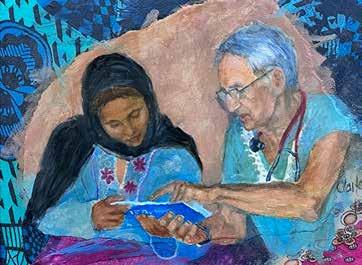

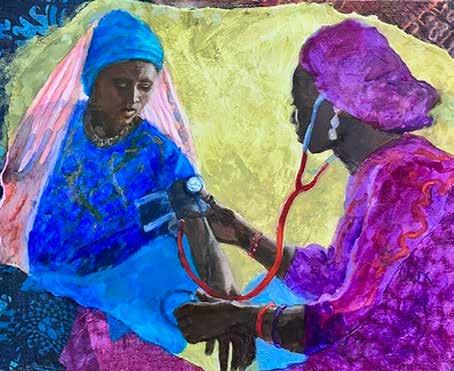
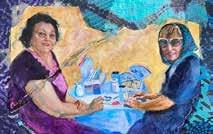
LINDA LAMB AND LOUINE SKANKEY (DR. BOB’S WIFE) WERE THE PHARMACISTS FOR THE TAMESNA CLINIC
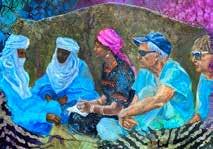
MEETING IN THE BUSH WITH CHIEF IKENANE AT ABOYE — IKENANE, SIDI, MYSELF, DR. BOB AND LOUINE SKANKEY
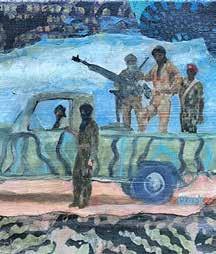
OUR SECURITY, GARDE NATIONAL DU NIGER. NONE OF THE WORK COULD HAPPEN WITHOUT A MANDATORY SECURITY DETAIL; TWO TOYOTA TRUCKS OCCUPIED BY TEN SOLDIERS EACH, ARMED WITH AK-47S AND A MOUNTED .50-CALIBER MACHINE GUN. AT FIRST THE NOMAD WOMEN WERE SUSPICIOUS, BUT AS THEY OFTEN JUMPED INTO HELP WITH MEDICINE OR DRAW WATER, THEY BECAME FRIENDS
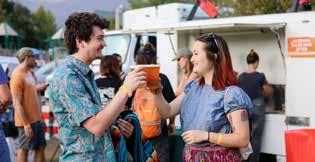


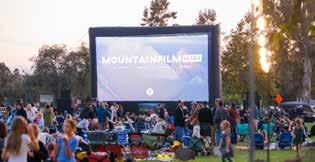
VIRTUAL AUCTION - RAFFLE - LIVE MUSIC - FOOD TRUCKS
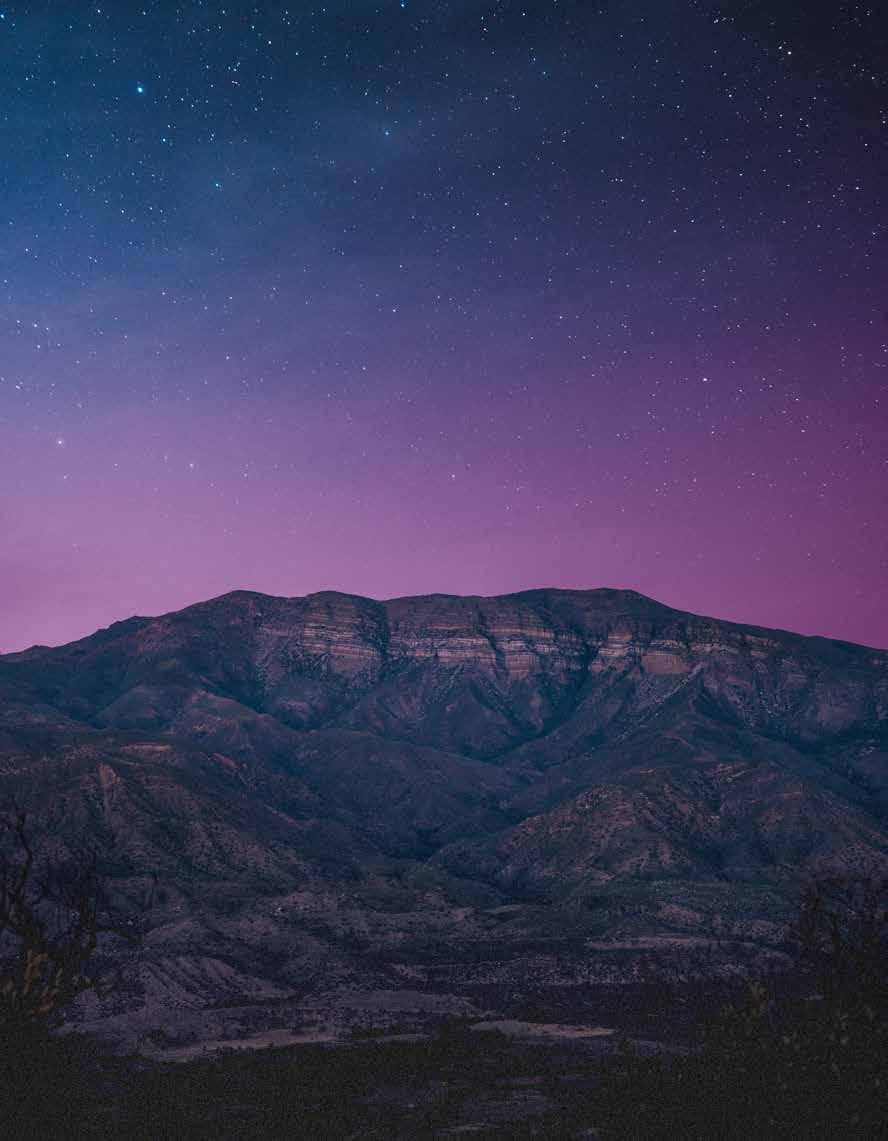
OJAI, CALIFORNIA: SEPTEMBER 19-20, 2025

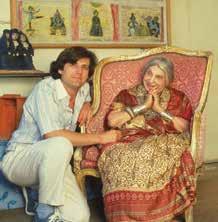
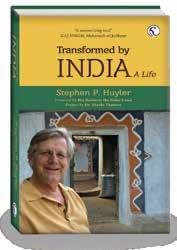


“With an insider’s percipience and an outsider’s appraisal, Huyler tells the story of Indian folk arts and rituals, predominantly stemming from rural women’s worldview. Its soul-stirring anecdotal narrative takes the reader along on his journeys - and once you begin, you cannot leave it halfway.”
Dr. Jyotindra Jain
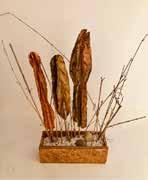


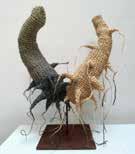
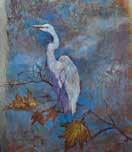




Perhaps it was potter and “the Mama of Dada” Beatrice Wood’s influence, going back nearly 90 years. Maybe it even goes back further, to the Chumash people’s ingenious and astounding artistry with basketry. It’s clear that Ojai has long been a haven for artists. The natural beauty

Firestick Pottery provides classes, studio/kiln space and a gallery abundant with fine ceramics. 1804 East Ojai Avenue. Open from 10 am to 6 pm every day. Gallery Open to the Public. FirestickPottery.com 805-272-8760

Featuring local artists, including William Prosser and Ted Campos. American-made gifts and cards, crystals, and metaphysical goods. 304 North Montgomery nutmegsojaihouse.com 805-640-1656

40+ local artists with unique contemporary fine arts, jewelry and crafts. 238 East Ojai Ave 805-646-5682
Mon 10 a.m. to 5 p.m. Tues-Thurs, 11 a.m. to 5 p.m. Fri 10 a.m. to 8 p.m. Sat-Sun 10 a.m. Third Fridays - 5-7 p.m. with Live Music, Wine & Community OVAArtsgallery.com

JOYCE HUNTINGTON
Intuitive, visionary artist, inspired by her dreams and meditations. It is “all about the Light.” Her work may be seen at Frameworks of Ojai, 236 West Ojai Ave, where she has her studio. 805-6403601
JoyceHuntingtonArt.com
framed so well by the long arc and lush light of an east-west valley lends itself to artistic pursuits, as does the leisurely pace of life, the sturdy social fabric of a vibrant community and the abundant affection and respect for artists and their acts of creation. Come check it out for yourselves.
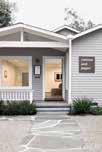
paintings & drawings 20th century & earlier
Thursday – Sunday noon – 5 p.m.
311 North Montgomery Street canvasandpaper.org

KAREN K. LEWIS
Paintings, prints & drawings. 515 Foothill Road, Ojai. Viewings by appointment. 805-646-8877 KarenKLewisArt.com

You haven’t seen Ojai until you visit us!
Local art of all types, unusual gifts, Ojai goods! Open daily 11 a.m. to 5 p.m. 323 Matilija Street
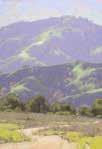
DAN SCHULTZ FINE ART
Plein air landscapes, figures and portraits in oil by nationally-acclaimed artist Dan Schultz. 106 North Signal Street | 805-317-9634
DanSchultzFineArt.com
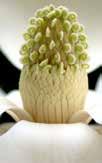
CINDY PITOU BURTON
Photojournalist and editorial photographer, specializing in portraits, western landscapes and travel. 805-646-6263 798-1026 cell OjaiStudioArtists.org

MARC WHITMAN
Original Landscape, Figure & Portrait Paintings in Oil. Ojai Design Center Gallery.
111 W Topa Topa Street. marc@whitman-architect. com. Open weekdays 8 a.m. to 5 p.m.

LISA SKYHEART MARSHALL
is a local artist inspired by the natural world around Ojai and beyond. Open Studio event in October. For more info: OjaiStudioArtists.org or SkyheartArt.com Instagram: @skyheartart

TOM HARDCASTLE
Rich oils and lush pastel paintings from a nationally awarded local artist. 805-895-9642











STORY BY ILONA SAARI
Once upon a time in Villalonga, a beautiful, small village in the mountains of Valencia, Spain where the villagers speak Catalan and have their own very definite food traditions and culture, lived Perfecte Rocher, a sheepherder and farmer.
On a clear day, in this idyllic setting filled with citrus trees, one

can see Ibiza and the sea. About a mile outside this village and close to where Perfecte herded his sheep, was a quarry. Trucks would drive up daily on the mountain’s dirt road to load soil for construction projects.
Perfecte, who loved to cook, decided to nurture that love and feed these truckers by using a simple wood fire on the side of the road. His specialty — paella.
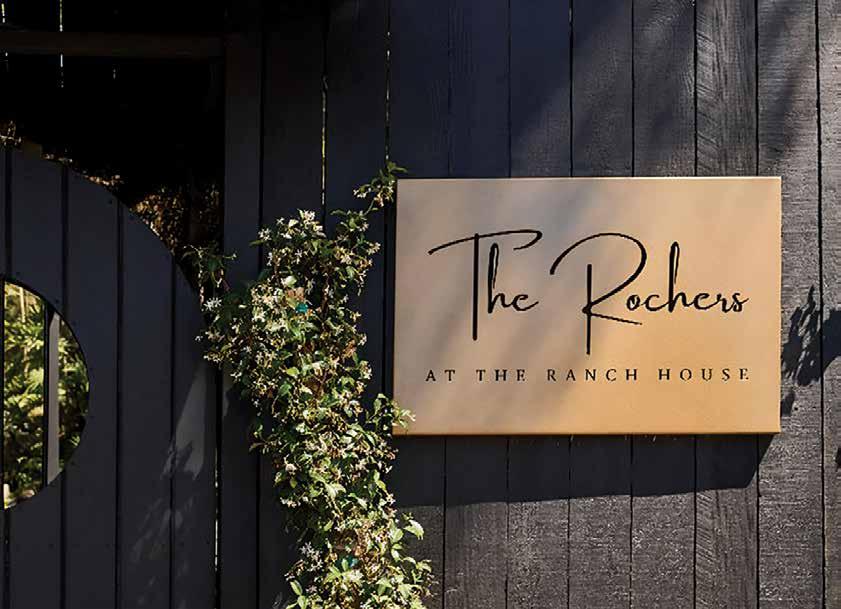
His dish became known outside of the village and folks began driving up from Valencia to enjoy it. This was at the dawn of the 1950s. It was also the beginning of what would become a trifecta of Perfecte chefs.
After a few years of feeding the truckers and Valencians, Perfecte bought the land where he had been cooking and selling his paella and built a little house with a kitchen, bar and patio.
As this tale goes, Perfecte, whose nickname was Tarsan because he was a dead ringer for Johnny Weissmuller, the “Tarzan” movie star of the ‘30s and ‘40s, named his restaurant Tarsan.
He expanded his menu, concentrating on traditional dishes from the Valencian countryside such as espencat (roasted peppers, eggplant peeled and torn into strips) butifarra sausage, and esgarradet (salt cod, peppers, olive oil, garlic mixture) all with ingre-
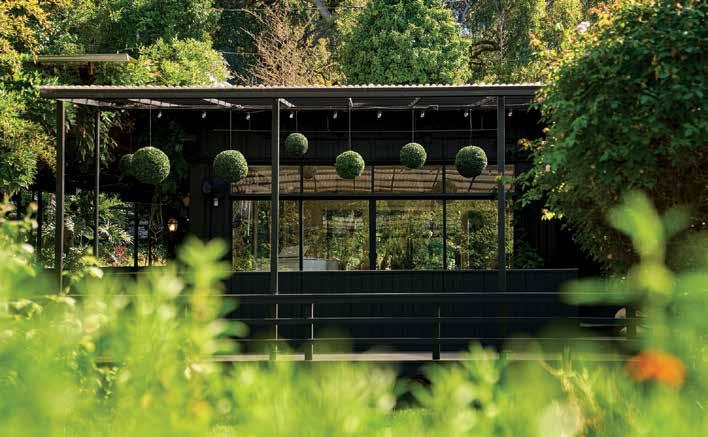
dients from his small farm by a river where he raised chickens, ducks, and pigs — his very own farm-to-his very own table.
As his culinary reputation grew, more and more diners discovered Tarsan and came to enjoy the food and play a traditional Valencia handball sport on the Pilota Valenciana court that
Perfecte had built for his diners to use before, after, and even while dining.
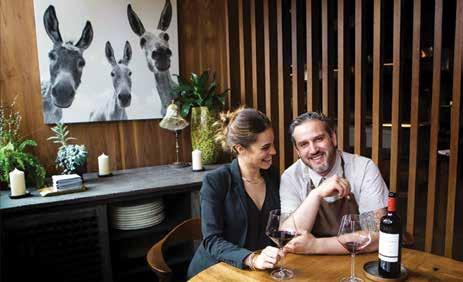
The restaurant expanded to include a butcher shop, and by the 1970s it became such a wellknown dining spot that people from all over Spain drove up the mountain dirt road to relish the restaurant’s delicious offerings. The heir apparent to Tarsan was his son Perfecte (the 2nd), but younger Perfecte, who was playing soccer for the Villalonga village team, had a different dream after the president of Athletico de Madrid saw him perform on the soccer field and recruited him to play professionally.
However, after a year, Perfecte senior wanted his son to return home and run Tarsan.
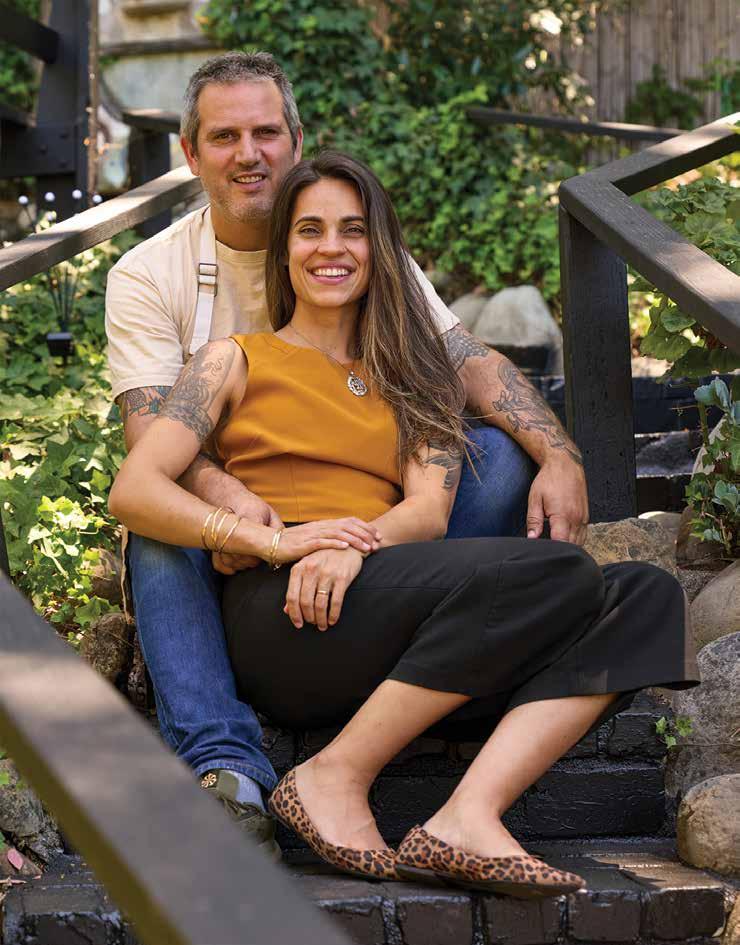

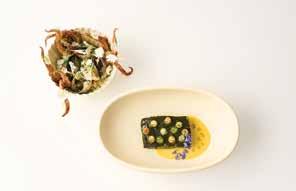

Instead, Perfecte 2nd rebelled and joined the military. When his service was finally over, he returned to Villalonga and took over the restaurant. Perfecte 2nd married and Perfecte the 3rd was born.
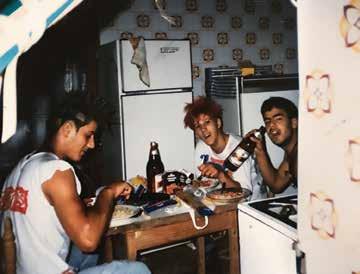
Perfecte 2nd, a relatively new father, and his wife divorced when his son was five years old, and Perfecte 3rd would live 15 days with his mother or his grandparents, and 15 days downstairs at Tarsan where his father lived and worked. Like his father, Perfecte 3rd grew up in the restaurant and was completely surrounded by food, but it was his maternal grandmother, a butcher and a consummate cook, who was his teacher in the kitchen.
Though Perfecte 3rd was steeped in the Valencia village’s traditions, culture, flavors and dishes, his passion was punk rock and he convinced himself that that was his destiny. At age 13, he created the Spermans, a punk rock band that played around Europe.
When asked what instrument he played, he answered “yelling,” but admitted that he played the bass, badly.
By the time he was 17, he was ensconced in London, living on the streets, until one day his life com -
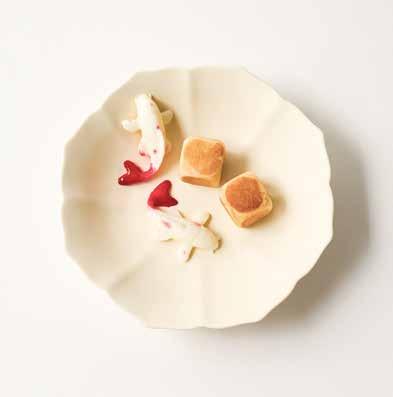
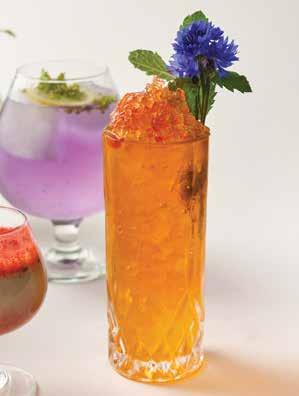
pletely changed when he found a job as a dishwasher and reawakened his love for food. His training in Michelin star restaurants followed, including in Spain’s El Bulli, considered one of the best restaurants in the world.
The kitchen became Perfecte’s stage.
Now “Chef” Perfecte, he decided to move to America. As fate would have it, he was working as a manager for a company which had offices in the States and asked to be transferred. With his visa in hand, he soon found himself in San Francisco, where he eventually went to work for Gary Danko and other fine dining restaurants in the Bay area, including Campton Place, and Manresa in Los Gatos. Chef Perfecte’s reputation grew.
While working at Smoke.Oil.Salt in Los Angeles, Chef Perfecte met his future wife, Alia Zaine, at a farmer’s market. A former
model, she was working at a friend’s restaurant. Alia started in the restaurant business as a hostess, moved into the kitchen as a prep cook, then learned how to manage both the front and back of the “house” (restaurant). Like Perfecte’s grandmother, Alia was also butcher. Kismet!
After becoming a couple and working in different places, including pop-ups in Los Angeles and Seattle, Chef Perfecte and Alia opened their own restaurant, Tarsan i Jane, Perfecte’s homage to his grandfather as well as the family’s restaurant in Villalonga and his partnership with Alia.
The restaurant became known for its modern Valencian cuisine with a Pacific Northwest twist which included a weekly paella, a nod to his grandfather’s signature dish.
Tarsan i Jane earned 4 out of 4 stars from the Seattle Times and in 2017 was named by GQ Magazine as one of America’s top 10 restaurants.
After selling that restaurant, the Rochers moved to San Diego, where Chef Perfecte oversaw the culinary operations for Consortium Holdings (CH Projects), a group known for its innovative
and diverse restaurant concepts.
But they dreamed of owning a restaurant again, and when they heard Ojai’s beloved landmark restaurant, The Ranch House, was for sale, another kismet moment blossomed. They had known about Ojai through Alia’s father who had gone to school here, and returned often over the years to continue to experience what many call Shangri La.
Though Chef Perfecte and Alia never imagined they would find their way to her father’s beloved valley, it was “meant to be.” With their two young children enrolled in the Rock, Tree, Sky Learning Center, they have fallen in love with Ojai which reminds Perfecte of the beautiful, small village where he grew up... with the valley’s mountains and trails, its citrus orchards and its proximity to the ocean.
As a former punk rocker, Chef Perfecte describes his culinary style as a band of musicians blending basic blues three notes, with a touch of jazz and classical, and a pinch of rock’n’roll.
Continuing The Ranch House’s prix-fixe menu, the Rochers offer a four-course tasting-menu that will include local seasonal produce and fish in season. The tastes are based on traditional Valencian recipes reinvented through the lens of Ojai.
Future plans include reopening of the bakery window for takeout, offering freshly made Valencian coca de pasta bona of meat, fish or vegetarian. Chef Jose Andres describes Valencia’s coca as the original pizza/flatbread which the Italians “borrowed and added cheese.”
The Rochers’ guiding business principle is to be humble, kind and take care of their customers while bringing a fresh perspective to this historic restaurant.



The Rochers at the Ranch House will offer dinner by reservation only, Thursday through Monday evenings. With advance notice, dietary accommodations are warmly welcomed.
Reservations can be made online as there is no phone number for booking. For updates and reservations, please visit:
www.therochersrh.com


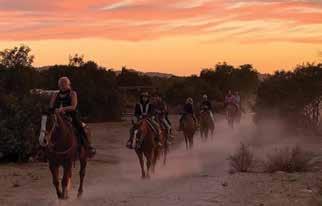
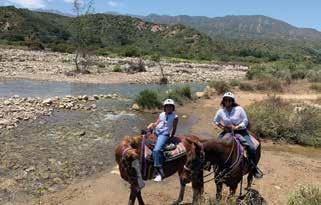















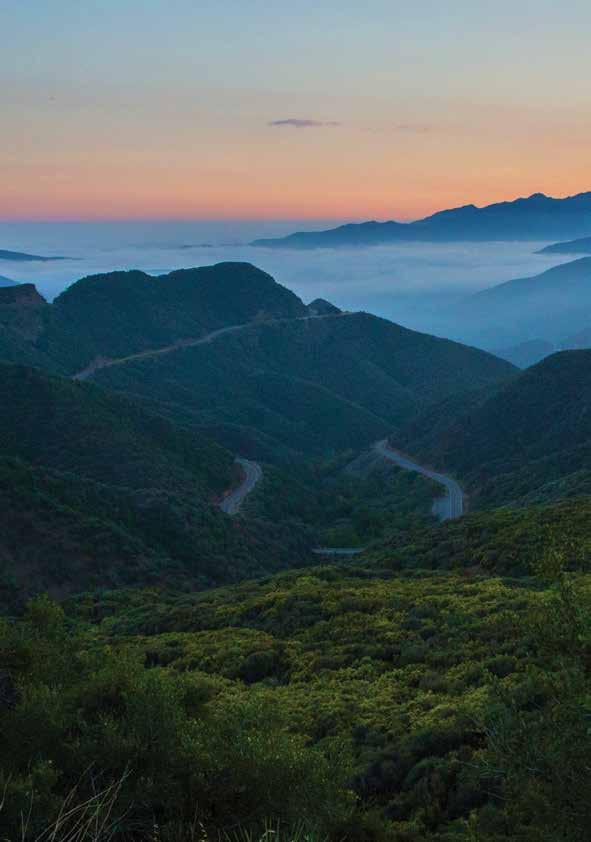




Our Ojai hospital is a nonprofit, community-based, acute care facility serving the residents of Ojai Valley. This 25-bed acute-care facility serves residents with a variety of critical services:
• 24/7 emergency care
• Inpatient care
• Imaging (MRI, x-ray, 3-D mammography & more)
• Laboratory services
• Transitional care (nursing & rehabiliation after hospitalization)
Community Memorial Hospital – Ojai 1306 Maricopa Highway | 805-948-1401
As the only skilled nursing and rehabilitation facility in Ventura County located on a hospital campus, our 75-bed Continuing Care Center offers short-term and long-term care.
• Post-surgical care
• Short-term skilled nursing & rehabilitation
• Long-term, custodial care
• Hospice & palliative care
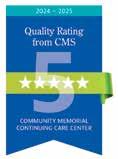
• Physical, occupational & speech therapy
• On-site imaging, phlebotomy & lab services
Phone: 805-948-2000


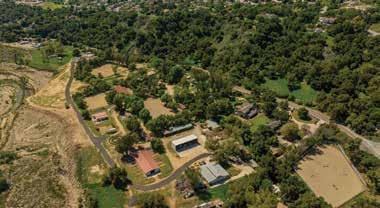
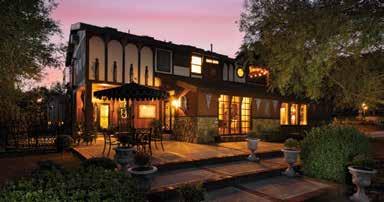

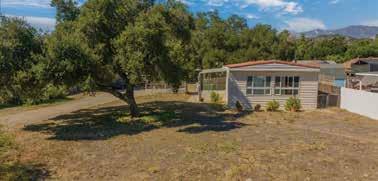

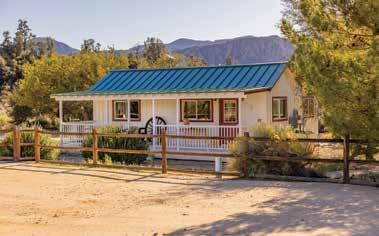



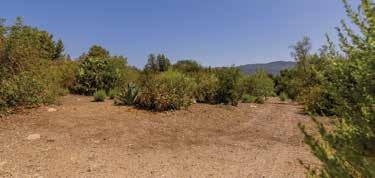
Bordered
$950,000

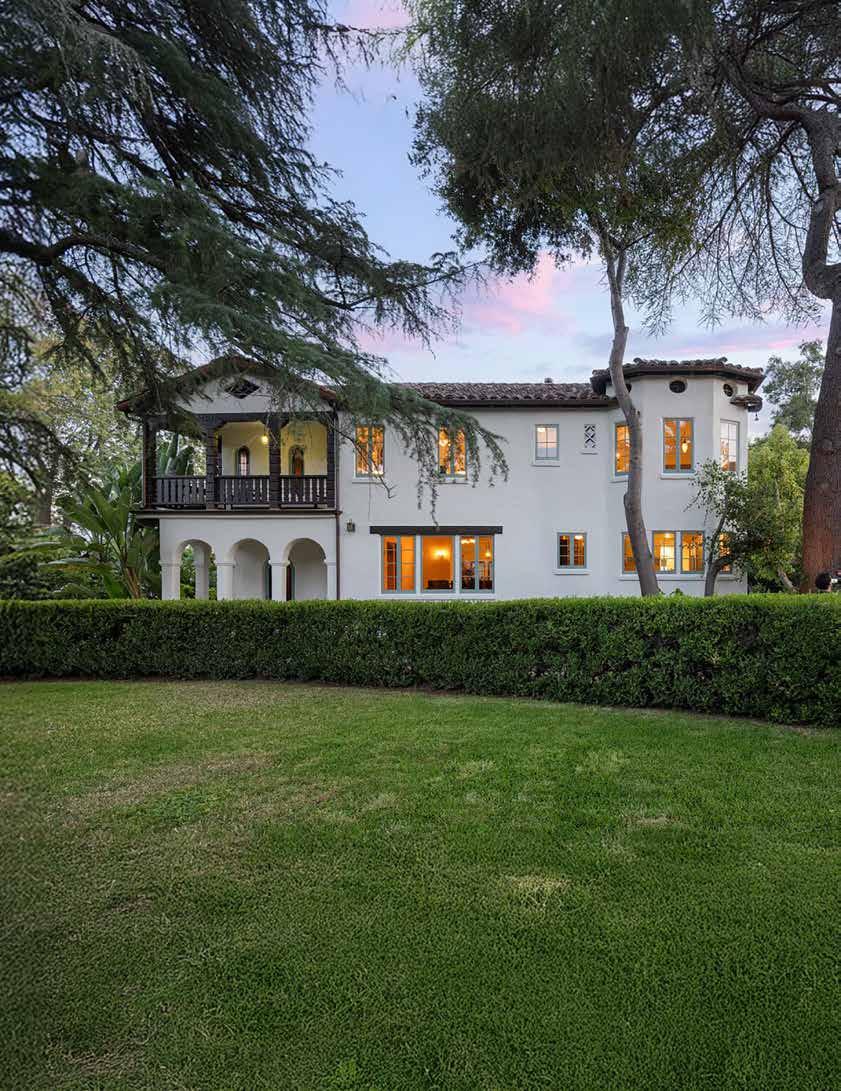
Perched above Meiners Oaks like a queen on a terra-cotta throne, Acacia Mansion has lorded over the Ojai Valley since 1929, radiating spiritual swagger, Mediterranean flair, and unapologetic Theosophical mystique. Sardine tycoon David Baird — fresh off a fishing fortune in Newfoundland — commissioned this Spanish Colonial Revival stunner as a bold architectural exclamation point in a landscape of humble bungalows and dusty barns.

STORY BY BRET BRADIGAN
PHOTOS BY TYLER HOGAN
When Theosophical Society president Annie Besant visited Ojai in 1927, she declared it ripe for a “Centre … a miniature model of the New Civilization.” That clarion call lured mystics, misfits, and visionaries — including David and Madeline Baird, who arrived with open minds and deep pockets.
Baird tapped Finnish-born architect John Roine, a builder with a sculptor’s soul and a flair for drama, to conjure a Moorish-inflected dream home at 205 South Lomita Avenue. Picture arched doorways, carved wooden beams, wrought-iron railings curled like calligraphy, and hand-pressed Batchelder tile shipped in from Pasadena — each element chosen with symbolic purpose and aesthetic intent. Roine’s design didn’t just shelter its inhabitants; it elevated them.
Sadly, Baird died before construction wrapped. Madeline, elegant and determined, took the helm, overseeing the mansion’s final flourishes. She lived there until her death in 1939, presiding over a lively salon of seekers, skeptics, artists, and the occasional visionary with a penchant for deep discussion and good company.
That eccentric constellation included Roine himself (who later built Ojai’s mini “Taj Mahal”), found-object artist Tynne “Toony” Meittenen, and sculptor John Palo-Kangas — all orbiting the magnetic figure of Jiddu Krishnamurti, whose talks in the Oak Grove attracted thousands to this tiny corner of California each year.
Inside, Acacia Mansion is all theater and texture. A three-flight staircase rises opposite the entry like a grand gesture, sweeping guests upward past amber-stained glass and into the belly of a chandelier-lit dream. Floors of pink terrazzo and inlaid oak gleam beneath hand-stenciled ceilings. Batchelder fireplaces anchor the rooms with Arts & Crafts gravitas. Every detail pulls double duty — part ornament, part invocation.
Even the windows feel designed to whisper. Tall arched casements, Palladian shapes, fixed panes, and stained glass frames — all nested in squared stucco sills — filter the Ojai light like a cathedral. And then there’s the door: carved wood, wrapped in decorative tile, shaded by an iron-and-glass awning. It looks less like an entrance and more like an initiation.
Though long dubbed the Baird Mansion, Madeline preferred “Acacia Mansion” — a name steeped in Theosophical meaning. The acacia tree symbolizes rebirth, purity, and eternal



wisdom. That spiritual resonance gave the house an identity beyond brick and mortar.
Over the decades, the mansion transformed, but never lost its soul. The Mangeon family added a Catholic shrine. Bernie and Della Williams held court here from 1960 to 1976, treating the home as both sanctuary and salon. When Kristina Knapic and John DeVito took ownership in 2010, they brought the care and preservation the place deserved. That
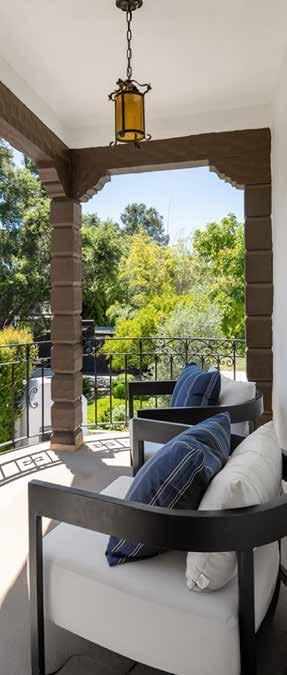

ABOVE: THE INSET, ARCHED FRONT DOOR IS SURROUNDED BY DECORATIVE BATCHELDER TILES, WITH A WROUGHT IRON AND AMBER STAINED GLASS AWNING ABOVE THE CARVED WOODEN DOOR
BELOW: A THREE-FLIGHT STAIRCASE RISES OPPOSITE THE ENTRY TO A SECOND FLOOR ARCHED BALCONY WITH DECORATIVE IRON BANISTERS AND RAILINGS


OTHER FEATURES INCLUDE DOUBLE HUNG, FIXED PANE, TALL ARCHED, PALLADIAN, MULTI-LIGHT CASEMENT AND STAINED GLASS WINDOWS. MANY OF THE WINDOWS HAVE SQUARED STUCCO SILLS
same year, Ventura County designated it Historic Landmark #170.
Acacia Mansion is now a private residence, its gates closed but its aura undiminished. It remains under the protection of the Mills Act, ensuring its architectural integrity endures. History buffs still walk by with quiet reverence. Design lovers stop to photograph the front door like it’s the cover of a long-lost novel.
The symbolism is rich: Moorish arches, sacred acacias, tiled altars to craft and
intention. Annie Besant once urged followers to embrace “purity and simplicity of daily life, by living the open-air natural life rendered possible by the climate ... The emotions that find expression in art and in the enjoyment of beauty … should be diligently cultivated.”
What better place to realize that vision than here, in a house that still sings in light and shadow?
David Baird, the sardine magnate from Newfoundland, and his wife Madeline brought Mediterranean flair to the Ojai Valley with his commission of the Acacia Mansion. Spiritualists with a taste for the opulent, the Bairds sought out John Roine, the Finnish-born architect who was also part of their tight-knit circle, who was well known for his work in Santa Barbara’s revivalist boom. Roine’s attention to craftsmanship, symmetry, and symbolic detail gives the home its enduring magic.






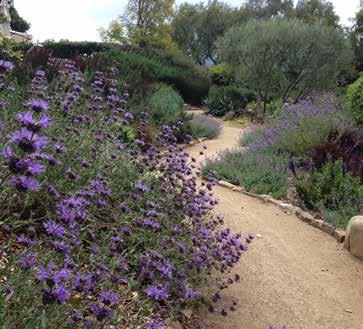





BY ROBIN GERBER


On January 15 of this year, my husband fell from the ,effects of Parkinson’s and started screaming “Call 911, call 911, I broke my back.” He was right. After a few days at the local trauma center, he was transferred to our own Community Memorial Hospital branch here in Ojai.

Our hospital evokes a Spanish mission with its belltower, front plaza graced by a generous tiled fountain and a lobby welcoming visitors with lemon-and-orange infused water. The lobby is rarely crowded. Same for the handful of main hallways. Most beds were full, yet I didn’t sense the barely controlled chaos that pervaded the county trauma center.
I visited my husband several times each day. The days stretched to weeks, and I got to know the doctors, certified nurse assistants, maintenance and food staff, various therapists, and most of all, the nurses.
I noticed the respect and camaraderie among all the staff whether they were cleaning, serving food, doing physical therapy, or seeing patients as the doctor on call. As a leadership trainer, I recognized not just a well-run organization, but one where people genuinely enjoyed their jobs. I realized that Ojai hospital is far more than a beautiful building. The extraordinary culture of service of those who work there is what makes our little rural hospital so special.
Ed Pulido, director of nursing, will tell you that he hires people for their attitude. “This is the best team I’ve ever worked with. They are doing their best, working for patients, making personal connections. We focus on patient satisfaction because it’s tied to great patient care.”
Ed began his hospital career in high school. While his friends worked in fast food, he volunteered at Ventura County Medical Center. At 16, he started training to be a Certified Nurse Assistant. That meant he missed Friday night football games, but
he had a fascination with disease and healing that pushed him forward.
He’s been with Community Memorial Healthcare for 35 years. He and his family have been part of the Ojai community even longer. “The other day my Dad’s friend came in,” Ed says, “I’ve known him since I was five years old.” He laughs as he talks about the moment he realized that another patient was his former first grade teacher at Oak View School.
Over the years many of Ed’s family and friends have been cared for at Ojai hospital. “I am proud to be part of this community,” Ed says, “and even prouder to lead such a fine group of professionals.”
These are the connections, the deep roots, that make the hospital staff so special.
In the early days of my husband’s hospital stay I met Clarissa Swallows, a nurse with a quick smile and great warmth in her eyes. She was six years old and living in Bakersfield when her father had a quadruple bypass. She spent two years taking care of him as best as a little child could. Her mom worked to support the family. But even after her father recovered, Clarissa was not done with caregiving. At 16 she dropped out of high school, finishing through independent study as she cared for her mother and grandmother, who were both ill. Her grandmother died the next year, but her mother’s illness, lupus, grew worse. Meanwhile, her father was developing Alzheimer’s.
Clarissa took care of her parents and took over her mother’s building management job to support them. Their needs were complex, her mom was on a rollercoaster of illness, and Clarissa’s job was demanding. But she didn’t regret or resent her life. “I knew what my destiny was,” she says with absolute conviction. “I knew I would have to take care of them, but we always had


joy. My dad would dance with me, and when I had a baby girl, we named her Sunny Valentine.”
After her parents died, Clarissa got requests from family friends to care-give. Within a year she had a waiting list. Her clients loved her and encouraged her to become a nurse. “It’s very hard to become an RN without even a college degree,” Clarissa says with a smile that makes it clear nothing was going to stop her. In 2023, she graduated from nursing school. She was sent to Ojai to practice interviewing, but was told she should work at the main hospital in Ventura. “I ended up with eight offers,” Clarissa says, “but I had left my heart in Ojai. I’m so glad I came here.”
You can feel Clarissa’s energy and joy as she walks the halls, busy with her duties. “We create our own family here,” she says, “and you don’t often find that.”
If there’s an anchor to the nursing ‘family,’ at Ojai Hospital, it is Hollie Priddy, nursing case manager. Hollie has the tough job of being a patient advocate, coordinating and facilitating the services and support needed to improve people’s health. Hollie’s the person who helps you navigate the health care system and get the right resources. This is a massive task, as you quickly learn if you have a major health crisis.
Hollie’s the oldest child of a ranching family from Redding, California and started her nursing career in the San Francisco Bay area. Her family noticed early that Hollie was always taking care of everyone, and the sometimes-bloody work around ranch animals didn’t bother her.
Hollie says she misses ranch life, where you’re “very connected to the earth, notice the seasons change, can hear the grass grow, ride horses, and move cows.” But she said there are parallels to her hospital work. “On the ranch you go out and check on everything and become very sensitive to problems and suffering.”
Hollie’s been at the Ojai hospital for 26 years. “Before I came to Ojai,” Hollie recalls, “nursing had become about higher pay rates rather than a ‘calling.’ Then I came to Ojai and everyone cared.”
In her long tenure, Hollie has also mentored others as they discovered their path to nursing. Gloria Martinez was hired by Hollie right after high school. Gloria says, “Nurses like Hollie inspired me by leading by example. You could see their love for nursing, their compassion, their inclusive attitude toward nursing assistants, and their smiles and dedication.”
Gloria’s parents came from Mexico. She’s the first in her family to get a professional license. It took her six years full time, and she had two daughters as she studied and worked to become a nurse. “In the city, I never saw the people I treated when I was outside the hospital, but in Ojai it happens a lot,” Gloria says. “Some patients are repeats.” Gloria smiles, “They’re like part of the family.”
As Gloria spoke I remembered her coming into my husband’s room as her shift started. He had only been at the hospital a few days. He was still in a lot of pain. “Did you have a nice break from here?” I asked Gloria as I got ready to pepper her with questions. She smiled. “Honestly, I couldn’t wait to come back to work. I love my job.” I could see she meant it. She answered every question patiently and with clear compassion. That’s when I started to realize I was in a special place.
Susanne Grigsby is another RN at Ojai Hospital, where she’s spent 23 years in a variety of jobs. She loves being a Resource RN on the medical/surgical unit, along with giving IV infusions and doing pre-op for same-day surgeries. On Med/Surg, as it’s called in hospital lingo, Susanne says, “There’s a variety of diagnoses. Everyday I’m learning and expanding my education.”
Suzanne also loves the teamwork and respect between and among the staff. “This is a very welcoming place. There’s no such thing as ‘That’s not my job’ here. We team up to help each other. I look forward to coming in every shift.” She smiles. “Work is my happy place away from home.”
Nobody wants to end up as a patient at any hospital, but if the worst comes to pass, Ojai hospital’s extraordinary staff is there for us. So, when you see that nurse or other hospital staff person in the community, the one who took your vitals, or brought your food tray, or helped with your pain, give them an extra smile. They deserve it.
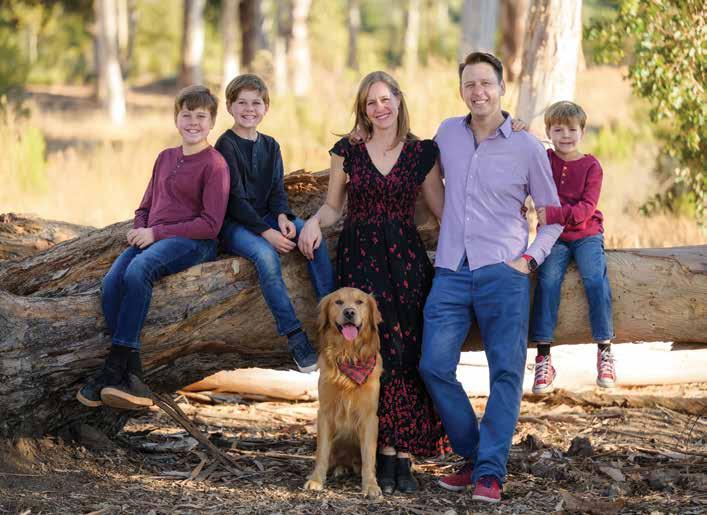
“We specialize in biomimetic principles. Biomimetic dentistry is the reconstruction of teeth to emulate their esthetic and natural form and function. It is the most conservative approach to treating fractured and decayed teeth — it keeps them strong and seals them from bacterial invasion. By conserving as much tooth structure as possible, we can eliminate the need for many crowns and root canals.”

JACALYN BOOTH
Certified Colon Hydrotherapist
Ojai Digestive Health
With more than 30 years of experience in healing modalities, Jacalyn brings a deep level of caring to the art of colon hydrotherapy. Professional, nurturing, experienced. OjaiDigestiveHealth.com 805-901-3000


DR. NANCY DOREO
is a naturopathic doctor and chiropractor specializing in Applied Kinesiology. Modalities include: IV therapy, Homeopathy, Flower Essences, CranialFacial Release, Gentle Manipulation, Acupuncture Meridians, Massage Therapy. DrDoreo.com 805-777-7184
DR. JOHN R. GALASKA
Quintessential Mind-Body Practice. Hypnosis based on Neuroscience, boosted by EEG. Neurofeedback & Biofeedback for anxiety and insecurity. Early childhood issues. Peak performance for Arts & Sports. Strengthen Vegal Tone. Face-to-Face or online.
BeCalmOfOjai.com 805-705-5175

SECURE BEGINNINGS
Pre-birth to 3; pre/post-natal wellbeing; infant/toddler development; parent education/support. SecureBeginnings.org info@securebeginnings.org 805-646-7559

LESLIE BOUCHÉ, C.HT.
Cert. Hypnotherapist
Find your calm center. Release negative thinking, emotional reactivity, anxiety, fear and unhelpful behaviors. Improve sleep and comfort. Safe, loving, rapid change. It’s time to feel better! leslie@lesliebouche.com LeslieBouche.com | 805-796-1616

LAURIE EDGCOMB
Lic. Acupuncturist since 1986, voted best in Ojai! Natural medicine including Microcurrent, nutritional and herbal consultation, Facial




itive heart each session will unlock your inner Vibrant Wellness. VibrantWellnessOjai.com 916.204.9691

MICHELLE BYRNES
Elemental Nutrition
Nutrition & Wellness counseling focused on anti-aging, detoxification, personalized nutrition, & weight loss. For more information, visit elementalnutritioncoach.com 805-218-8550
LAUREL FELICE, LMT
Offers Swedish, deep tissue, reflexology, reiki, cranialsacral and pre and post natal massage with a reverent and joyous balance of hands and heart. laurelfelice54@gmail.com
805-886-3674
LLOYD MOSS
•Helping you uncover the path that is right in front of you
• Clarify what truly matters to you
• Break through what’s been holding you back
• Take action with purpose and confidence
JULIE TUMAMAITSTENSLIE
Chumash Elder
Consultant • Storyteller • Spiritual Advisor • Workshops Weddings & Ceremonies
JTumamait@hotmail.com 805-701-6152
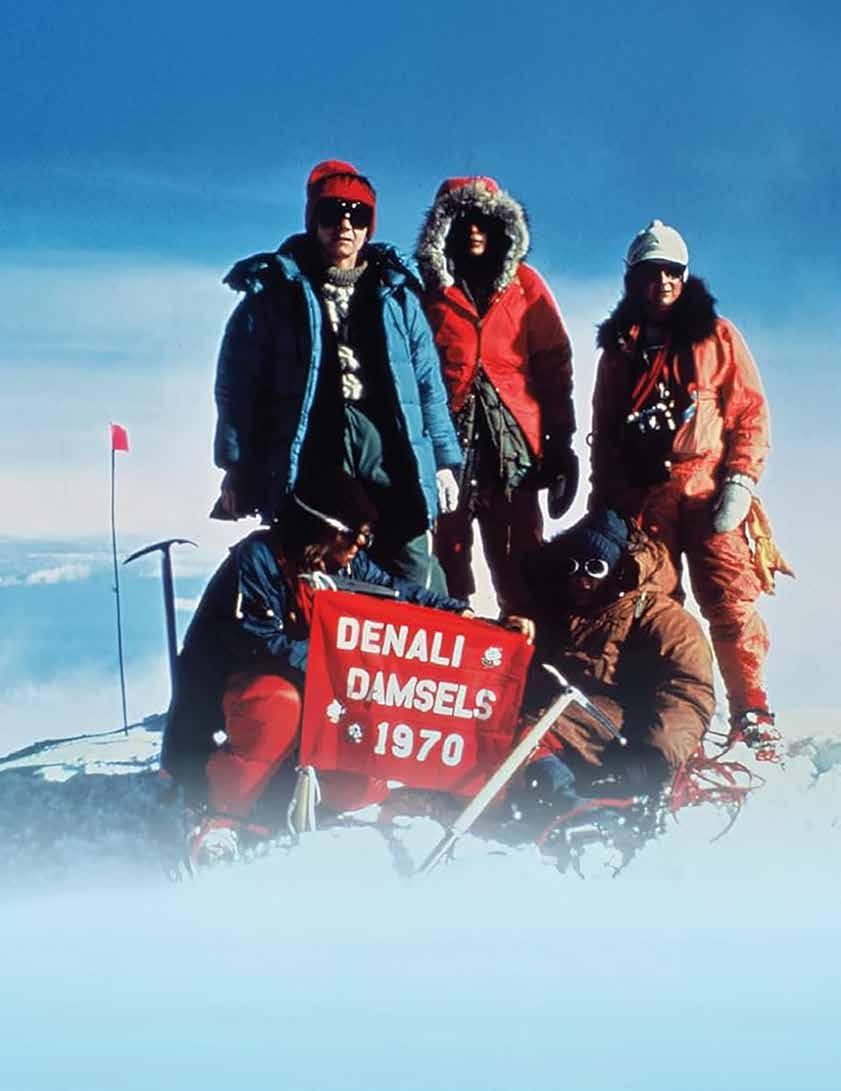

HUGHES YOUNG, WHO GREW UP IN THE EAST END. HER ONETIME NEIGHBORS HAVE VIVID MEMORIES OF THE ENTIRE HUGHES FAMILY, WHICH LEFT A NOTABLE IMPRINT ON OJAI — AND, IN MANY WAYS, ON AMERICA.
BY MARK LEWIS
ALDOUS HUXLEY took the podium and faced the audience seated expectantly before him, in the biggest room of the main building of the Happy Valley School. The date was June 14, 1951, and the famous British novelist had prepared an eloquent commencement address for the Happy Valley Class of ‘51. His theme was “Aun Aprendo” – Spanish for “I am still learning,” a motto Huxley had borrowed from the painter Francisco Goya.
“Great poets, great painters and composers are uncommon,” Huxley said. “But fortunately, there are many fields besides artistic achievement in which men and women can go on learning.” Among these fields, he noted, was “the field of science and technology.”
Huxley’s now-famous address was delivered to a comparatively tiny audience. The school, which he had co-founded four years earlier, could muster only four graduating seniors in 1951. Among them was 18-yearold Margaret Hughes, who must have pricked up her ears at the writer’s approving reference to science and technology. Margaret was planning to attend the Massachusetts Institute of Technology, which her fabulously wealthy great-grandfather had co-founded, and where her scientist father had earned a degree.
Margaret would be one of only 50 women in an MIT undergraduate student body of about 2,000.
The audience for Huxley’s speech also included Margaret’s immediate family: Her father, Walter Scott Hughes; her mother, Paula Hughes; her younger siblings Kate, 14, and Arthur, 7.
“I definitely remember the graduation,” said Arthur, now 81, in a recent interview with the Ojai Quarterly. “Huxley, with very thick glasses, was at a podium and gave his ‘Aun Aprendo’ speech and the four graduates were to the right, including Margaret.”
Margaret features prominently in a new and much-lauded book, “Thirty Below: The Harrowing and Heroic Story of the First All-Women’s Ascent of Denali,” by Cassidy Randall. Here in Ojai, its publication provides an occasion to recall not only Margaret, but also her siblings, parents, and grandparents, all of whom left a lasting impression on this community. Their story is a multigenerational saga that stretches all the way back to 1830, when a Boston teenager of slender means set out to seek his fortune on the other side of the world.
JOHN MURRAY FORBES was only 17 when he boarded a sailing ship bound for China. Like other American merchants operating in Canton in the 1830s, he smuggled opium into China and used the profits to buy tea and other Chinese goods, which he then exported to the U.S. After amassing a considerable nest egg, Forbes returned to Boston and invested it in railroads and other projects. These investments earned him an enormous fortune, which he used to support the political causes he favored.
A fervent abolitionist, Forbes actively supported Abraham Lincoln for the Republican nomination in 1860. When the Civil War erupted, he undertook a secret mission to Britain to stop the South from acquiring the so-called Laird rams, two powerful ironclad warships being built for the Confederate Navy. The idea was that Forbes would secretly offer vast sums to the shipbuilder to double-cross the Confederates and sell the rams to the U.S. government instead.
While in England, Forbes cultivated anti-slavery Britons such as Thomas Hughes, author of the popular novel “Tom Brown’s School Days,” and Hughes’s sister Jane Elizabeth Senior. Forbes never did manage to buy the two rams, but anti-Confederate agitation by Jane Senior and others helped persuade the British government to step in and seize control of the warships, thus effectively denying them to the South. Mission accomplished, Forbes sailed for home.
The friendship he had struck up with the Hughes family deepened in 1872 when Forbes’s youngest child, 19-year-old Sarah, moved to London to study art. While there, she fell in with Jane Senior’s social circle, which included another of Jane’s brothers, William Hastings Hughes. Eventually, after Hastings moved to America, he and Sarah were married. They had two children together, Walter (born 1888) and Dorothea (1891).
Meanwhile, John Murray Forbes was getting richer and richer. (One investment that panned out rather nicely was a struggling start-up founded by Alexander Graham Bell to market his newfangled invention, the telephone. The Forbes family’s money and business acumen helped transform that struggling start-up into AT&T.)
Forbes doted on his grandchildren, including Walter, who grew up in Milton, Mass., and on Naushon, an island near Cape Cod that his grandfather owned. But his mother considered him a sickly child, prone to colds and bouts of




BY SARAH HUGHES CIRCA

bronchitis. So, when Forbes died in 1898 and Sarah came into her inheritance, she decided to move Walter to a place with a hot, dry climate that would be better for his lungs. That place turned out to be Ojai.
THE HUGHES FAMILY arrived here late in 1898 and moved into a newly built, two-story house on Thacher Road designed for them by Edward Thacher, proprietor of the Topa Topa Ranch. The Hugheses made a splash in the neighborhood due to their unusual mode of transportation.
“They had the first car in Ojai,” said Anne Friend Thacher.
The family wintered in Ojai, where Walter attending the Thacher School for part of the year, and summered in Massachusetts, where Sarah devoted part of her inheritance to improving public health. In this field, her impact was enormous and nationwide.
“For 15 years, she anonymously donated thousands of dollars to M.I.T. each year for research on treating human waste,” the school’s website states. “By the 1920s, sewage purification systems — developed partly thanks to Hughes’s support — had reduced rates of typhoid fever significantly.”
After her death, the head of M.I.T.’s biology department paid Sarah this tribute: “We shall long cherish the memory of her alert, original, incisive and powerful personality; of her determination to uphold whatsoever things are lovely and of good report; and her eagerness to put down all evil, to do away with filth, and to cleanse and purify the dirty places of this too-often unclean world.”
By 1902 it had become obvious that there was nothing wrong with his lungs, so the family stopped wintering in Ojai. But
they held on to the house. Walter would stay there during his periodic visits to Ojai over the next four decades. When he finally returned as a full-time resident in the fall of 1946, he was 58 years old, with a family of his own in tow.
Paula, 15 years younger than her husband, was English; she and Walter had met at Cambridge University. Arthur was three; in a year or two he would attend the Monica Ros School, where he would meet Anne Friend (who is now Anne Thacher, and still good friends with Arthur). Kate, nine, was enrolled at the Ojai Valley School, where she already exuded the star quality that would mark her entire life. Margaret, the teenager, attended Happy Valley School, then located in Meiners Oaks. (Margaret had been expelled from her previous school for refusing to attend Sunday services; happily, Happy Valley had no such requirement.)
The East End in those days was home to many eccentric and/ or exotic-seeming characters, including the Austrian-born actor Norbert Schiller, the English-born actress Iris Tree, the actress-turned-potter Beatrice Wood, and the Indian-born philosopher Jiddu Krishnamurti. The Hugheses fit right in.
“There wasn’t a one of them that was completely sane,” observed Anne Thacher, with affection.
Keith Nightingale, another East End neighbor, recalled the time Arthur got crosswise with the San Antonio School principal:
“Very early, in San Antonio, Arthur declared that he was an atheist! This was the early ‘50s. The principal, Ellis Harms, went bananas and scolded Arthur in front of the entire fifthsixth grade. (We were all together in the same room). Arthur wouldn’t budge, and Mr. Harms was constantly aggravated.”
THACHER SCHOOL STUDENTS AND FACULTY, 1901. WALTER HUGHES IN THE SECOND ROW, THIRD FROM RIGHT.

According to Arthur, Harms retaliated by casting him as the Christ Child in the school’s Christmas pageant. Paula resolved the issue by transferring Arthur to the Happy Valley School.
Nightingale and his friends, the Chambliss boys (sons of Woody and Erika), lived across the barranca from the Hughes place.
“We would get into rock fights with Arthur and then get together at his house,” Nightingale said. “The house was large by East End standards, and his dad always seemed grumpy and considerably older than our fathers. Paula Hughes, the mom, was always very friendly and on good terms with all our parents.”
Paula gradually was absorbed into the Happy Valley social circle. She became close to the school’s director, Rosalind Rajagopal, and she was on good terms with Krishnamurti, who lived nearby on McAndrew Road.
“She used to walk around the block with him,” Arthur said.
As for Walter Hughes, if he was always grumpy, he had good reason. He was depressive and in poor health, and he also was being investigated by the FBI as a Communist sympathizer. (Per his son Arthur, Walter was not a Party member, but he was an enthusiastic fellow traveler who contributed large sums to the Communist cause.) He died at 65 in December 1953, of injuries suffered in a car crash caused by a stroke he suffered behind the wheel.
Margaret was still at MIT when her father died. While in college, she married a fellow student, Bob Young, and gave birth to a son, Colin. She also took up flying and rock climbing. The marriage would not last, but her passion for climbing rocks never abated, and
the rocks just got bigger and bigger.
After MIT, Bob got a job in Palo Alto, Calif., which suited Margaret just fine. The area abounded with scientists and was within driving range of mountains that were a lot taller than any rocks one could climb in New England. Science and mountaineering were Margaret’s two main interests; she tended to tune out if the conversation shifted to other topics. “Margaret was a little Aspergersy,” Arthur said. “She was always a bit remote.”
Back in Ojai, meanwhile, Kate — the middle sibling — was now at Happy Valley School, starring in theatrical productions and dance recitals. “Kate was always the prima donna in these things,” Arthur said. “At Happy Valley she was hot stuff. She played the lead in all the Shakespeare productions under Ronnie Bennett.”
She graduated from Happy Valley in 1955. She had been accepted at Julliard in New York City, where she planned to study modern dance under Martha Graham. But she abandoned those plans after getting pregnant by a former Happy Valley student. She gave birth to her daughter, Marni, and began pursuing a modern dance career in Los Angeles, eventually joining Bella Lewitzky’s celebrated troupe as a dancer and choreographer.
A natural-born bohemian, she also plunged into L.A.’s nascent beatnik coffeehouse scene, and she began promoting folk music concerts with her friend (and later her husband) Ed Pearl. In 1958 they co-founded the legendary Ash Grove folk-music cabaret on Melrose Avenue, where a cavalcade of prominent folk and blues artists would perform over the years. The Ash Grove had much to do with L.A.’s evolution into America’s popular-music capital. Linda Ronstadt and Kris Kristofferson got their starts at that club.
By the mid ‘60s, Kate had segued from dance to teaching. She also was devoting herself (and some of her inherited share of the Forbes fortune) to the civil rights movement. And her younger brother, Arthur, was following in her footsteps.
As a teenager in Ojai, Arthur had blossomed into an artist while taking lessons from the painters Gui Ignon and Gerd Koch. Arthur left Ojai in 1960, transferring from Happy Valley to a school in Colorado, from which he graduated in 1962. From there it was on to Bard College, north of New York City. Like Kate, Arthur was drawn to social justice causes. Radicalized by the anti-war movement, he became a longtime member and a financial supporter of the Socialist Workers Party. And Margaret? She was climbing mountains.
IN THE FALL of 1969, Arlene Blum was one of a group of women mountaineers planning to summit Mt. McKinley together. At 20,310 feet above sea level, McKinley/Denali is the tallest peak in North America. Hoping to recruit 37-year-old Margaret Hughes Young to the team, Arlene knocked on Margaret’s front door and found herself admitted to an indoor junkyard.



“The foyer she stepped into was crowded with metal shelves piled with an array of what might appear to be junk to the casual observer: a mishmash of climbing gear, airplane parts, fossils, tools, ropes, electronics, pieces of wood … and dusty books and manuals,” author Cassidy Randall wrote in her book “Thirty Below.”
“One would never have guessed that this disheveled mad scientist with packrat tendencies was astronomically wealthy – that Margaret was in fact the great-granddaughter of the railroad magnate John Murray Forbes.”
Margaret joined the expedition, and she supplied the team with their nickname: the Denali Damsels. She and another woman were the first to reach the summit on July 6, 1970. All six team members
summitted that day, and all six survived the harrowing descent amid a storm that almost killed them. (For the full story, read Randall’s book. Highly recommended.)
Two years later, Margaret became a coholder of the highest ascent on record for a woman living in the Western Hemisphere, when she scaled Mt. Noshaq in Afghanistan, 24,580 feet above sea level. (That record has since been broken.) Then, in 1977, while riding a horse at sea level on Naushon Island (still owned by John Murray Forbes’s descendants), Margaret was thrown from her mount and paralyzed from the waist down. Undaunted, she began to study a new subject, solar energy.
Margaret Hughes Young died from colon cancer in Palo Alto in 1979, at age 47. At her memorial service at Stanford University, her fellow Denali Damsel Arlene Blum paid tribute: “I started climbing with Margaret in 1969 and found her over the years to be one of the most unique and complicated characters I have ever known. In fact, one of the world’s great characters.”
Blum noted that Margaret’s favorite activities — climbing mountains, flying her airplane, caving, hang gliding — are not for the faint of heart.
“I don’t think Margaret looked for things that were dangerous, but if the things that intrigued her were, she went ahead and did them anyway,” Blum said. “She had a vision where she saw what she wanted to do and did it, whether it was safe or dangerous, whether it was socially acceptable or scandalous, or whether it was legal or illegal ... Margaret took great delight in dreaming up the most improbable and outrageous schemes, and then carrying them out.”
Margaret is remembered among mountaineers for this quote: “Climbing is as close as we can come to flying.”
PAULA HUGHES continued to live in the family house on Thacher Road until she died there in 1995 at age 91. Arthur and Kate held on to the house as a rental property until 2008, when they sold it to Calvin Zara, who turned it into a high-end bed and breakfast he called Thacher House. It had been in
the Hughes family for more than a century.
After Kate and Ed Pearl divorced in 1969, she married the musician and folklorist Ralph Rinzler, whom she had met at the Ash Grove years earlier when he performed there with his famous bluegrass group The Greenbrier Boys. The couple lived in Washington, D.C., where Kate helped Ralph organize the annual Smithsonian Folklife Festival. Like her siblings, Kate (and Ralph, too) enjoyed vacationing on Naushon Island — a family tradition since John Murray Forbes acquired the island in the 1840s.
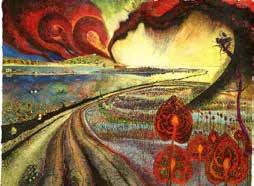
After Ralph’s death, Kate eventually moved to Prescott, Ariz., and devoted herself to batik painting. She died there of cancer in 2010, at 73.
Arthur and his second wife, Lanie Fleischer, live on Manhattan’s Upper West Side, and one week per year on Naushon. He and his two sisters between them had four children, some of whom in turn have had children of their own. None of these Hughes descendants lives in Ojai, but Arthur himself returns to the valley periodically to see old friends like Anne Thacher. And he is still active as an artist. In 2012-2013, he exhibited his paintings at the Beatrice Wood
Center for the Arts in a joint show with his onetime teacher, the late Gui Ignon.
Arthur periodically attends reunions of Happy Valley alumni. (The school is now called Besant Hill School of Happy Valley.) Only a few alums can recall being present 74 years ago last June, when Aldous Huxley delivered his “Aun Aprendo” commencement address before handing out diplomas to Margaret Hughes and her three fellow graduates. But Arthur was there, and he remembers.
Were Huxley here today to ponder the impact of his words upon his 1951 listeners, he might derive some satisfaction from the subsequent paths taken by the three Hughes siblings: Margaret in science and flying and mountaineering; Kate and Arthur in art and culture and activism. Apparently, they were listening to him. At any rate, they seem to have absorbed his message.
“Our purpose is to teach our students to wish to go on educating themselves,” Huxley concluded. “And for our graduates, our valedictory wishes can be summed up in a simple phrase: May you go on learning.”
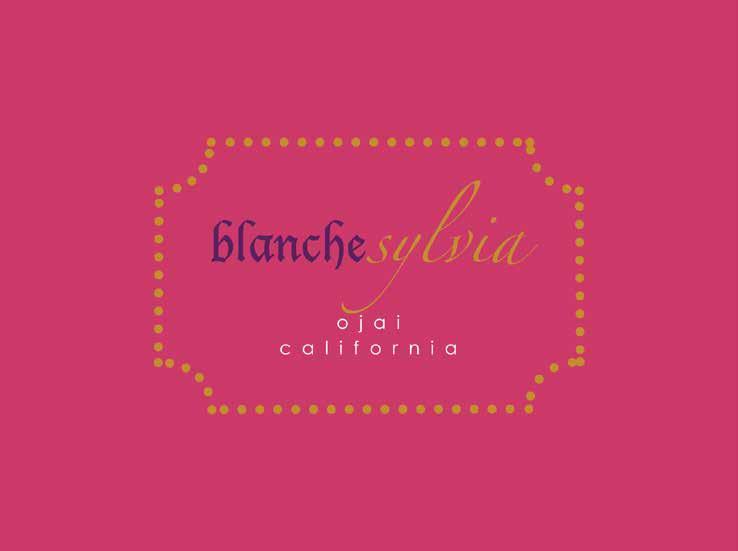






Ojai’s Humane Society hits the road with a new mobile spay-neuter clinic to serve Ventura County’s most vulnerable pet owners.
STORY BY BRET BRADIGAN
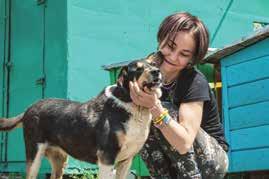

a sun-blasted Wednesday morning in June along an Oxnard unhoused encampment, the new mobile spay-neuter van of the Humane Society of Ventura County hums quietly in the background, its side door swinging open to reveal gleaming surgical tables and cool efficiency. Lined up nearby in the dusty gravel, a cluster of pet owners — many unhoused or living in aging RVs — hold leashes, collapsible crates, and the palpable weight of hope.
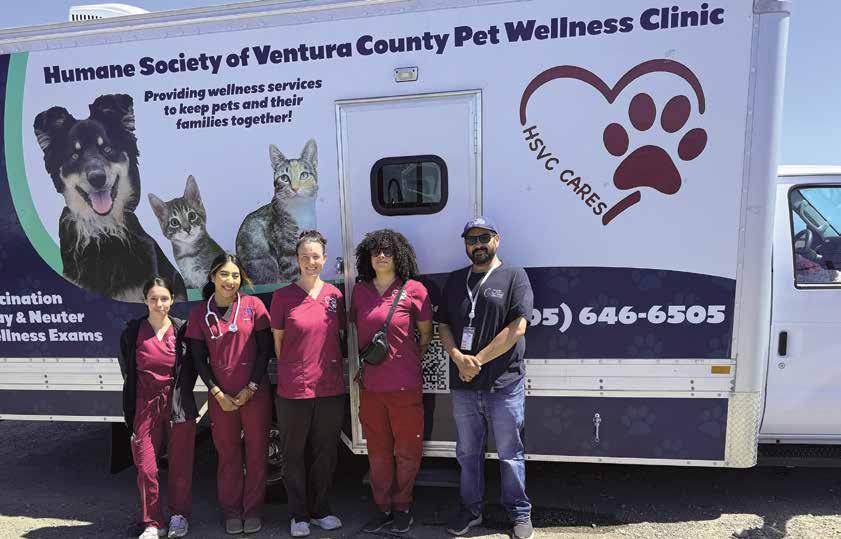
“This is our tenth time out,” says Dr. Christina Sisk, the HSVC’s lead veterinarian, tugging on a pair of blue gloves. “But every time feels like the first.”
The new van — a custom-built, 2024 Ford 450, fully kitted out in Phoenix at a cost of $250,000 — looks like a medical response vehicle, which in many ways it is. Only instead of
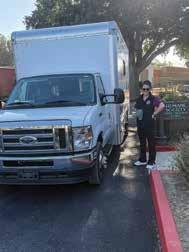
PREPARING TO LEAVE OJAI
treating humans, it’s bringing compassionate, high-quality veterinary care to pets whose owners would otherwise go without. Today, the team will perform 15 spay-neuter surgeries and provide wellness checks and words of comfort to many more pet owners.
Over the past eight months, they’ve tallied 143 free surgeries in the field, along with 1,688 vaccinations — part of a growing pilot program aimed squarely at Ventura County’s homeless and low-income pet owners.
It’s a big initiative born of a small town: Ojai, home to the HSVC’s brick-and-mortar shelter and clinic on Bryant
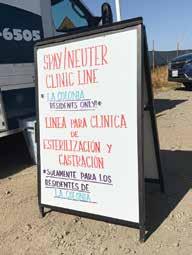
Street. From that leafy, quiet corner of the valley, this new four-wheeled program now rolls into areas like La Colonia, El Rio, and Edison — communities with high barriers to veterinary care.
“You see how much love and passion these folks have for their pets,” says Rafael Castellanos, the energetic community liaison for Ventura County Animal Services who helps coordinate the events. He watches people turn over their pets to the vet techs.
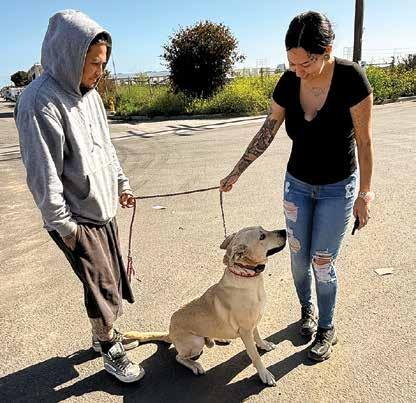
“I’ve never seen such separation anxiety. On both sides.”
Castellanos, whose job is part social work, part street strategy, says trust is everything. “We don’t want to seem like a fly-by-night operation. Sometimes it takes two or three visits before people feel safe enough to come out with their animals.”
He points across the way, where Victor and Isla O’Torre are soothing their Doberman-husky mix, Sgt. Gunner, after surgery. Gunner is yelping dramatically.
“Huskies like to vocalize their pain,” Dr. Sisk says, wincing in empathy.
Behind them, a shy Belgian Malinois mix named Quinn waits in a makeshift crate for his turn. Nearby, longtime HSVC board secretary and volunteer Michele Murphy — who barely clears five feet tall — hoists an 80-pound bag of dog food with practiced ease.
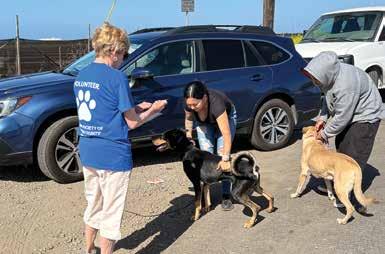

Inside the van, the surgical work proceeds with calm precision. Spaying a female dog takes 15 to 20 minutes, depending on whether it’s a full ovario-hysterectomy or the less invasive ovary-removal method (an ovariectomy). Neutering a male? That’s closer to five to seven minutes. A male cat? About one minute.
Still, these minutes matter.
“People don’t realize how fast reproductive cycles are, especially with cats,” Dr. Sisk explains between procedures. “A female cat can have three litters a year. They’re photoperiodic breeders — meaning they go into heat based on daylight. From March to December, it’s nonstop.”
Dr. Sisk, who grew up on a 220-acre farm in McHenry, Illinois — “Angus cattle, soybeans, corn, and horses, of course” — originally specialized in equine science before pivoting to small-animal medicine. She graduated from the University of Illinois vet school in 2004, moved west in 2010, and joined the Humane Society of Ventura County in 2019 after a stint at Santa Barbara’s shelter.
“I did private practice for a while,” she says. “Not good fit. I’m type A. We all are. That’s why we’re vets.”
On today’s ride-along, she’s joined by Cristina Peña, Gabby Goldberg (a Happy Valley grad), Samantha Velazquez, trained at Ventura College’s respected two-year vet tech program. Among the other volunteers is Jamey Grubbs, a fierce but gentle woman who traps feral cats for the shelter — quiet work, often done at night, that makes all of this possible. “I call her our cat viligante,
but that’s not official,” Dr. Sisk says.
“Our anesthesia is based on weight,” Dr. Sisk explains while prepping Quinn. “After their exam, dogs receive a premedication of an opioid and a sedative. Anesthesia is induced with a com-

pabination of ketamine, midazolam, then maintained with on inhalant anesthesia ... after exam, cats are given a sedative (also) containing an opioid for pain control and sedatives. We’ve dialed it in pretty well.” In addition, the pets all receive a long-acting pain med following surgery.
Each surgery is quick, clean, and deeply significant. These aren’t just pets — they’re lifelines. In their transient, uncertain world of encampments and overcrowded RVs, animals offer love without judgment, warmth without conditions.
Dr. Sisk’s farm-girl strength comes in handy. To sever the suspensatory ligaments in the female cats takes great strength. It’s necessary to expose the ovary for removal. She opts for breaking it off, rather than cutting it with a scalpel as it greatly reduces the chances of damaging surrounding tissue.
Meanwhile, Castellanos checks in with the pet owners as their post-surgery pets awaken from the anesthesia in the recovery tents pitched nearby. He also helps Murphy hand out pet food.
He observes that despite an outward appearance of poverty, the pets often live good lives. “There’s no separation anxiety when they are with their people 24-7,” he said.
Still, not everyone is ready to fix their pet. Castellanos explains that resistance often comes from two directions: first, people see puppies as a side hustle — a way to earn a little cash. Second, the process feels like “too much stress.” He explains that it can be a hard sell to get people to neuter their dogs. “Sometimes having a litter of puppies is one of the only bright things in a person’s life,” says Castellanos. “There’s so much darkness. But that new life? That love? It reminds them of the good times.
“It’s a trust issue, and it’s also about showing up again and again,” he says. “We embed ourselves in the community. That’s the whole idea.”
This approach is modeled after Pets for Life, a national program launched in Philadelphia that focuses on removing barriers to care — cultural, financial, geographic — for underserved pet owners. Castellanos discovered it during its Los Angeles rollout and helped bring it to Ventura County via a grant partnership.
Pastor Ken from the First Assembly of God Church helps spread
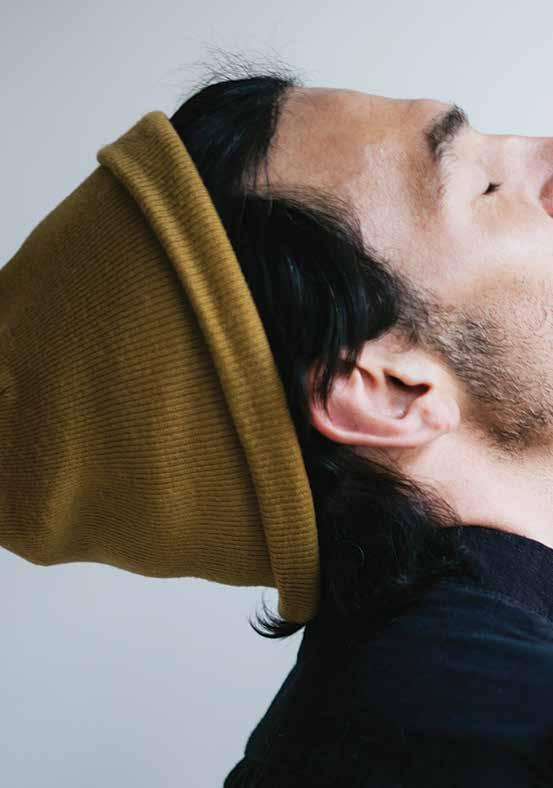
the word, as do volunteers like Murphy, who work the ground game with flyers, food, and smiles. Since the van began operating last November, the HSVC has logged more than 220 field procedures — sterilizations, vaccines, wellness checks — across the county. And while that’s a small fraction of the overall need, it’s a start.
“We’re just getting going,” says Dr. Sisk, wiping sweat from her brow. “But already, it feels like we’re making a difference.”
For the HSVC, founded in 1932 and based in Ojai for generations, this program marks a bold expansion of its mission. It’s not just about sheltering animals — it’s about preventing the


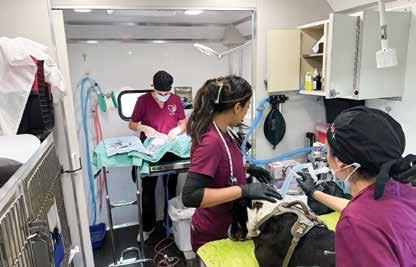
suffering in the first place. And doing so with dignity.
“We see people where they are,” says Michele Murphy. “Not where we think they should be.”
That philosophy reflects the larger theme of this issue: the big things that ripple out from small places. From an Ojai doctor opening a midwife clinic in Niger, to an Happy Valley School grad summitting Denali, to a spay-neuter van easing the pain and multiplying the hope across RV lots and alleys in Oxnard, these are stories of scale — heart over infrastructure.
And they all start right here.
Back at the Edison Road encampment, the day is winding down. Gunner is sleeping off his surgery, Quinn is headed home with a cone and a bag of treats, and the team is already planning next month’s run. Castellanos scans the horizon: People mill around, curious.
“The demand is huge,” he says. “And growing.”
But so is the response. One van. Two vets. Six techs. Dozens of pets. And hundreds of quiet acts of compassion, one small incision at a time.
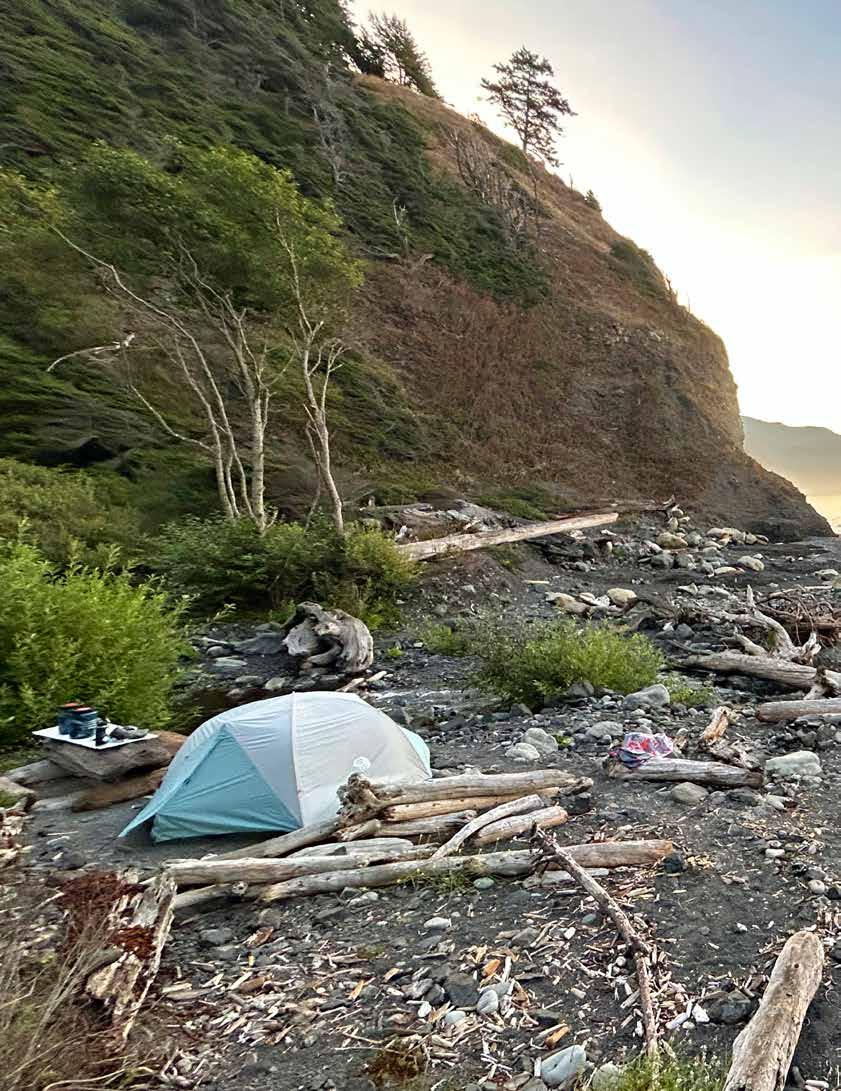
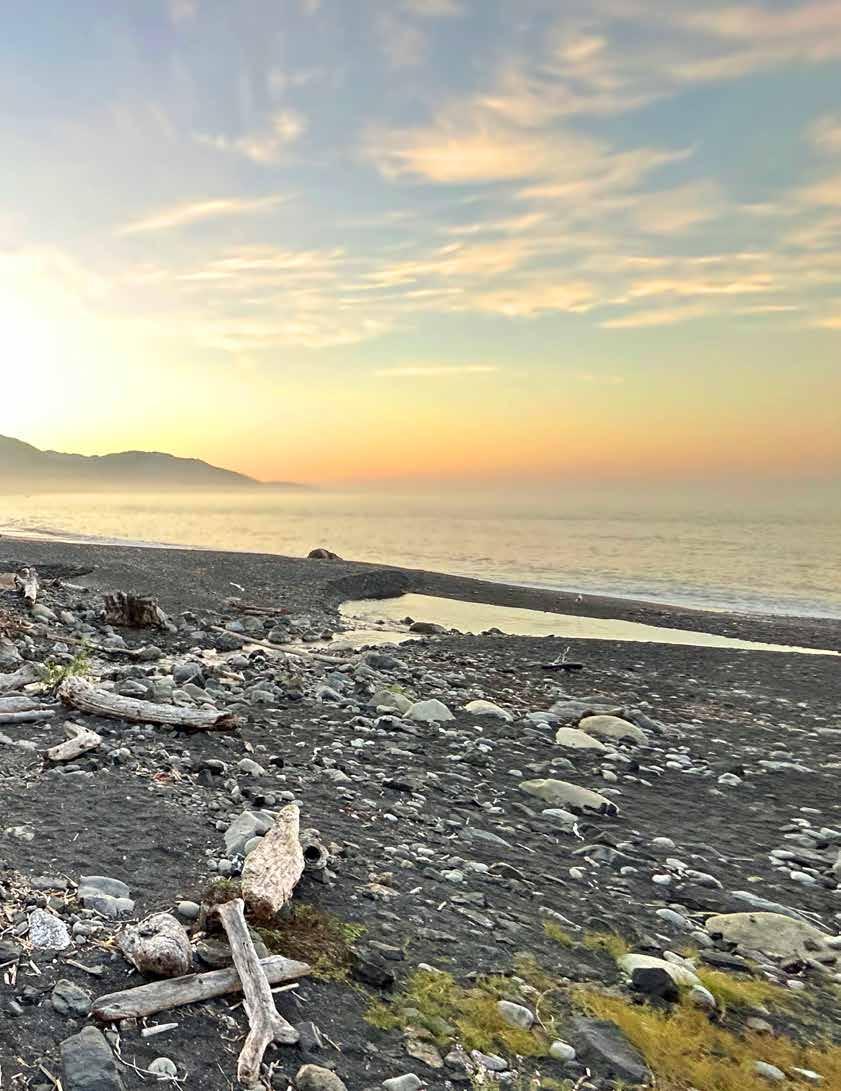



BY CHUCK GRAHAM
An hour after the late afternoon high tide had peaked, my girlfriend Holly and I made our four-mile dash along what is known as one of two “Impassable Sections” of the Lost Coast, in Northern California.
The classic, 25-mile-long southbound coastal route begins at the Mattole Campground and finishes at Shelter Cove. The roadless stretch of coastline is fortified with craggy rock outcroppings, gritty black sand beaches and the mighty King Range National Conservation Area, where a multitude of rushing creeks converge with thundering, unruly surf.
Raucous seals and sea lions haul out, breed, pup, and bask along the wavebattered shoreline, enjoying very little disturbance along the remote Lost Coast. The beaches are also frequented by black bears and other wildlife that access the many clearwater creeks and densely forested, open book-shaped canyons of the stunning King Range. Those runnels eventually spill beneath windswept marine terraces before reaching the coast. Yep, the Lost Coast is breathtaking on many levels.
As the tide continued to ebb, there were still mad tidal surges sweeping up the beach. We navigated (and ran) beneath the eroding bluffs along boulder-strewn beaches before reaching Randall Creek at dusk. The melodious hydrology of the gushing creek and the outgoing tide was soothing to our senses, as we were greeted by a playful river otter. Apparently, river otters also love foraging in the inshore waters. It left the creek and dove directly into the coastal shallows, happy with its crab catch. It was one of many pleasant

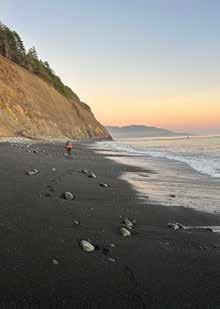
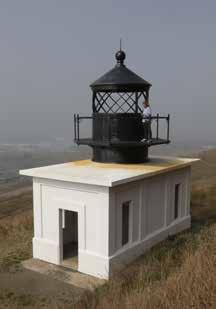
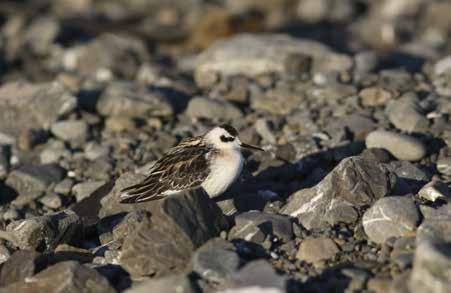
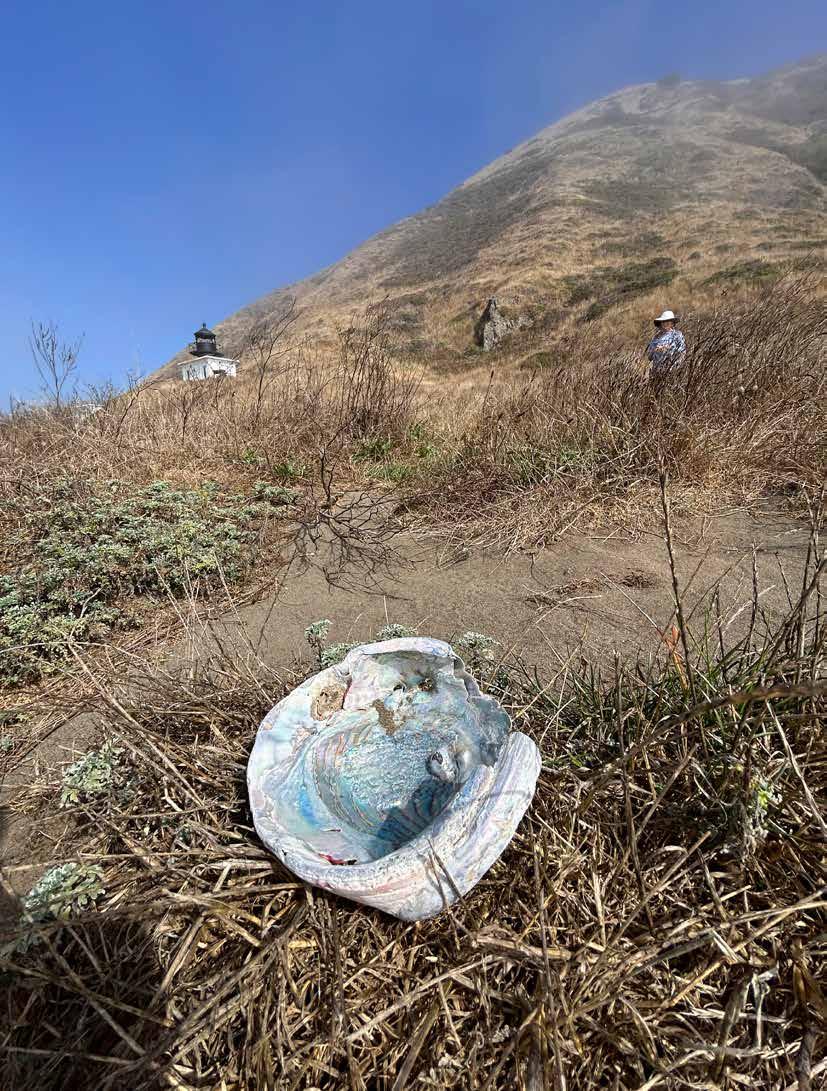
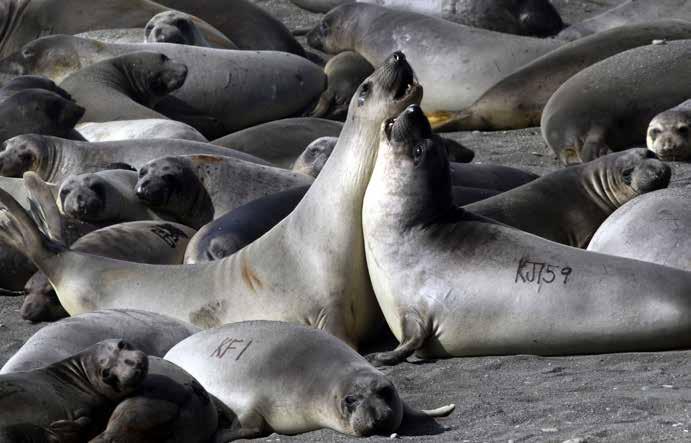
surprises revealed along the grandiose Lost Coast.
Our seaside campsite was just above Randall Creek, home to a cacophony of yelping coyotes and bellowing sea lions. It was one of the many benefits of backpacking and camping beneath the King Range and just above the cobalt blue ocean.
Through the mesh of our tent, the multitude of stars twinkling above the rugged North Coast was mind-boggling. Lying there, with my hands behind my head, I wracked my brain for where else had I witnessed such astrological brilliance.
The Lost Coast possesses several options for seaside solitude, but access into the stunning King Range is also easily attainable. There’s magic in the open ocean air trekking from the coast to just above 4,000 feet. Up and down the California Coast are several mountain ranges offering a different perspective from sea level to lofty coastal summits, and the Lost Coast combined with hikes into the King Range is arguably the most epic.
However, don’t forget the southern Lost Coast. From Shelter Cove to Usal Beach and beyond are less-frequented trails requiring more bushwhacking and navigation, the Lost Coast living up to its name. Still, the classic route from Mattole Campground south to Shelter Cove is the most well-traveled track, and for good reason. Here’s a look into what’s required of backpackers and hikers searching for that memorable Lost Coast experience.
1. Permitting Process - To acquire a permit for the Lost Coast, go to http://www.recreation.gov. Summer is going to be the
most popular time to walk the Lost Coast, so get your permits early, at least six months in advance. Peak season is going to be May - September. Permits can also be attained at the BLM Arcata Field Office (707) 825-2300, or the King Range Office in Whitethorn (707) 986-5400. Permits cost is $6.
2. Getting There — Shuttle services are available for drop-offs and pickups for one-way hikes. Lost Coast Adventure Tours offers guided hikes and a shuttle. Call (707) 986-9895, or (707) 5027514, or go to lostcoastadventures.com. Also, Mendo Insider Tours, (707) 962-4131, mendoinsidertours.com.
3. Tune Into the Weather — There’s a lot of variables to consider while experiencing the Lost Coast. Northern California is exposed to the elements and can fluctuate throughout the day. Winter is wet. The King Range averages 100 inches of rain per year. Spring is green, lush, and beautiful, but it’s also windy, yet wildflowers remain hardy. Typically, north/northwest winds howl down the coast, many days at gale force. Summer will have lots of billowing, dewy fog. It can be cold and wet, and those overcast skies can persist for days on end. Fall is arguably the best time to visit the Lost Coast. Schools are back in session, and the calmest, mildest weather is late summer into early fall. Stay abreast of the weather with the National Oceanic Atmospheric Association at www.noaa.gov, and with Windy, www. windy.com.
4. Mind the Tides - Keep a tide chart handy. Many backpackers and day hikers have become trapped, even pinned against the bluffs and cliffs because they didn’t gauge the incoming tides. From Sea Lion Gulch to Randall Creek is the first four-mile
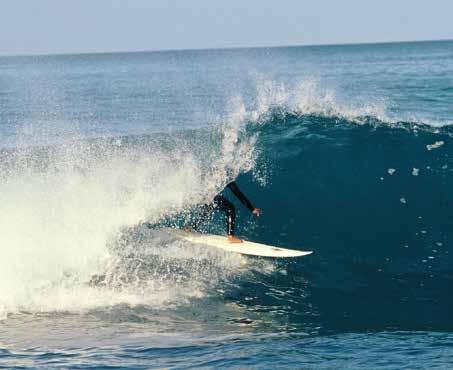
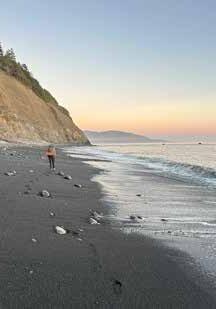


“Impassable Section.” The second four-mile Impassable Section is from Miller Flat to Gitchell Creek. At each section, it can be several hours before the tide turns and the impassable becomes passable.
5. Gear Up - If you’re backpacking the classic Mattole to Shelter Cove route, one thing you don’t need to carry a lot of is water, but keep a filter handy. There are 12 reliable creeks to collect water from. Even better, there’s great tasting water, naturally filtered through the many shale bluffs on either side of all those creeks. Always keep a rain jacket handy. Not only because of rain, but the fog can be so moist, it will feel like it’s raining. Sunscreen, lip balm, hat, sunglasses, and a Crazy Creek chair are nice additions. A small burner stove is essential. A lot of the coastal routes are on black sand beaches. A great way to hike is barefoot but keep trail shoes or hiking boots handy for the low-lying marine terraces, cobbled shorelines, and for detouring into the King Range. Consider hiking poles for picking through loose cobble on some of the coastal route. For wildlife viewing, consider a pair of binoculars. Being near the ocean and the coastal range offers great biodiversity of flora and fauna. Bring a map. Wilderness Press, wildernesspress.com has a very detailed map of the Lost Coast.
6. Calories Oatmeal with dehydrated fruit jumpstarts my day. Maybe it’s just me, but it seems like every year, dehydrated meals get better with more variety. And with plenty of creeks and natural seeps, there’s plenty of coves, beaches, creek-mouths, and campsites to enjoy a meal. Beyond dehydrated meals, I enjoy dry cheese, salami, and crackers

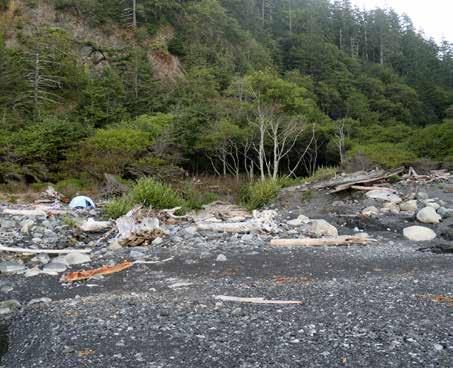


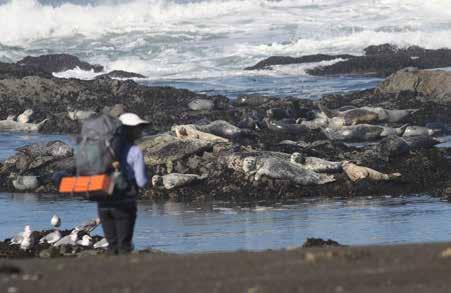
with a dash of mustard. I don’t skimp on dark or hot chocolate. Dried mangos, Alberto’s bacon jerky, energy chews, fig bars, and dates round out the menu.
7. Leave No Trace — There are no trash cans along the coastal route except at the Mattole Campground and at the Black Sands Beach parking lot at Shelter Cove. It’s pack-it-in, pack-itout. Leave the Lost Coast cleaner than you found it. Having said that, there was little or no trash between Mattole Campground and Shelter Cove. As far as sanitation goes, bury all human waste at least six to eight inches deep and at least 200 feet from water sources. It can also be buried below the high tide line.
8. Keeping the Wild in the Wilderness — Black bears are the biggest concern. Bring a bear canister and sleep easy at night. Detailed black bear tracks are numerous on the black sand beaches. Raccoons can also be an issue. Tuck the canister somewhere in the flotsam of driftwood away from your campsite, to safeguard food items. Bbesides hiking and backpacking, the Lost Coast can potentially deliver great wildlife sightings. Between Mattole Campground and Randall Creek, expect to see spotted harbor seals at Windy Point, a growing northern elephant seal rookery just below the well-maintained but nonoperational Punta Gorda Lighthouse, and bellowing sea lions at you guessed it ... Sea Lion Gulch. Mule deer are regularly spotted, and with a little patience, bobcats can be seen at Big Flat. Turkey vulture, osprey and golden eagles are seen patrolling the coastal skies. And if you’re lucky, a rambunctious river otter just might greet you on a lonely Lost Coast beach.


OJAI STUDIO ARTISTS TOUR | OCTOBER 11-13| OjaiStudioArtists.org
SEPTEMBER 19
Ojai Film Society Presents “Speak” Times: 7:30 to 10 p.m.
Location: Libbey Bowl
Contact: OjaiFilmSociety.org
The OFS “Imagine A World” free summer series continues. “Speak” follows five of the nation’s top teenage speech competitors, capturing the euphoria of victory and the devastation of defeat. Director Jennifer Texeira will be the special guest.
SEPTEMBER 20
Mountain Film on Tour
Date: Saturday Times: Gates open at 5 p.m.
Films start at 7: 15 p.m.
Location: Ojai Valley School’s Lower Campus sports field, 723 El Paseo Road
Contact: Adam@OVLC.org
The 11th annual Mountain Film brings together the best outdoor films to benefit the Ojai Valley Land Conservancy. Advance tickets are $35, $25 for OVLC members.
OCTOBER 11-13
Ojai Studio Artists Tour
Dates: Saturday to Monday Times: 10 a.m. to 5 p.m.
Locations: More than 60 artist studios in the Ojai Valley. The event
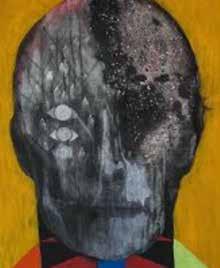
OJAI DAY | OCTOBER 18 | OjaiDay.com
is headquartered at the Ojai Valley Museum, 130 West Ojai Avenue
Contact: OjaiStudioArtists.org
Kickoff event Friday, Oct. 10 at the museum from 5 to 7 p.m.
OCTOBER 18
Ojai Day
Date: Saturday
Time: 10 a.m. to 4 p.m.
Location: Libbey Park
Contact: OjaiDay.com
805-646-5581
Activities include bounce houses, face painting, cultural activities, animal education, live music, car and trailer shows, food trucks and more.
OCTOBER 23-26
Ojai Storytellers Festival
Dates: Thursday to Sunday Times: Multiple Events
Locations: Ojai Art Center & Libbey Bowl
Contact: OjaiStoryFest.org
This decades-old Ojai tradition begins with a Meet the Tellers reception Thursday, 3:30 to 5 p.m. at the Ojai Art Center.
THROUGH OCTOBER 31
SATURDAYS & SUNDAYS
Boccali’s Hayrides
Times: 10 a.m. to 6 p.m.
Location: Boccali’s Pizza & Pasta

PUMPKIN PATCH | THROUGH OCT. 31 | Boccalis.com
3277 East Ojai Avenue
Contact: 805-646-6616
Boccalis.com
Boccali’s Pumpkin Patch
Times: 10 a.m. to 6 p.m.
Location: Boccali’s Pizza & Pasta 3277 East Ojai Avenue
Contact: 805-646-6616
Boccalis.com. Seven days a week. An Ojai tradition since 1976.
NOVEMBER 6 - 10TH
Ojai Film Festival’s 26th Anniversary
Dates: Wednesday to Sunday Times: Varied
Locations: Varied
Contact: Info@OjaiFilmFestival.com
805-640-1947
Since 2000, the Ojai Film Festival has celebrated cinema with dozens of screenings and special events. Where indie filmmakers feel seen.
NOVEMBER 11-12
Holiday Home Tour & Marketplace
Dates: Saturday & Sunday Times: 10 a.m. to 4 p.m.
Locations: Varied
Contact: Info@OjaiFestival.org
805-640-2094
The Ojai Music Festival has hosted tours of Ojai’s most distinctive, and distinguished, homes for 26 years.


BY SAMI ZAHRINGER

Congratulations!
You have won the Soul Lottery! Actually, you were placed 4,564th for today’s intake. I am your Soul Placement Facilitator and my goal is to get souls in bodies efficiently and with an audible smile! I supply four planets and a few asteroids in this infinitesimal mote of the universe.
Like most admin representatives I am both dumber and smarter than you think. Never under-or overestimate me. Never estimate me at all. That is both a threat and it isn’t. Having said that, at the end of this Mind Meld, there will be a survey and if you don’t say nice things about me, I will be taken from my cubicle, whipped, and forced to work admin in a soul-rendering plant for a week. You don’t want to know about these places. Some of them are in Florida.
You’ve been assigned to Earth. If you were luckier it would have been Planet Evil. It has all the things Earth has: spectacular
natural beauty, oceans, dogs, medicine, bravery, bristlecone pines, tardigrades, rum babas, David Attenborough, Shakespeare, David Bowie all your classics. etc. etc. But, in addition it has a higher background level of Critical Thinking and rich natural mines of Common Compassion and Rare Earth Mettle. The name ‘Planet Evil’ is ironic, of course.
With all that rigorous self-examination and the genuine attempts to understand each other, evil cannot take root for long.
Sure, they have all the problems of free will and selfishness, greed, LaCroix water, and people who dip their fries in their milkshake etc. that Earth has always had, but they always sort it out over a sustainably raised salmon barbecue and have a good laugh at their own folly afterwards.
According to my records, your last corporeal form was that of a shy, misgendered hen called Olaf, The Wandering Hen, owned



by Oofda, The Wandering Nord sometime in Pre-Germ-Theory Scotland. This might be your best chance to get back into a body for millennia, you know. We need souls for planets and you must be getting desperate out here floating around, just a vanishingly small energy wave with no substance whatsoever. Probably missing worms a lot, eh? And attacking your own reflection in ponds because you looked at you funny?
It says here your demise was from being a Wandering Scottish hen in general; and rising damp in particular; but your ultimate cause of death was being eaten. Apparently, you were delicious so there’s a happy legacy! And wingacy and breastacy hahahaha. (Forgive my little joke. I’ve been in admin so long now I am barely more than a grinning rictus held together by eye-watering jokes so bad they rewrite your DNA, and the need to stay alive to water my desk-fern, Joan).
I’m afraid, though, Oofda, in a rush to escape, the Sheriff of Achiltibuie undercooked you and died of you-transmitted salmonella.
In a very real way you are a man-slaughterer. But cheer up! You will find that sanitation and medicine have moved on considerably since you were last an Earthling.
For malaises of the heart, mind, and soul though, things are still not greatly advanced. A quick look at the leading medical knowl-
edge from around the time that you were a hen is useful to get a sense of these times to compare with the current day.
For example, the medieval nun and writer Hildegard von Bingen advised any male who had ‘uncontrollable lust’ to sit in a sauna bath with lettuce wrapped around his genitals.* In some congregations of Southern Baptists this is still the advice, with a few regional and socioeconomic variations.
Uncontrollable lust in Kentucky, for example is mainly held in check by sturdy three-packs of Smart ‘n’ Final Iceberg Lettuce, which often does double duty as lunch. Whereas the groaning loins of the Atlanta suburbs are barely contained by broccoli rabe, with lightly sautéed Bok Choy sometimes taking the strain.
Of course, food poisoning as a whole isn’t so frequent any more because of improved farm and food-handling safety and oh, wait … no … it seems a lot of that has actually just been rolled back so we won’t actually know how many people get ill or why anymore. Anyway, I expect when you’re a human you’ll be avoiding chicken anyway hahaha. Oh, that’s right, I forgot to tell you! You’re going to be a human this time around! Hooray! Let’s have a look at the deets. Oh dear.
You are to be assigned human and white which is excellent news, but also female, which isn’t so great right now.
On the one hand, you will be born in the USA in 2025, into an era of unsurpassed bounty and innovation; easily accessible and cheap, if only slightly poisonous, food; you will be able to access in an instant via your phone the great spread of mankind’s momentous discoveries and creations in every aspect of life — science, philosophy, art — you will have access to 4,000 recipes for asparagus alone, and the opportunity to purchase amazing new products that will make your belly and arms slimmer but your butt and lips fatter.
In this way, you won’t have to worry about the quality of your inner life or emotional regulation or any meaning in life at all until all the products quit working. But don’t worry! There will be other, better products by then! Doesn’t that sound dreamy? What a time to be alive!
On the other hand, you will not be able to get a technician out to repair your wifi or dishwasher or your broken leg or crushed spirit in under three months; you will waste a good three to five hours a day formulating ill-willed, ill-conceived opinionoids to posts from people you have been taught to instinctively despise, jeering at the public misfortunes of others, and then, when you have exhausted your 0.1 liter tank of unsupported theories and thirdhand soundbites from minds only marginally better than your own famine-bloated psyche, you’ll be virtue-posting flag memes and AI clips of screaming bald eagles carrying off farm-workers and platters of gay quiche and buckets full of sea horses because the males give birth and that’s transgender and seahorses must therefore be against God’s plan and should be all sent to swamps somewhere, anywhere, you don’t care, but probably Florida again. And all this will somehow make sense to you.
We’ll just skip over what microplastics are doing to everything and everyone.
Your country has a leader who claims this is a new Golden Age. Admittedly, it’s not the golden age you might expect — one where stuff is affordable, employment is high, industries are booming, weather patterns are still predictable, and a sense of pulsing national pride courses not unpleasurably through the veins of every citizen. Our optical engineers have looked at the wavelengths coming off the USA and concluded it’s more of a Fool’s Golden Era. Or Autocratic Tan to you and me.
Your new body will take some getting used to. As a very brief overview:

Mouth — this you will use as the traditional animal portal for nourishment but through it you will also possess the wonder of speech! With this marvelous evolutionary adaptation designed to foster social cohesion so the group can cooperate and collaborate, you will say something so spectacularly stupid one Tuesday that it will haunt you for the rest of your life. In fact, language in general will be tricky to master, especially English. When you finally get a grasp on it you will find it fraught with peril. For example, ‘I’m sorry’ and ‘I apologize’ mean the same thing, right? Not at a funeral.
Your entire pelvic area and whatever is going on with uteruses should be enough to prove that mankind was not made by some omnipotent intelligent designer, but The Religions will be lining up to recruit you nevertheless. You can do as you wish, of course — free-will and everything, but what really is free-will anyway? Oh, I forgot to say, your new body will come preloaded with 456 irrational fears, one of which you will never be able to name even if you do nothing with your life but go to therapy. Prejudices will be programmed into you early and all you can do there is be aware of that. Via these chinks in your armor, religion and politicians and corporate marketing will try to get you and make you their tool and vassal.
Eyes — You will get two. They’re pretty amazing but expect them to randomly leak. That’s all bound up with: the Heart which is generally an idiot but has redeeming features such as beating; and Emotions — there’s really no helping them short of an advanced degree in accountancy. Best advice I’ve got is to try to manage them but all the same you run into the old Ego problem. Everyone’s got one. Even worms.
Some wooly-haired boffin in a shed somewhere out near Alpha Centauri came up with a bit of a wheeze he calls Ego=me times c squared, where c is the prevailing culture of the times. Claims it explains Everything. He has calculated that Absolute Zero Ego only exists in one place in the entire universe and that, of all places, it’s on Earth! Turns out the least egotistical point in the universe is located in a one-time populist, amphibian-of-the-people but now suspiciously woke frog called Kermit. Kermit is surrounded by a bunch of squabbling, fickle Muppets but leads them all — to each according to their ability — in wondrous harmonies and chucklesome movie plots while exhibiting, yes, despair, sometimes, and sadness, but never ego. And a human created this! Kermit’s ego is so low that he didn’t even mind when Jim Henson once accidentally used him as an oven glove.

Of course a few areas of low ego on a planet of runaway ego hotspots can’t do very much and people ask why Kermit has not been able to spread his ethos of cooperation very far is dependent on something called Defunding of PBS combined with the forces of Who Cares It Doesn’t Affect Me. Of course, it’s more complicated than that and there are fluctuations in the spacetime continuum and plumbing problems in the matrix and a string body on the string tracks of string theory. Plus, to add to the confusion, the moral arc of the universe has taken a direct hit from … (looks at notes) … from at this point nearly Everything and is now just a squiggle called The Artist Formerly Known As The Moral Arc of The Universe.
The two secrets to living well in this society are: generational wealth or being half Labrador. Neither is on the cards for you, I’m afraid. The course of your life is more likely to be something like this: After a few childhood years of active-shooting drills and constant electronic stimulation until your tender frontal lobes are scrambled, you will become an adult and perhaps think about getting a mate.
The classic way to meet one is to rush to a meeting in heels and a pencil skirt and bump headlong into someone while carrying a massive stack of important papers which will fly importantly away losing, in their flight, your job. Your relationship will therefore start off antagonistically but through time, the encouragement of your quirky friends, and some late-night ice-skating in checked shirts, you will find love together. Shortly thereafter you may find yourself thrilled to announce the birth of your first child, even though late-stage capitalism has doomed her to a gig economy hellscape, and rising sea-levels will probably swallow her kindergarten before she’s four.
When you eventually die, even if people only remember you by saying she had a medium amount of potential and her smile made the room the same, that is also fine. And if you haven’t let your soul shrivel and get small and mean, it’s more than fine. We worry too much about what other people think. So basically, on the one hand, in a stupefying defiance of the odds, you will be a walking, talking miracle made of 14 billion-year-old stardust, but on the other, the modern world will conspire to reduce your attention span so much that you can’t get to the end of the preceding sentence without checking Google to see if penguins have legs or just feet.
What’s that? Earth doesn’t sound so great right now and have I
got anything else? Hold on a sec ... Oooh! I have a small asteroid, well-cared for by a M. Antoine de Saint-Exupery. I’ll see if he can get you into his narrative but I can’t reach him right now. He’s enjoying tea with Mr. Peter Bellwood, late departed of Ojai, Earth. You can hear the laughter from several planets away.
Wow! Looks like your request is timely! Kermit has requested a transfer to Planet Evil!’ Oh dear.
You know what? I might see if I can come with you to M. Saint Exupery’s asteroid. With my connections (me) I could make it happen. Three millennia in admin has made my soul limp as a lustful Southerner’s lettuce. I’ve been holding on to safety and security like a jilted lover when there is a whole universe to explore! There’s been a cabbagey smell in my cubicle now for 400 years and I think it might be my mind slowly rotting. Can you smell cabbage?
Earlier in the century, Colin in IT put 25 Sleepy Time teabags in a cup of hot water, drank it and left a note saying “Goodbye forever.” They revived him with an injection of Turkish coffee, liquid donut, and street cocaine directly to his heart and the only side effect was preternaturally glowing skin and enviably minimized pores. Even with the skin of a four-year-old his eyes are sort of dead, you know? This morning someone asked me how I was. I didn’t know how to say “Mostly just walking through the flames of my life simultaneously trying to both tamp down my nervous system and expand it to bear the full catastrophe of my squandered time and grinding existence. My mouth is filled with ashes where once there was honey and the stars look away when I pray,” so I just said “I’m fine.” I think I need to be in a better story.
Anyhoo, I know M. Saint-Exupery has worked with roses before so maybe he’d have a role for my fern, Joan, too! She’s semi-retired now but has extensive experience in the stunt plant world. For example, she received some very gratifying comments for her work as a fern in Jurassic Park and everyone said her portrayal of a dying frond in “Fern Gully: The Last Rainforest” would bring tears to a glass eye. I know Bellwood would have something good for her.
Let’s do it!
*(This lettuce-wrapping treatment is true and look-uppable.)
In loving memory of Peter Bellwood, erstwhile squadron commander of satirical comedy in these pages and countless others, and beloved member of the OQ crew. Fair skies and happy landings, Peter. We love you.
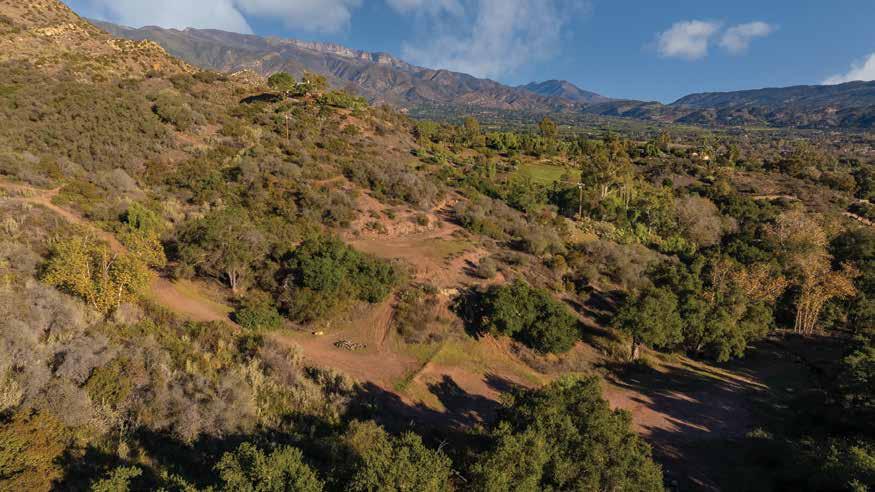


Nestled in Stewart Canyon between North Signal Street and Foothill Road, this hidden 8.3 acre wonderland is an ideal canvas for your dream project. With breathtaking views of the valley, downtown, and mountains to the south, it offers multiple sites for a main residence, guest house, studio, pool, pool house, barn and stables. Enjoy privacy, the Pink Moment and easy access to Shelf Road and Pratt Trail. The property boasts mature oaks, native shrubs, a stream, and vibrant spring flowers. Offered at $1,100,000

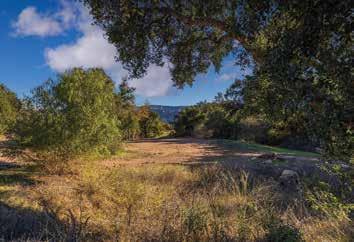

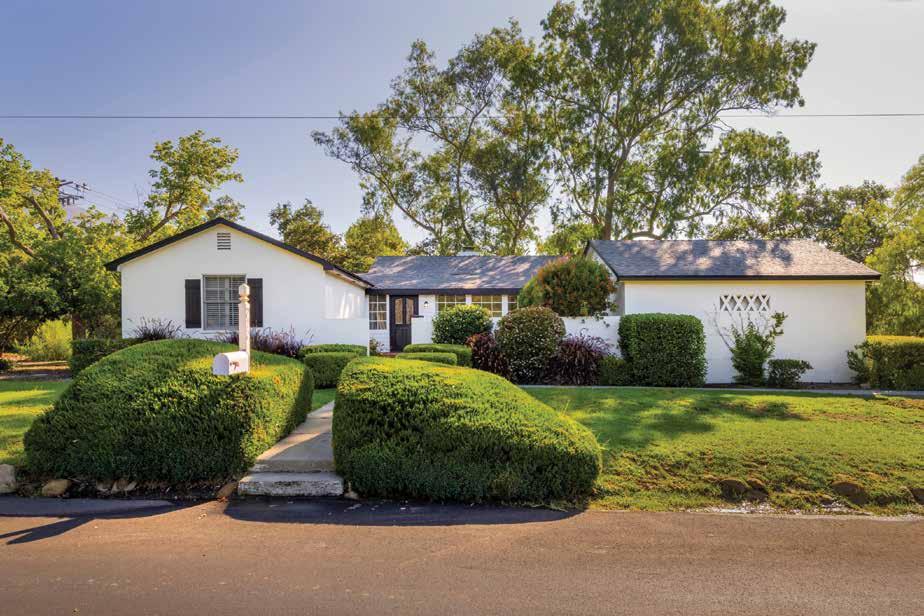



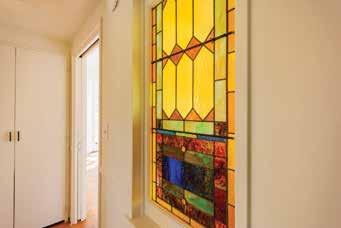


On Ojai’s prestigious Foothill Road, this charming home, filled with light and character, captures the essence of California living. With 2 bedrooms, 2 bathrooms, a garage and a versatile flex space ideal for a home office or studio, this thoughtfully refreshed home offers both timeless appeal and modern convenience. Original hardwood floors exude warmth and authenticity, the kitchen has been tastefully updated and a 1,256 square foot deck offers the perfect environment for alfresco dining or quiet morning coffee. Only minutes from downtown, this property has infinite potential, including room for a pool or an ADU. Offered at $1,950,000



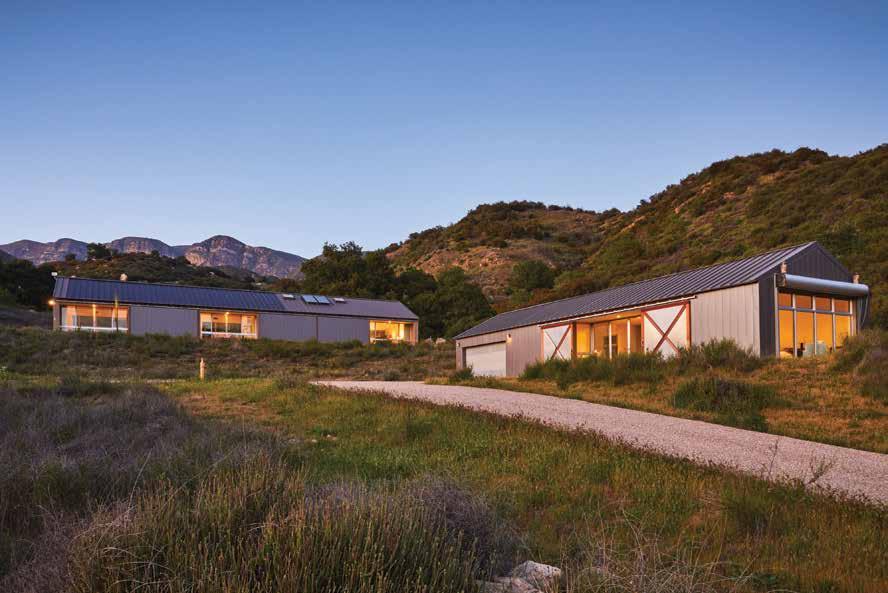


Amidst the wild beauty of Ojai’s backcountry, this property encompasses three contiguous parcels, offering extraordinary scale, privacy and potential. Anchored by an architect-designed main home and guest house - true jewels in the landscape - this property offers a sublime vision of country living. The primal forms of the existing buildings are artfully integrated into the terrain, and form a canvas for the movement of the sun and the passage of the seasons. Built with fire-resilience in mind, they feature sliding steel doors designed to seal and protect.
12179KoenigsteinRdOjai.com

Offered at $5,875,000

